Wisconsin Concrete ParkFred Smith (1886-1976)
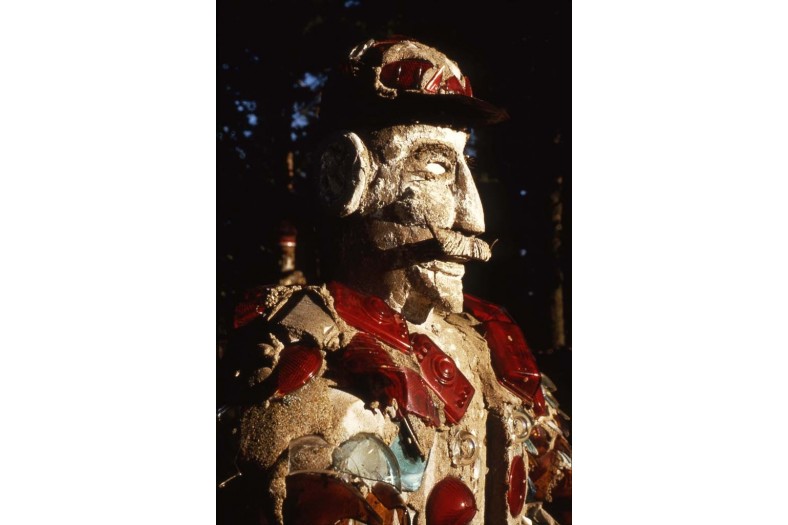
Photo by Roger Brown, c. 1972. © Roger Brown Study Collection, the School of the Art Institute of Chicago
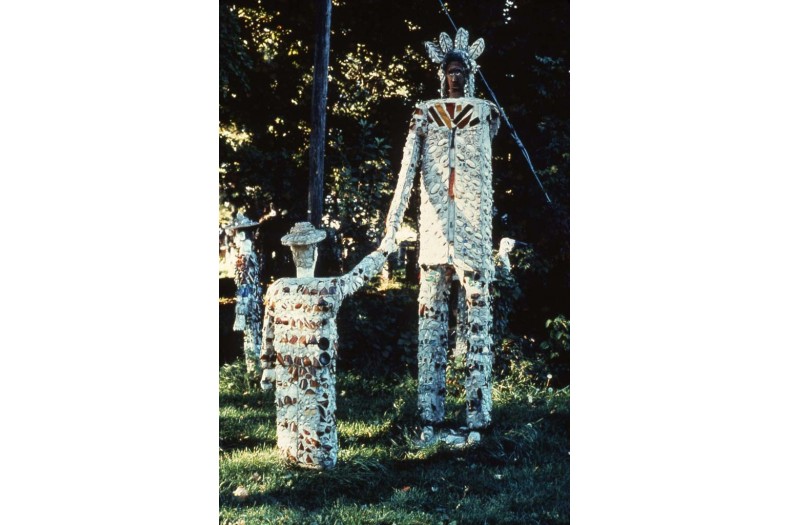
Photo by Roger Brown, c. 1972. © Roger Brown Study Collection, the School of the Art Institute of Chicago
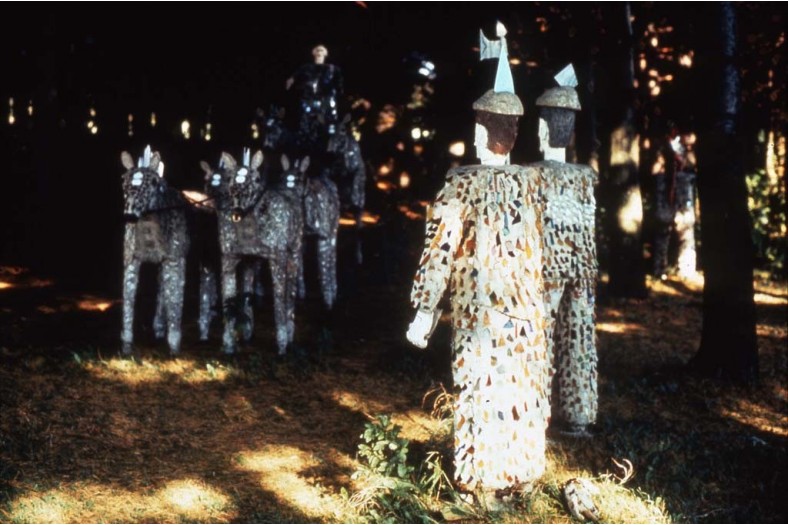
Photo by Roger Brown, c. 1972. © Roger Brown Study Collection, the School of the Art Institute of Chicago
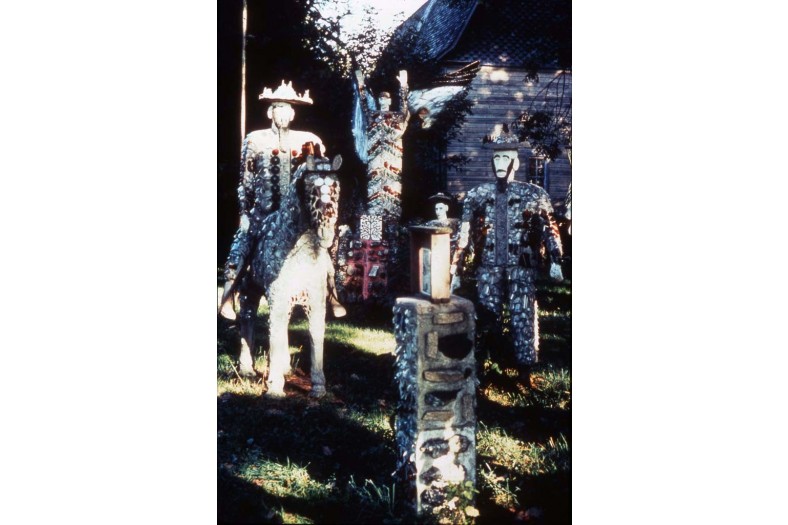
Photo by Roger Brown, c. 1972. © Roger Brown Study Collection, the School of the Art Institute of Chicago
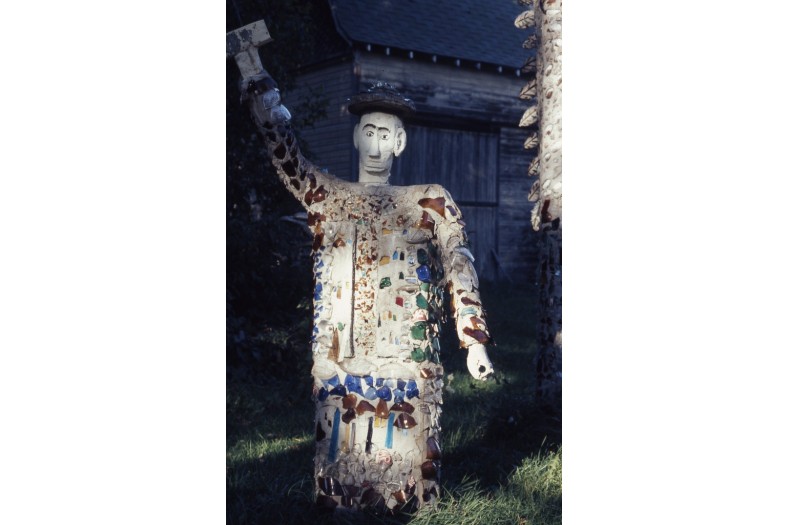
Photo by Roger Brown, c. 1972. © Roger Brown Study Collection, the School of the Art Institute of Chicago
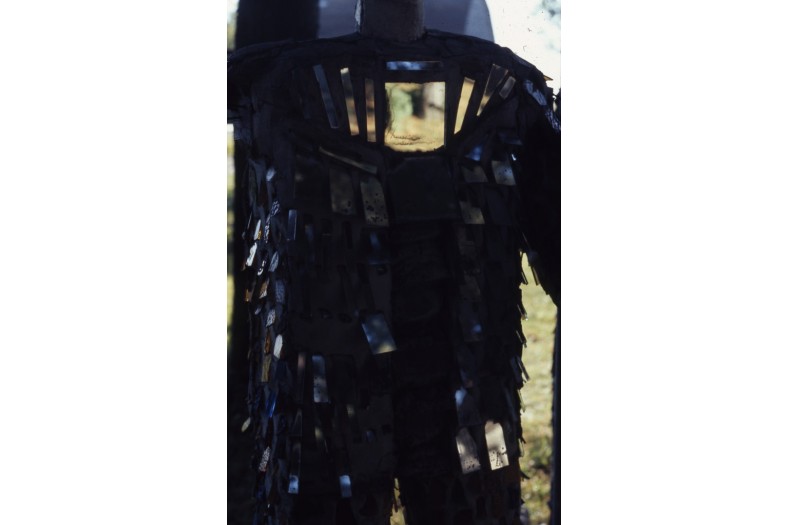
Photo by Roger Brown, c. 1972. © Roger Brown Study Collection, the School of the Art Institute of Chicago
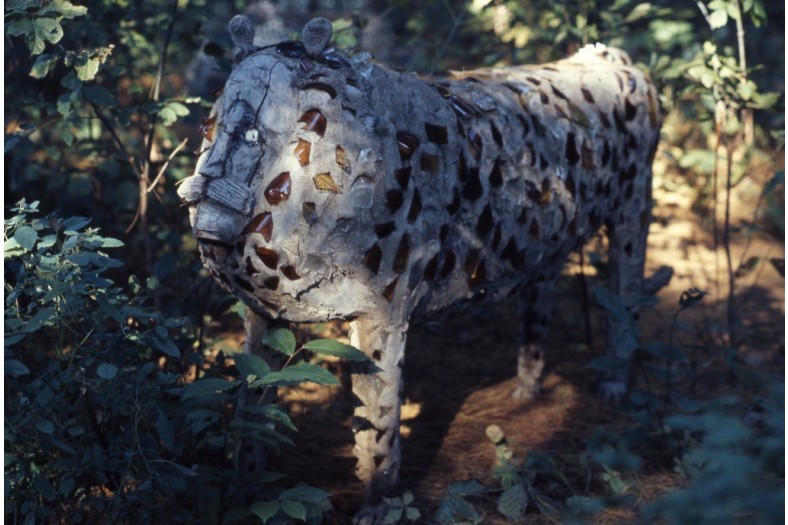
Photo by Roger Brown, c. 1972. © Roger Brown Study Collection, the School of the Art Institute of Chicago
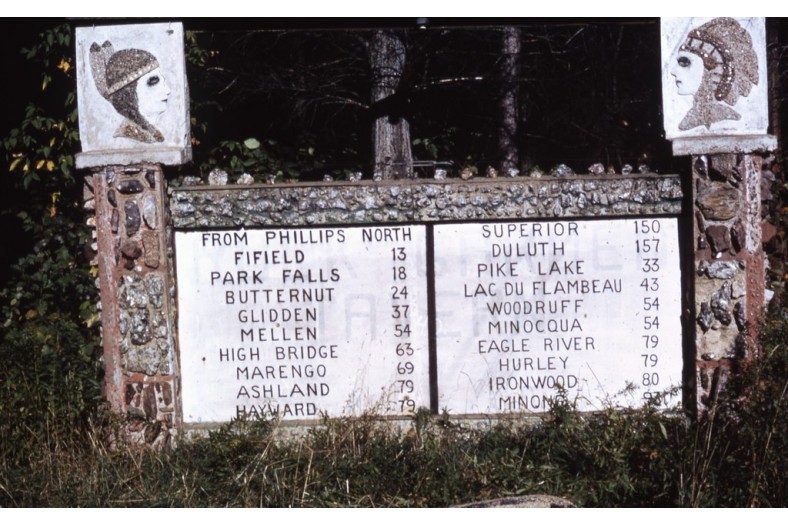
Photo by Roger Brown, c. 1972. © Roger Brown Study Collection, the School of the Art Institute of Chicago
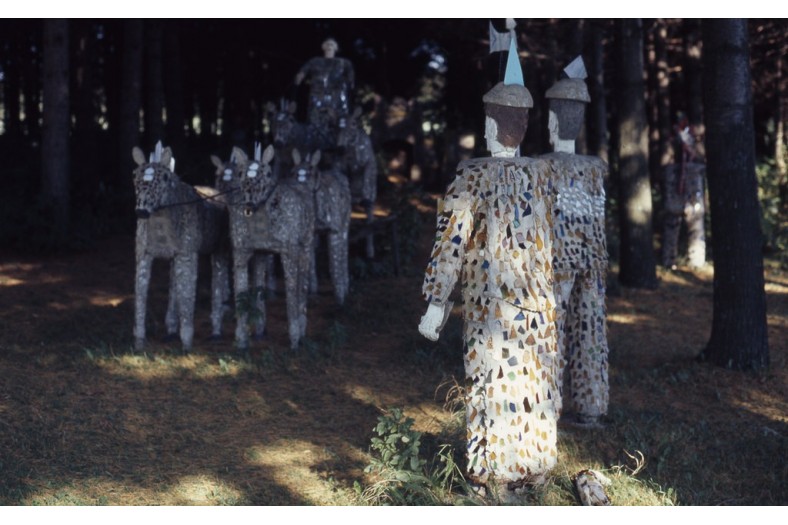
Photo by Roger Brown, c. 1972. © Roger Brown Study Collection, the School of the Art Institute of Chicago
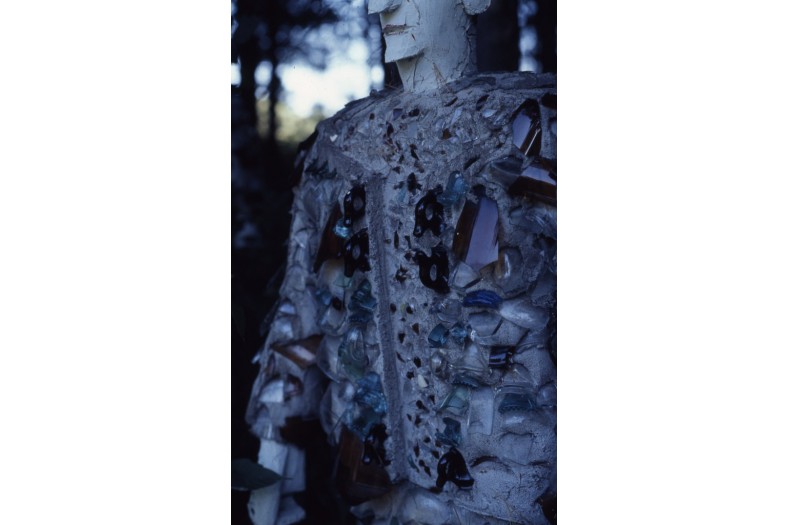
Photo by Roger Brown, c. 1972. © Roger Brown Study Collection, the School of the Art Institute of Chicago
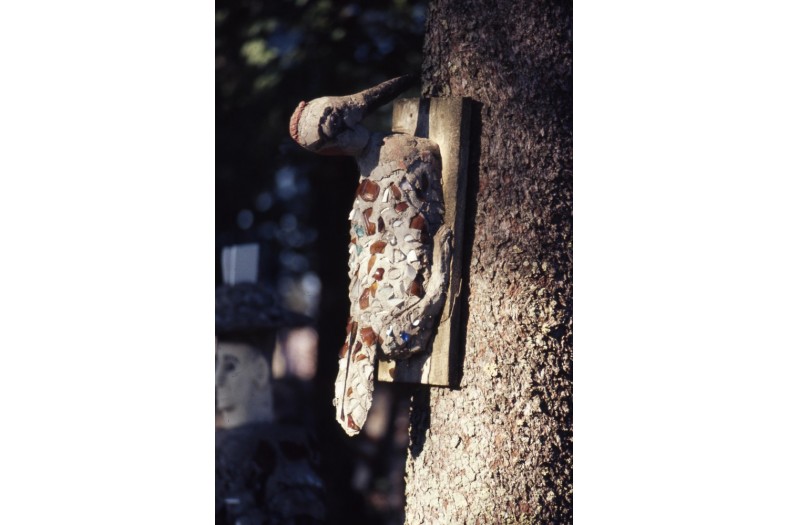
Photo by Roger Brown, c. 1972. © Roger Brown Study Collection, the School of the Art Institute of Chicago
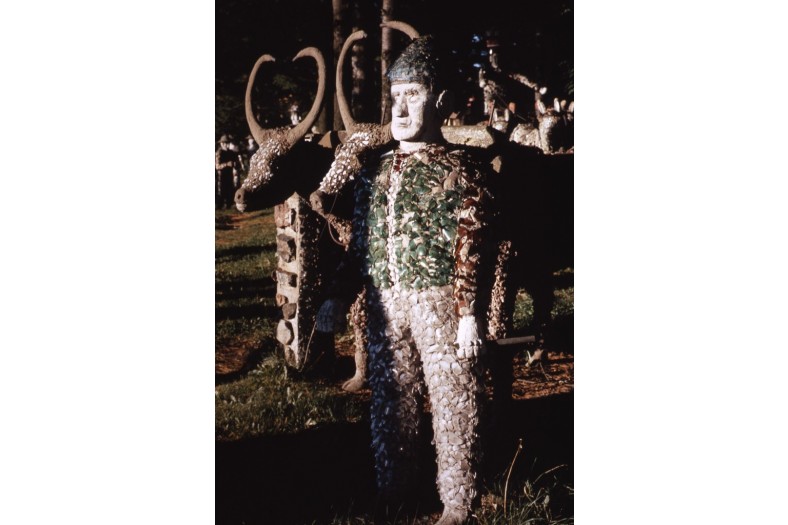
Photo by Roger Brown, c. 1972. © Roger Brown Study Collection, the School of the Art Institute of Chicago
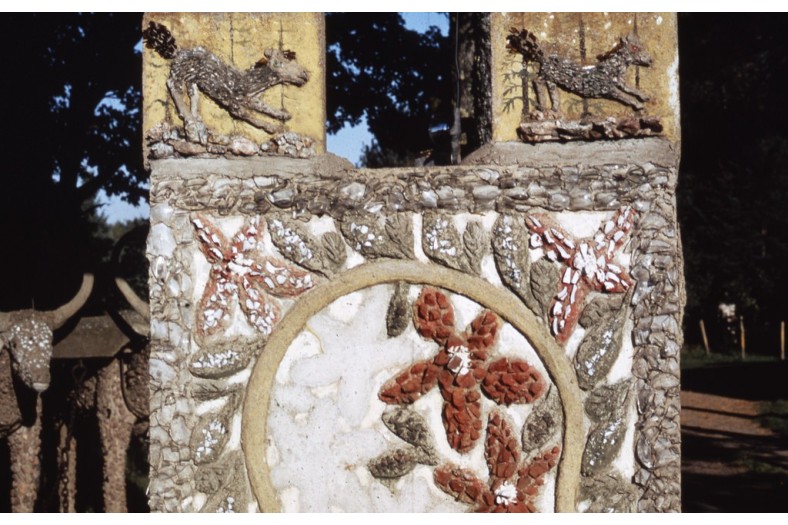
Photo by Roger Brown, c. 1972. © Roger Brown Study Collection, the School of the Art Institute of Chicago
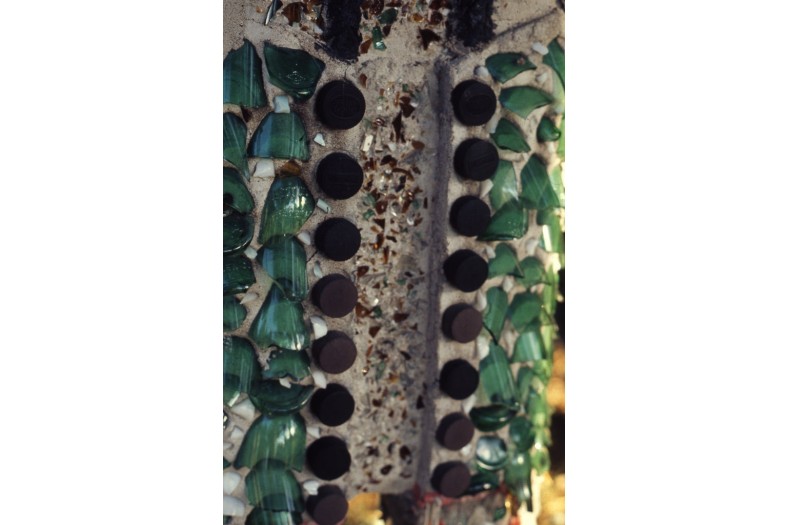
Photo by Roger Brown, c. 1972. © Roger Brown Study Collection, the School of the Art Institute of Chicago
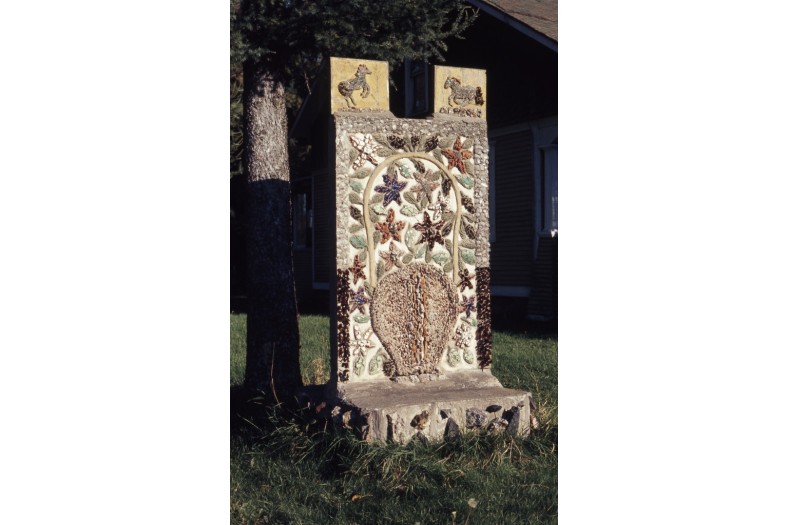
Photo by Roger Brown, c. 1972. © Roger Brown Study Collection, the School of the Art Institute of Chicago
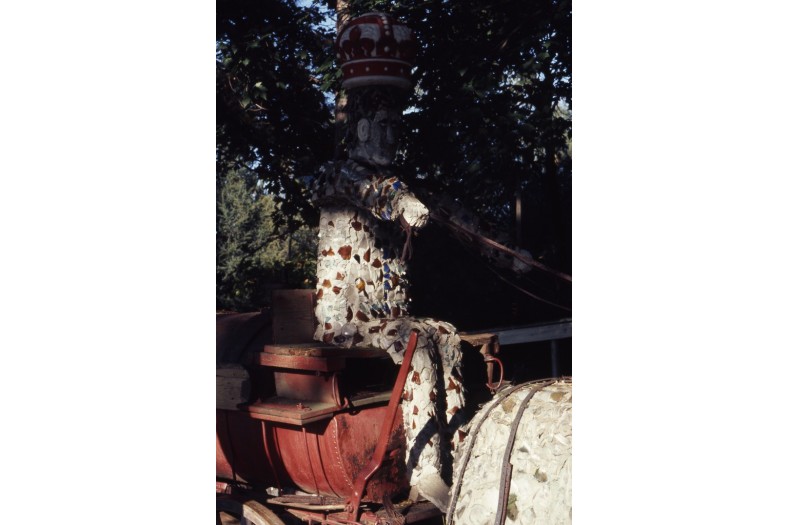
Photo by Roger Brown, c. 1972. © Roger Brown Study Collection, the School of the Art Institute of Chicago
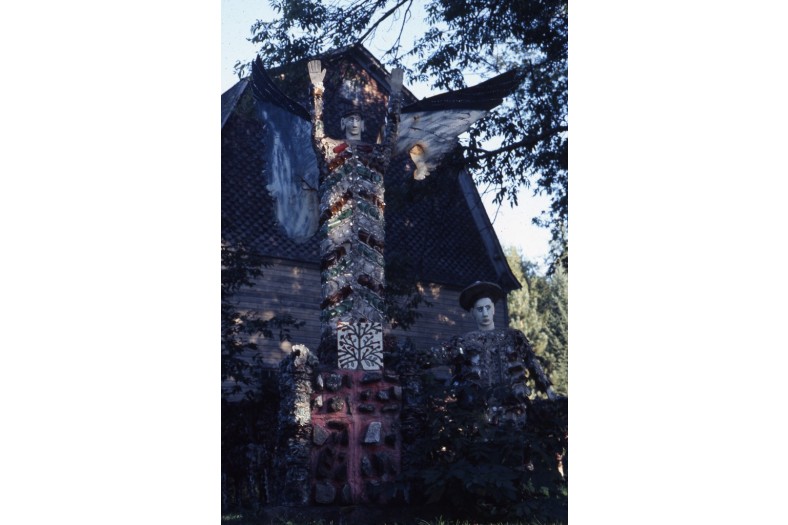
Photo by Roger Brown, c. 1972. © Roger Brown Study Collection, the School of the Art Institute of Chicago
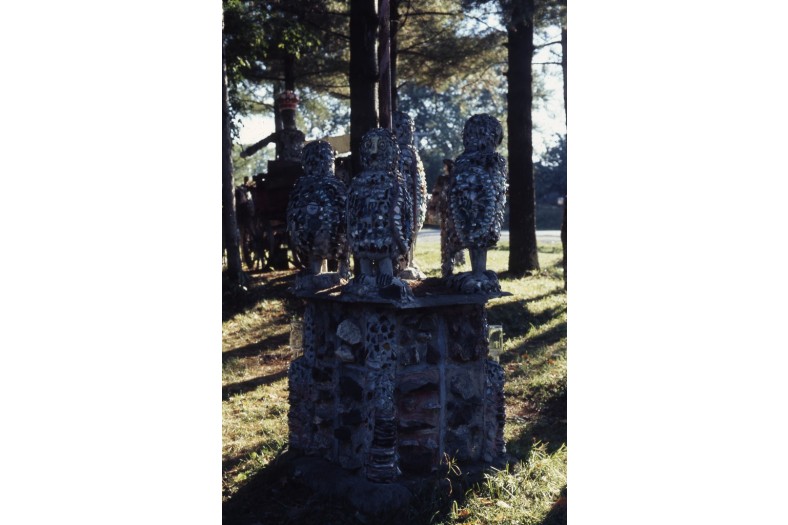
Photo by Roger Brown, c. 1972. © Roger Brown Study Collection, the School of the Art Institute of Chicago
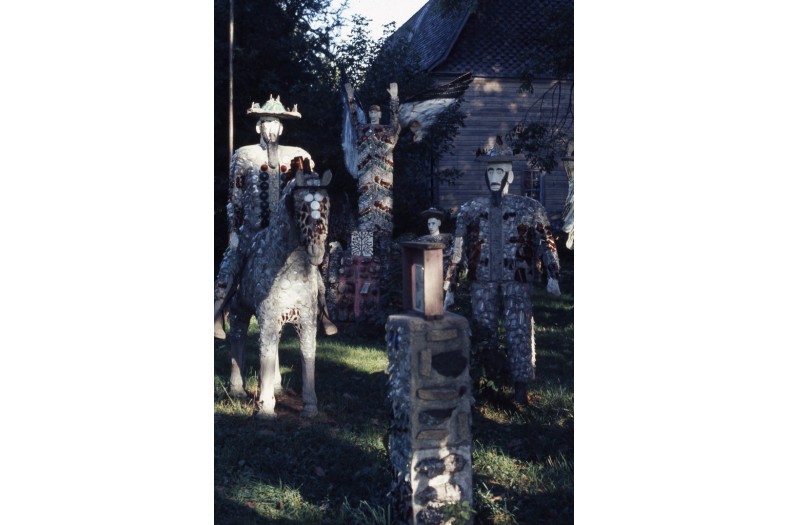
Photo by Roger Brown, c. 1972. © Roger Brown Study Collection, the School of the Art Institute of Chicago
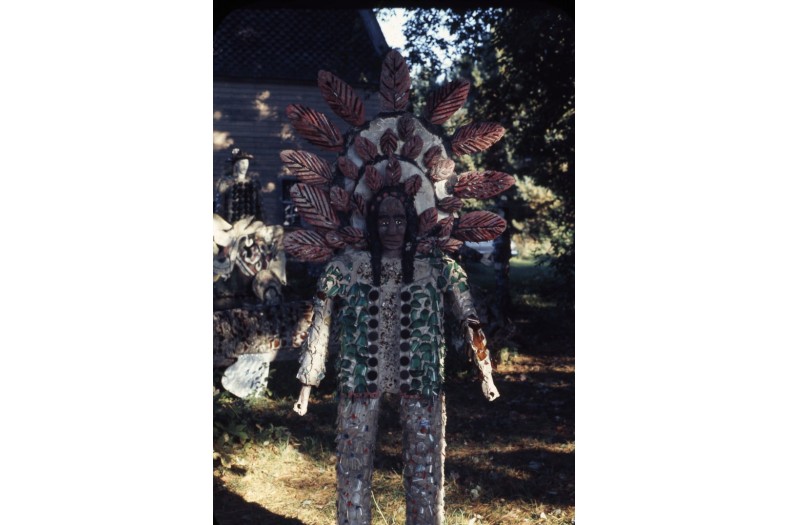
Photo by Roger Brown, c. 1972. © Roger Brown Study Collection, the School of the Art Institute of Chicago
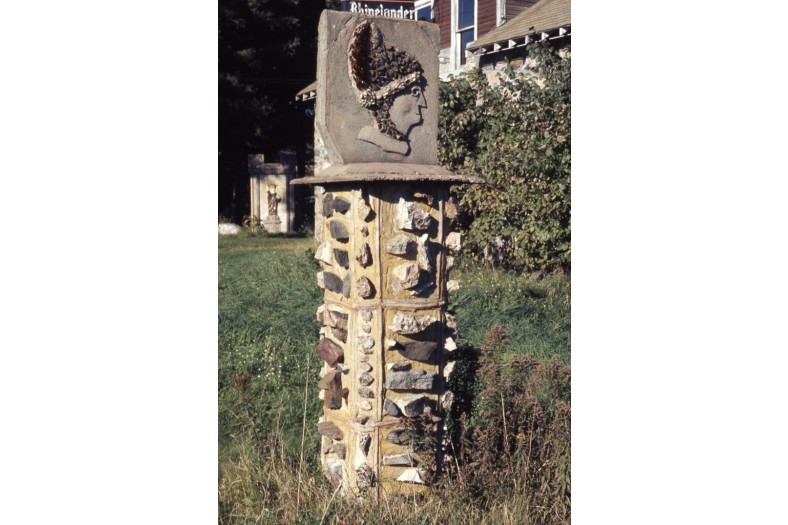
Photo by Roger Brown, c. 1972. © Roger Brown Study Collection, the School of the Art Institute of Chicago
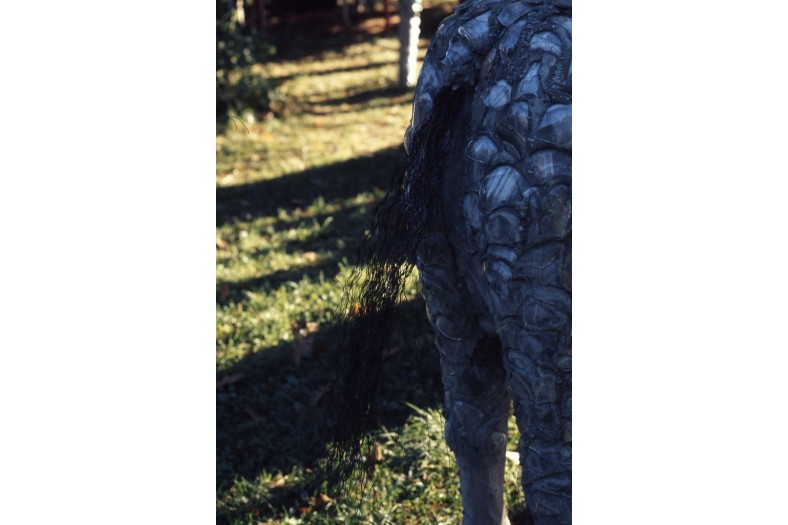
Photo by Roger Brown, c. 1972. © Roger Brown Study Collection, the School of the Art Institute of Chicago
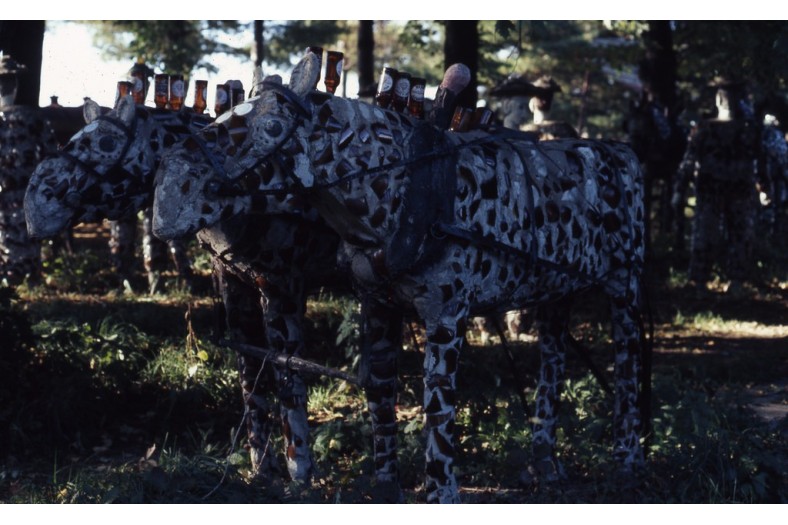
Photo by Roger Brown, c. 1972. © Roger Brown Study Collection, the School of the Art Institute of Chicago
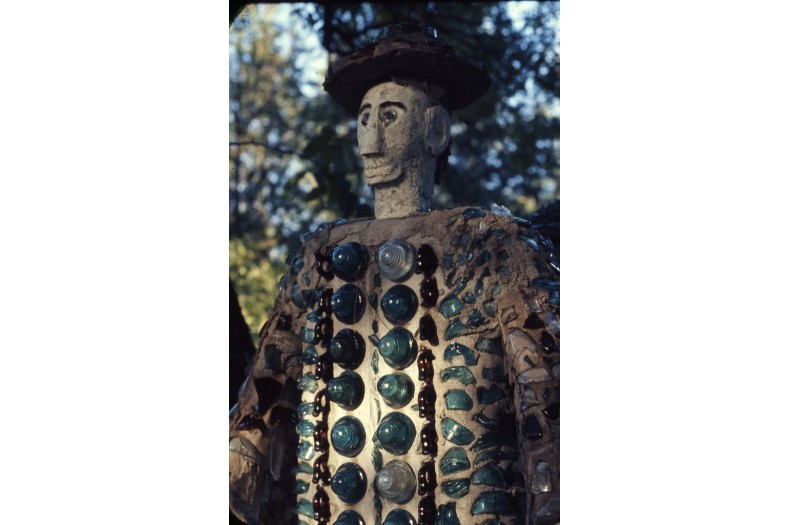
Photo by Roger Brown, c. 1972. © Roger Brown Study Collection, the School of the Art Institute of Chicago
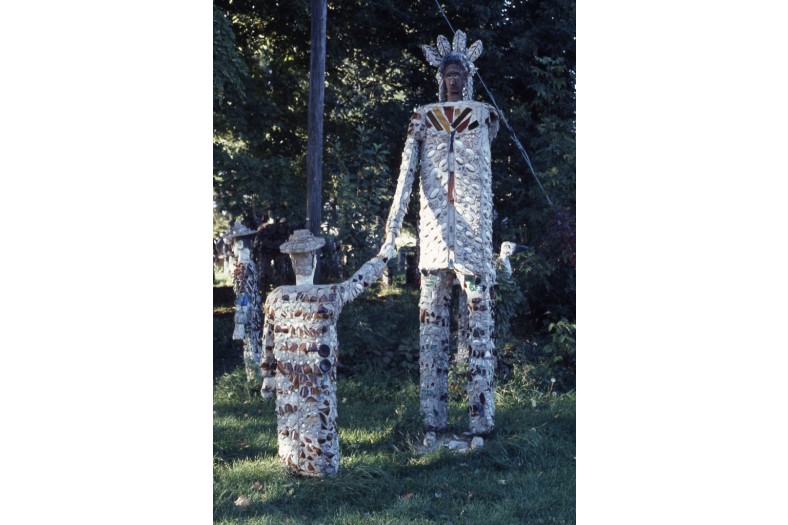
Photo by Roger Brown, c. 1972. © Roger Brown Study Collection, the School of the Art Institute of Chicago
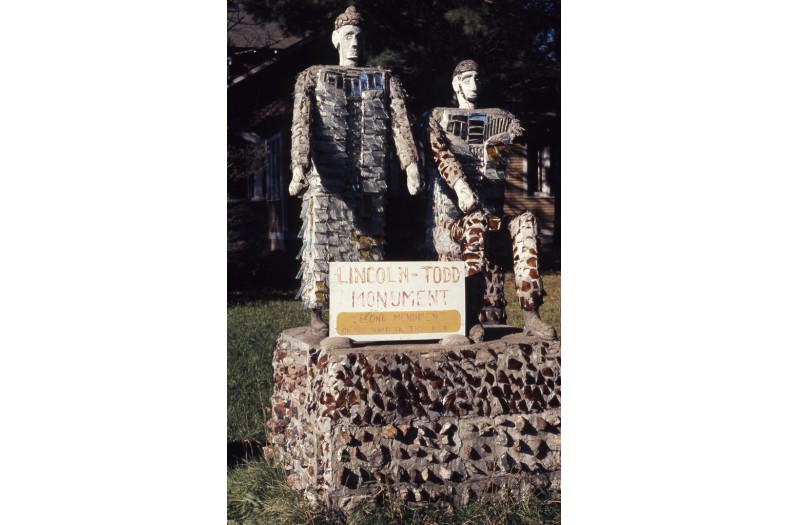
Photo by Roger Brown, c. 1972. © Roger Brown Study Collection, the School of the Art Institute of Chicago
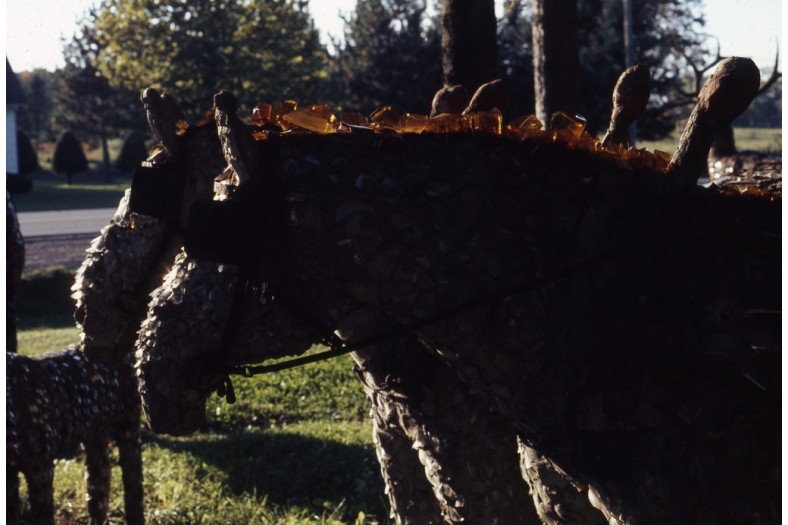
Photo by Roger Brown, c. 1972. © Roger Brown Study Collection, the School of the Art Institute of Chicago
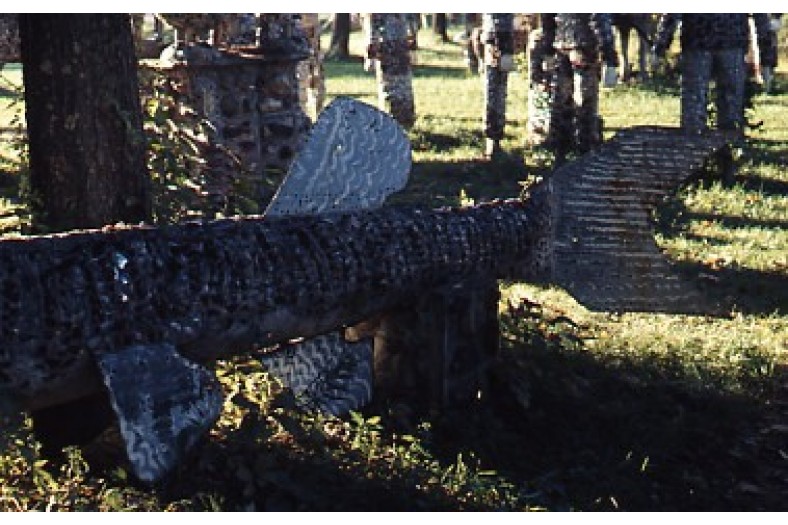
Photo by Roger Brown, c. 1972. © Roger Brown Study Collection, the School of the Art Institute of Chicago
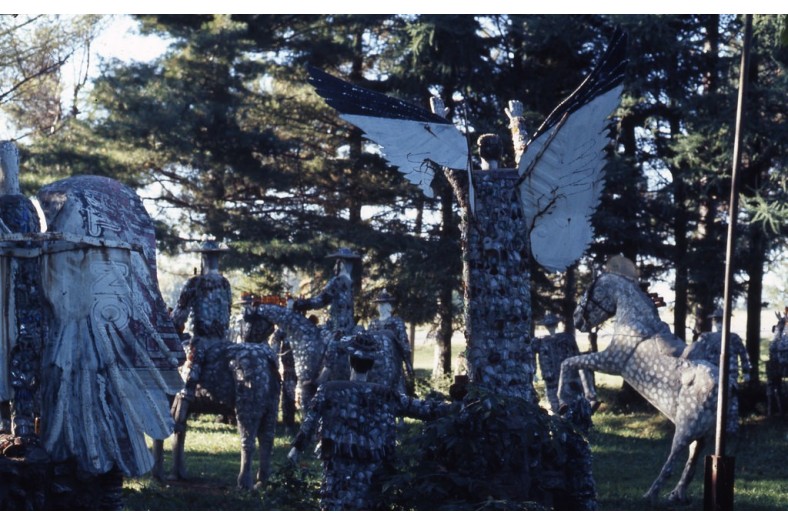
Photo by Roger Brown, c. 1972. © Roger Brown Study Collection, the School of the Art Institute of Chicago
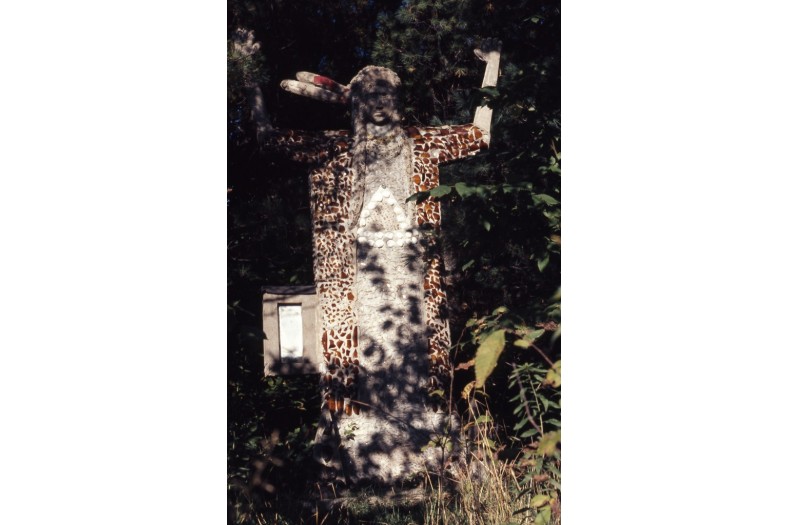
Photo by Roger Brown, c. 1972. © Roger Brown Study Collection, the School of the Art Institute of Chicago
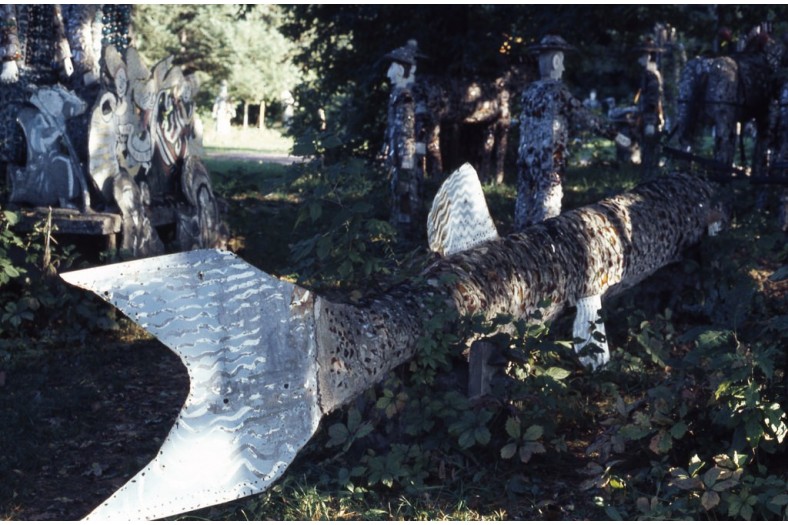
Photo by Roger Brown, c. 1972. © Roger Brown Study Collection, the School of the Art Institute of Chicago

Photo by Roger Brown, c. 1972. © Roger Brown Study Collection, the School of the Art Institute of Chicago
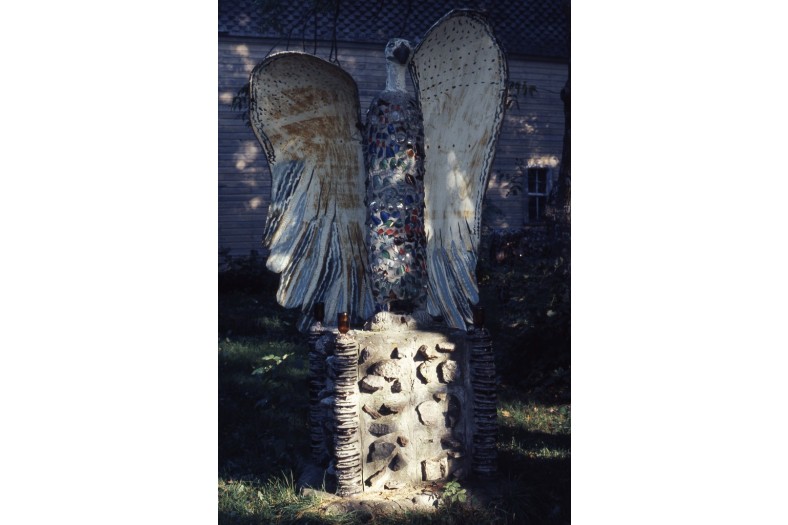
Photo by Roger Brown, c. 1972. © Roger Brown Study Collection, the School of the Art Institute of Chicago
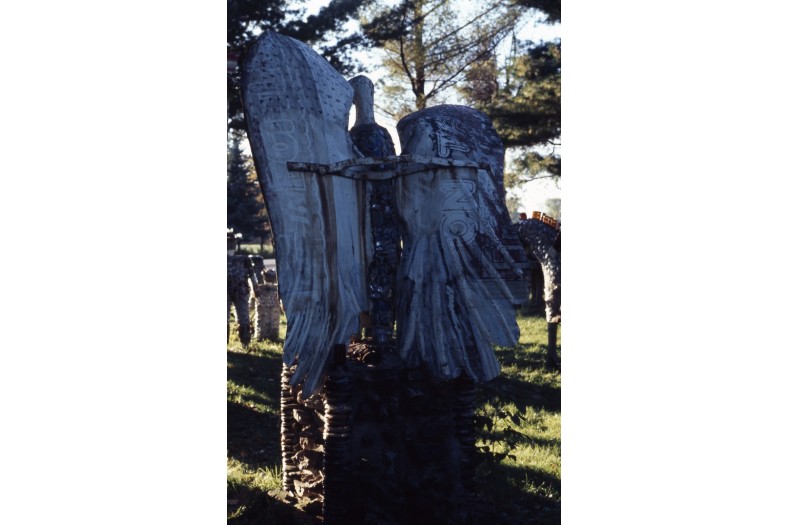
Photo by Roger Brown, c. 1972. © Roger Brown Study Collection, the School of the Art Institute of Chicago
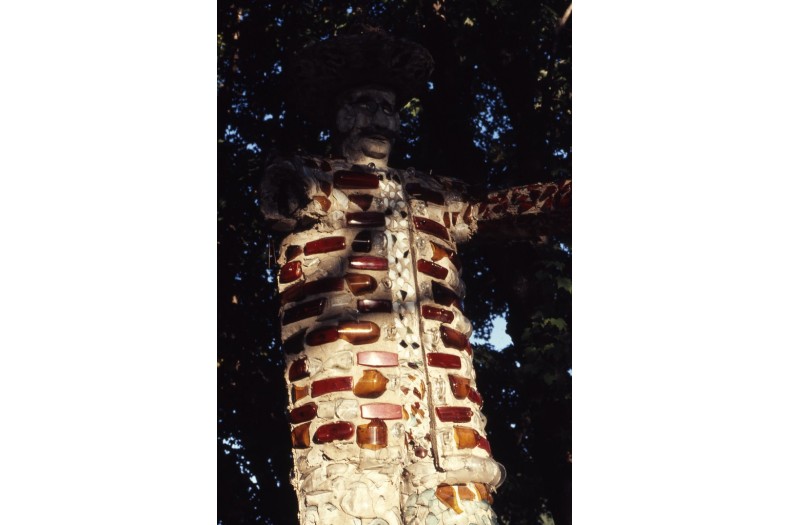
Photo by Roger Brown, c. 1972. © Roger Brown Study Collection, the School of the Art Institute of Chicago
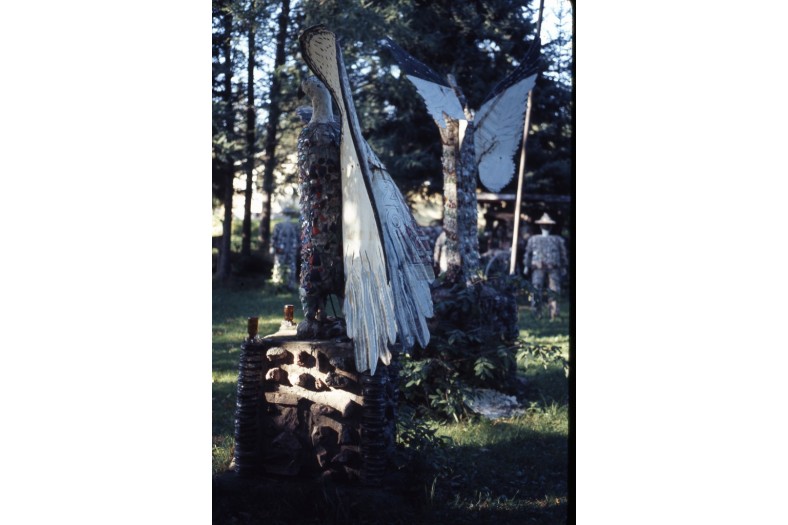
Photo by Roger Brown, c. 1972. © Roger Brown Study Collection, the School of the Art Institute of Chicago
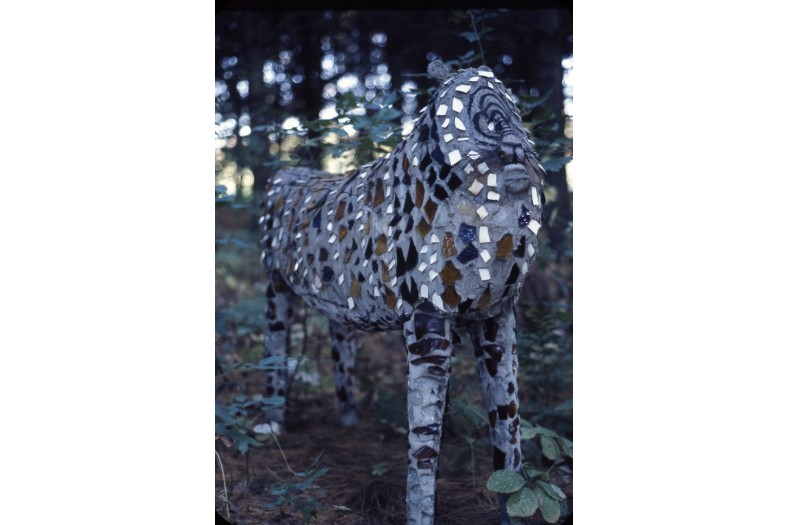
Photo by Roger Brown, c. 1972. © Roger Brown Study Collection, the School of the Art Institute of Chicago
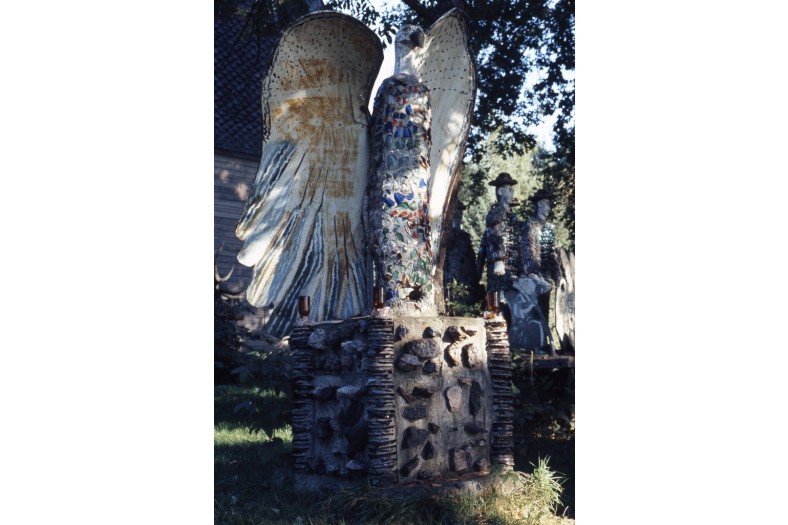
Photo by Roger Brown, c. 1972. © Roger Brown Study Collection, the School of the Art Institute of Chicago
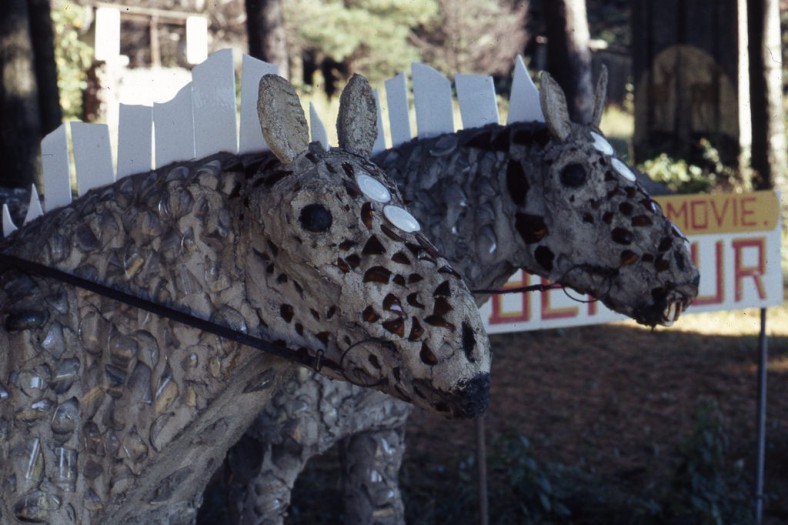
Photo by Roger Brown, c. 1972. © Roger Brown Study Collection, the School of the Art Institute of Chicago
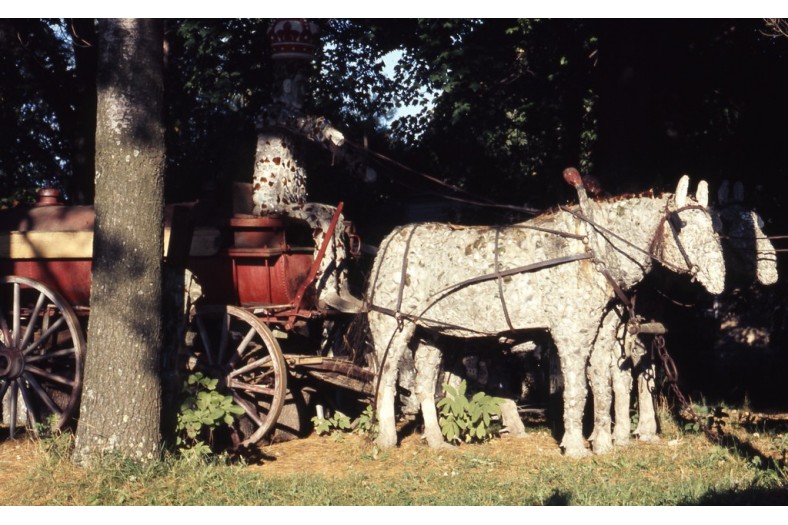
Photo by Roger Brown, c. 1972. © Roger Brown Study Collection, the School of the Art Institute of Chicago
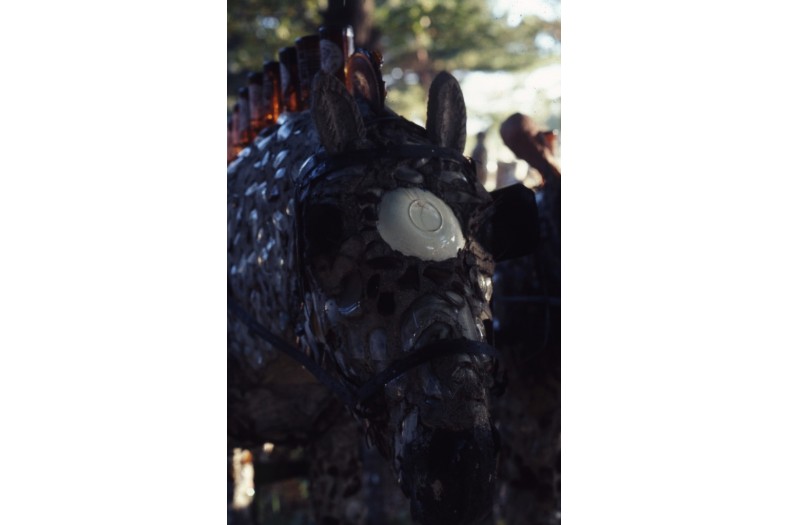
Photo by Roger Brown, c. 1972. © Roger Brown Study Collection, the School of the Art Institute of Chicago
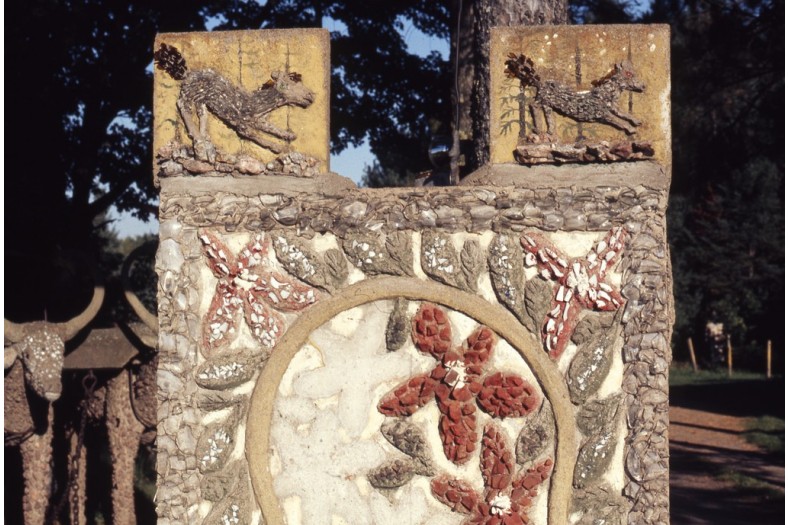
Photo by Roger Brown, c. 1972. © Roger Brown Study Collection, the School of the Art Institute of Chicago
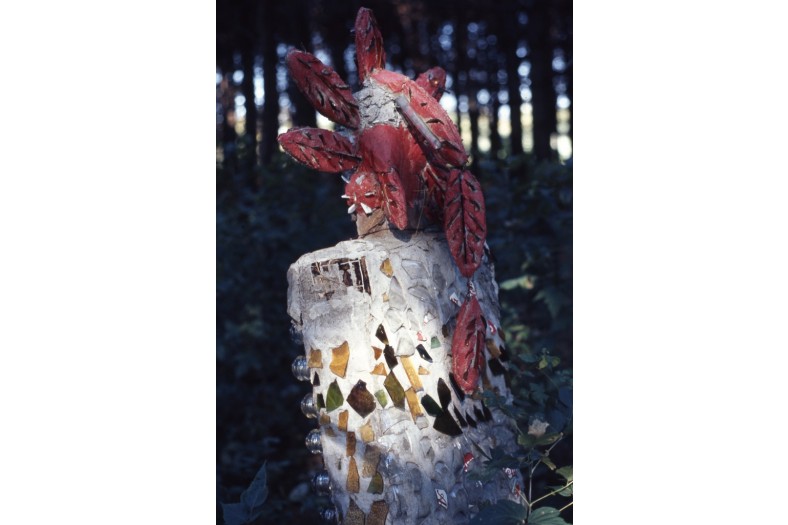
Photo by Roger Brown, c. 1972. © Roger Brown Study Collection, the School of the Art Institute of Chicago
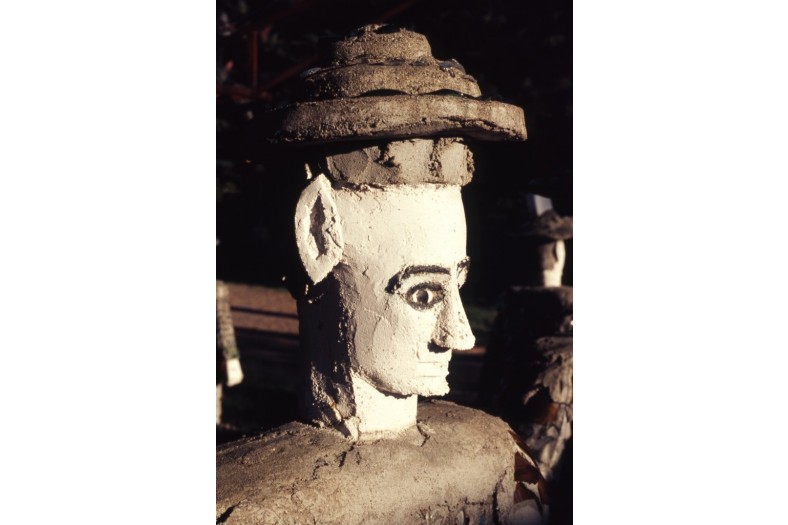
Photo by Roger Brown, c. 1972. © Roger Brown Study Collection, the School of the Art Institute of Chicago
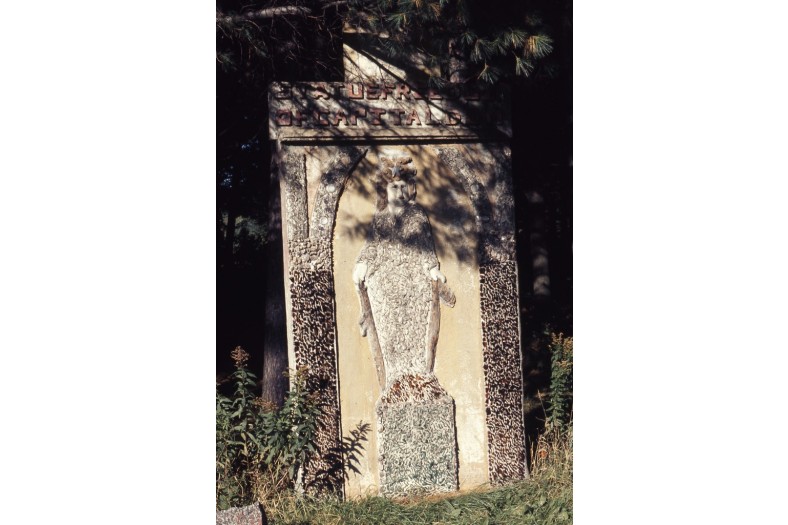
Photo by Roger Brown, c. 1972. © Roger Brown Study Collection, the School of the Art Institute of Chicago
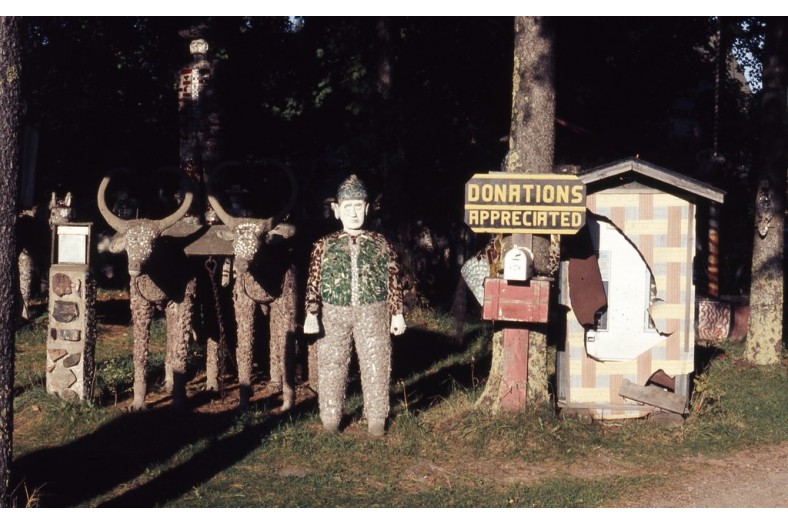
Photo by Roger Brown, c. 1972. © Roger Brown Study Collection, the School of the Art Institute of Chicago
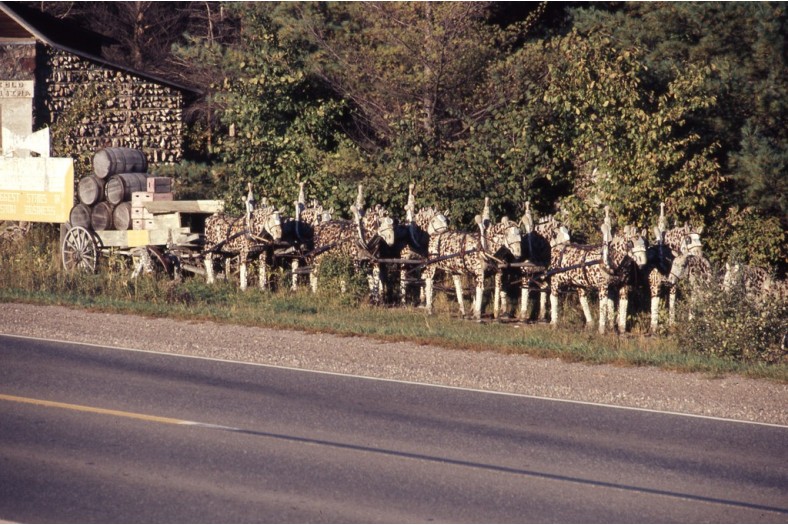
Photo by Roger Brown, c. 1972. © Roger Brown Study Collection, the School of the Art Institute of Chicago
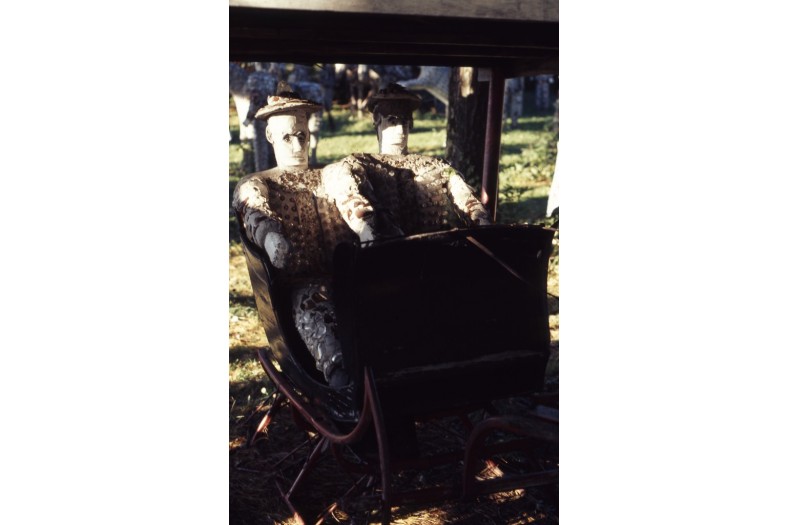
Photo by Roger Brown, c. 1972. © Roger Brown Study Collection, the School of the Art Institute of Chicago
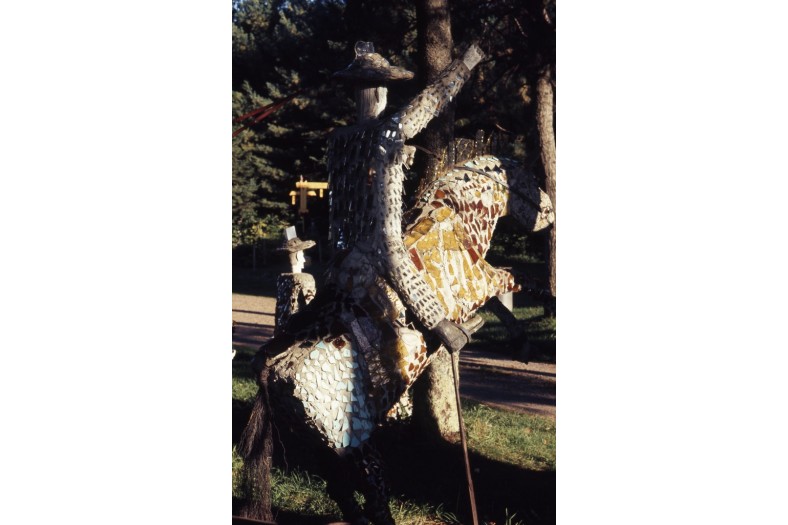
Photo by Roger Brown, c. 1972. © Roger Brown Study Collection, the School of the Art Institute of Chicago
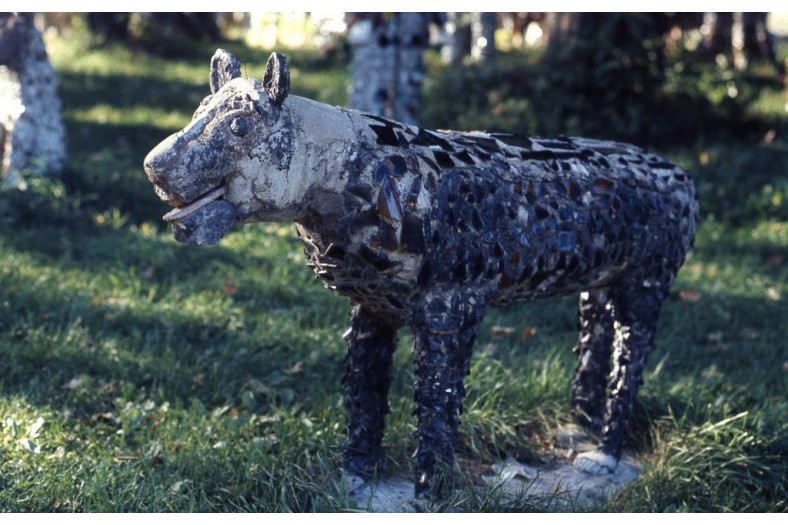
Photo by Roger Brown, c. 1972. © Roger Brown Study Collection, the School of the Art Institute of Chicago
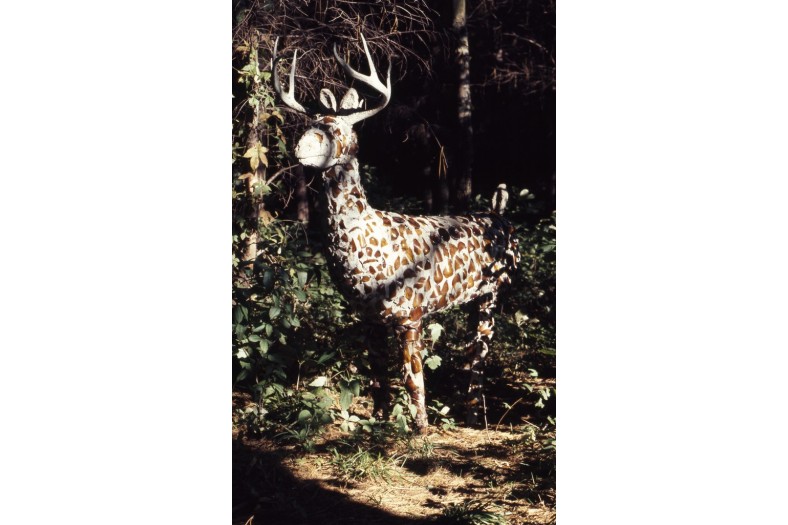
Photo by Roger Brown, c. 1972. © Roger Brown Study Collection, the School of the Art Institute of Chicago
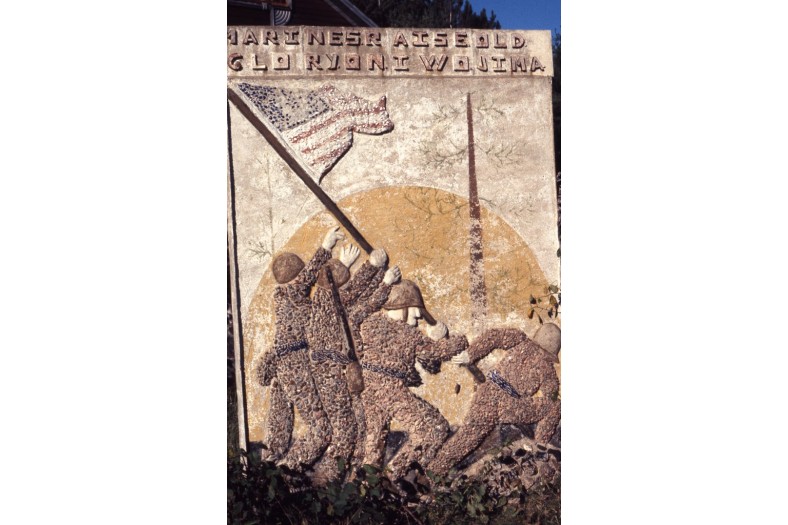
Photo by Roger Brown, c. 1972. © Roger Brown Study Collection, the School of the Art Institute of Chicago
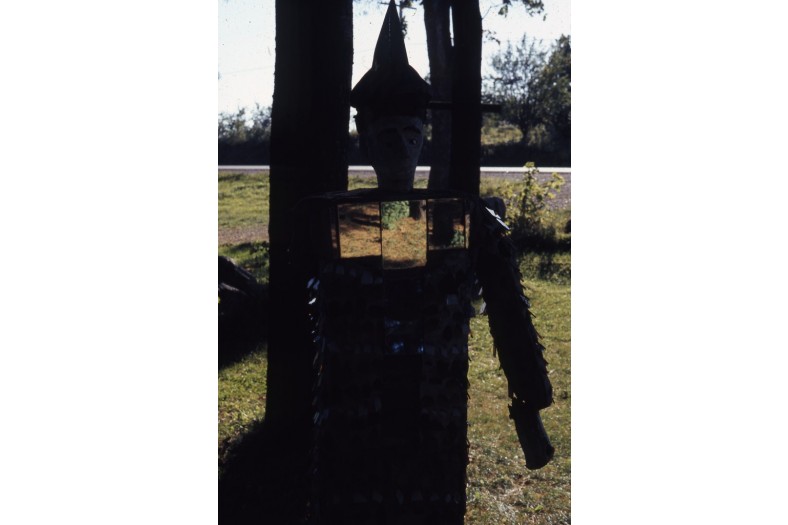
Photo by Roger Brown, c. 1972. © Roger Brown Study Collection, the School of the Art Institute of Chicago
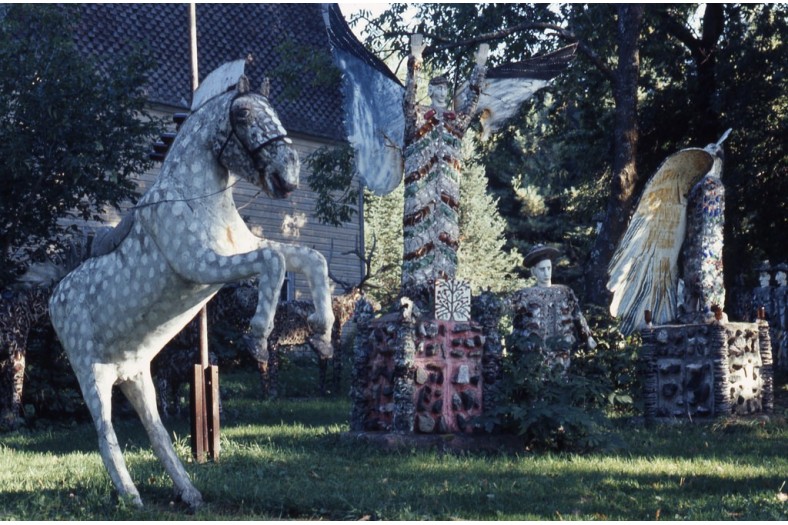
Photo by Roger Brown, c. 1972. © Roger Brown Study Collection, the School of the Art Institute of Chicago
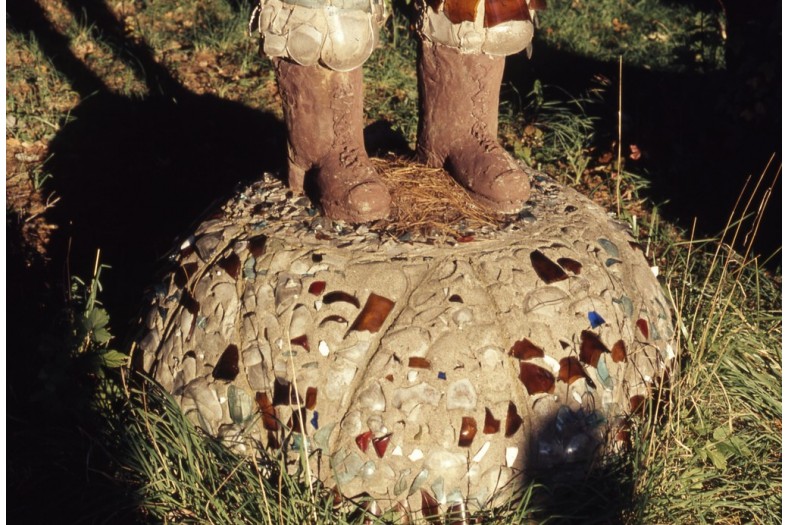
Photo by Roger Brown, c. 1972. © Roger Brown Study Collection, the School of the Art Institute of Chicago
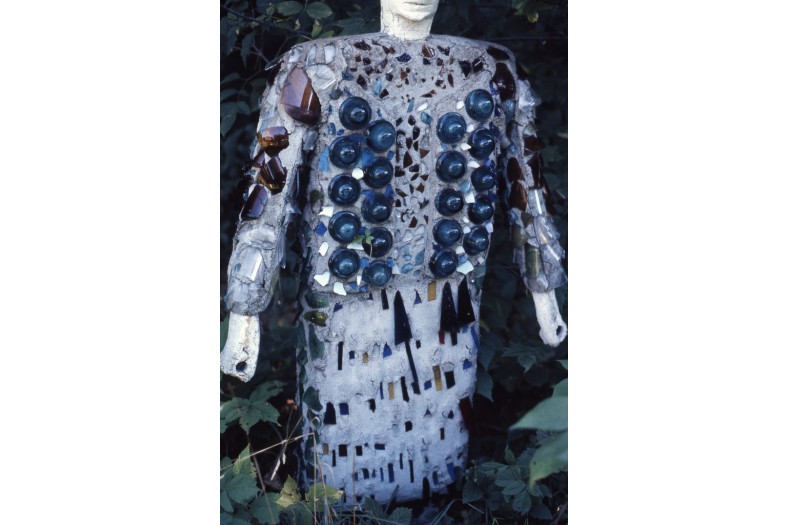
Photo by Roger Brown, c. 1972. © Roger Brown Study Collection, the School of the Art Institute of Chicago
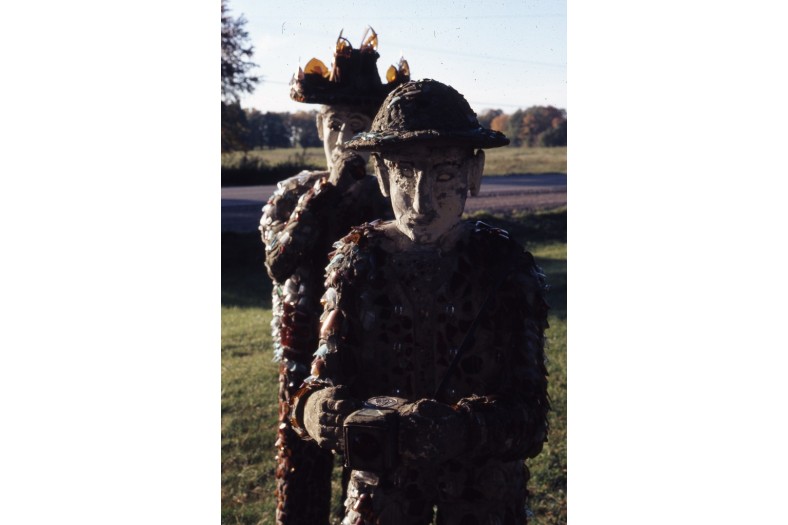
Photo by Roger Brown, c. 1972. © Roger Brown Study Collection, the School of the Art Institute of Chicago
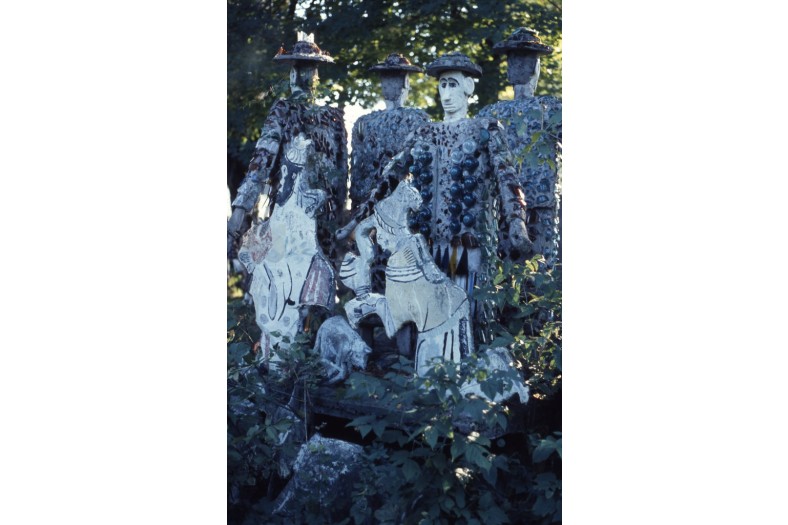
Photo by Roger Brown, c. 1972. © Roger Brown Study Collection, the School of the Art Institute of Chicago
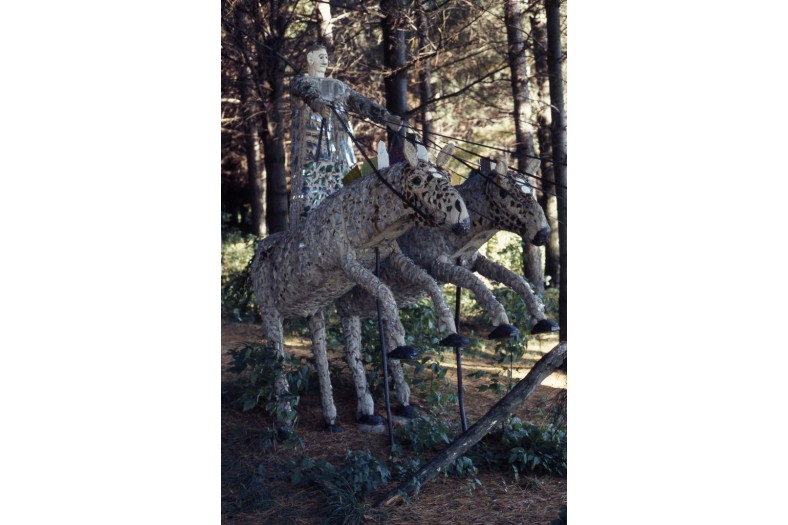
Photo by Roger Brown, c. 1972. © Roger Brown Study Collection, the School of the Art Institute of Chicago
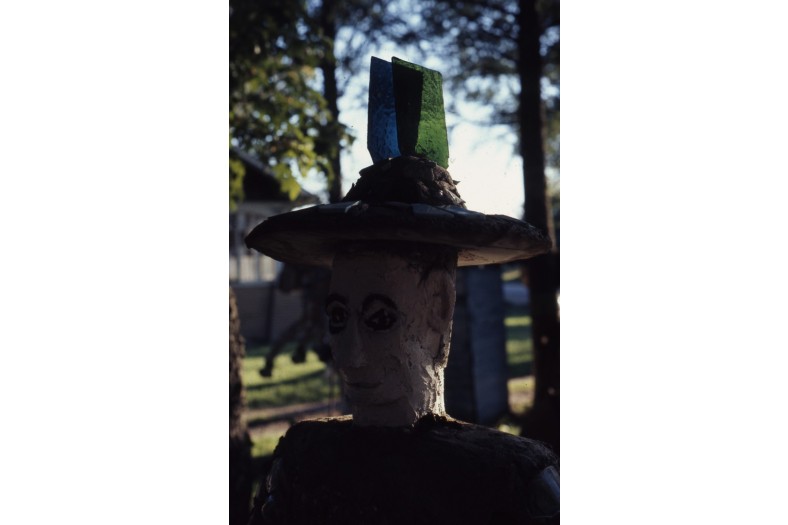
Photo by Roger Brown, c. 1972. © Roger Brown Study Collection, the School of the Art Institute of Chicago
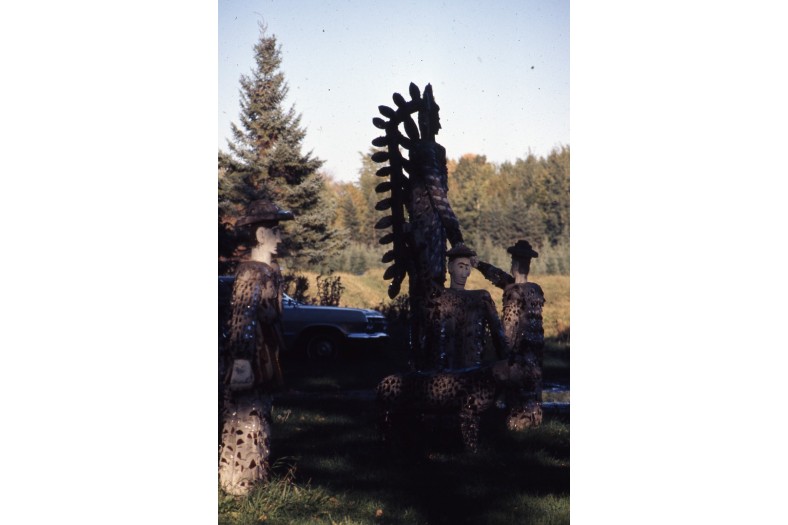
Photo by Roger Brown, c. 1972. © Roger Brown Study Collection, the School of the Art Institute of Chicago
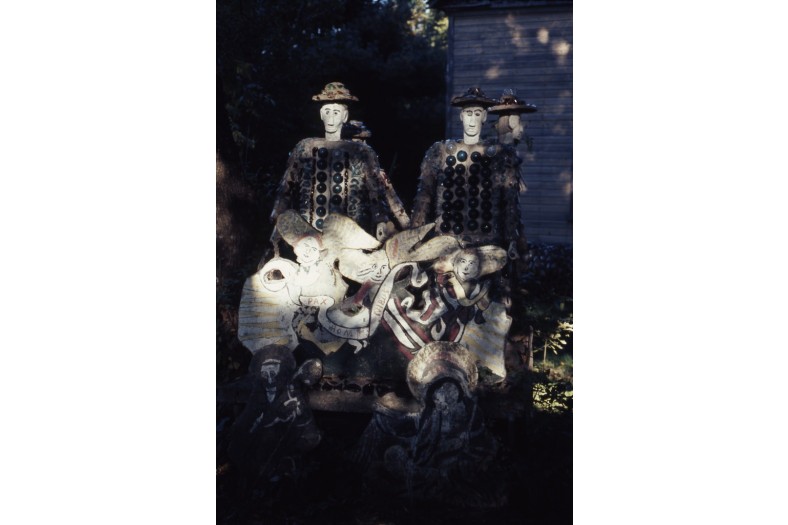
Photo by Roger Brown, c. 1972. © Roger Brown Study Collection, the School of the Art Institute of Chicago
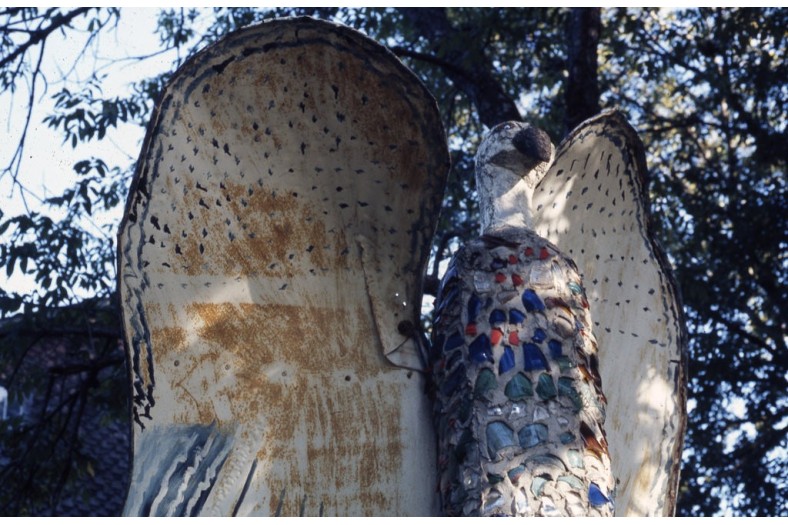
Photo by Roger Brown, c. 1972. © Roger Brown Study Collection, the School of the Art Institute of Chicago
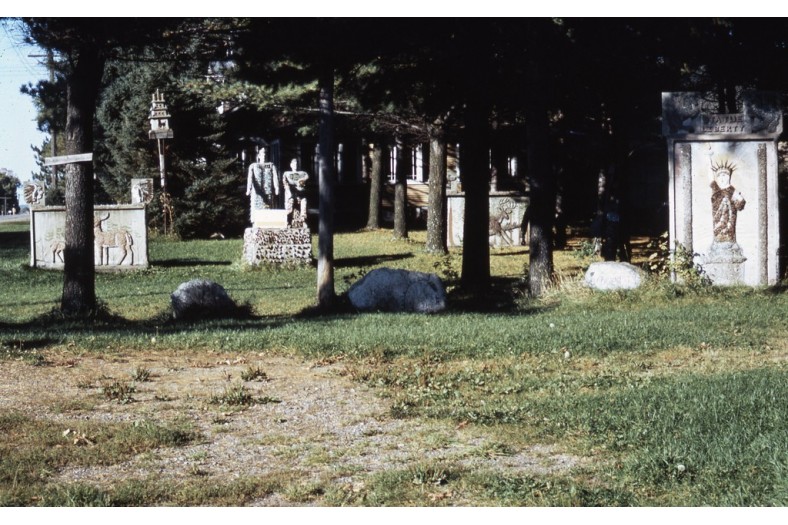
Photo by Roger Brown, c. 1972. © Roger Brown Study Collection, the School of the Art Institute of Chicago

Photo by Roger Brown, c. 1972. © Roger Brown Study Collection, the School of the Art Institute of Chicago
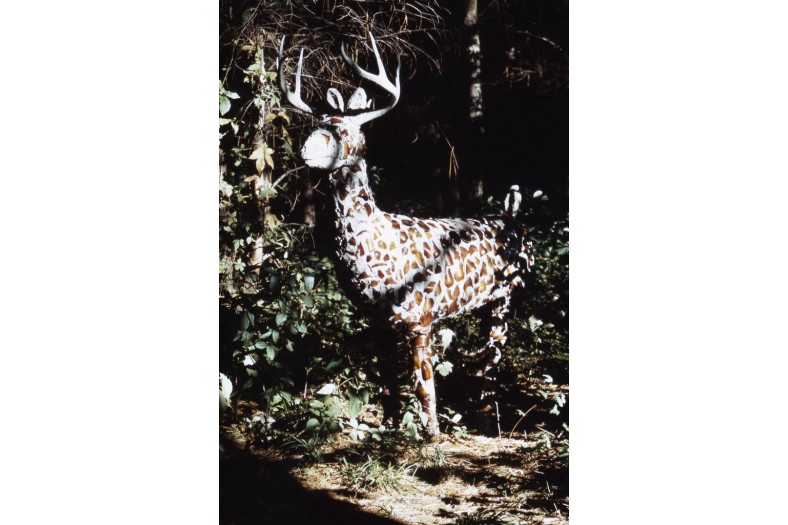
Photo by Roger Brown, c. 1972. © Roger Brown Study Collection, the School of the Art Institute of Chicago
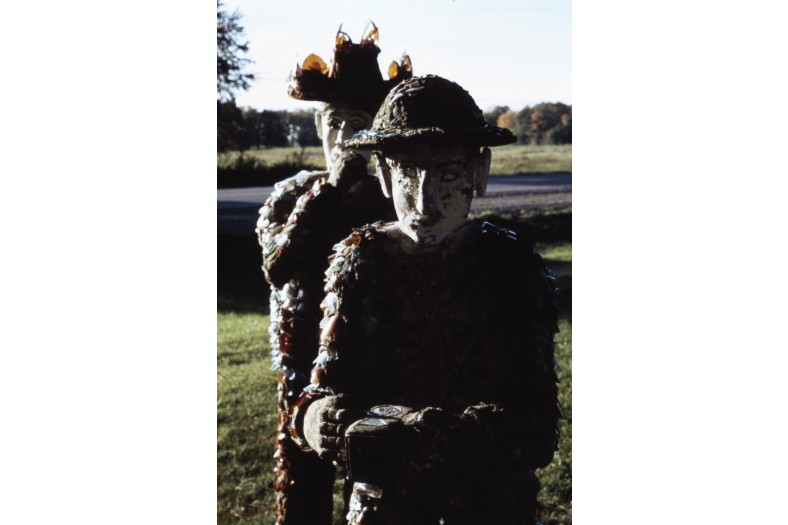
Photo by Roger Brown, c. 1972. © Roger Brown Study Collection, the School of the Art Institute of Chicago
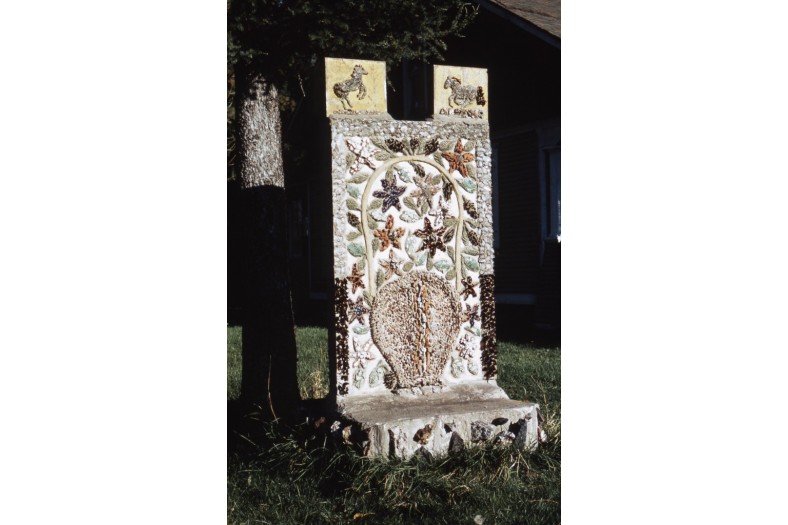
Photo by Roger Brown, c. 1972. © Roger Brown Study Collection, the School of the Art Institute of Chicago
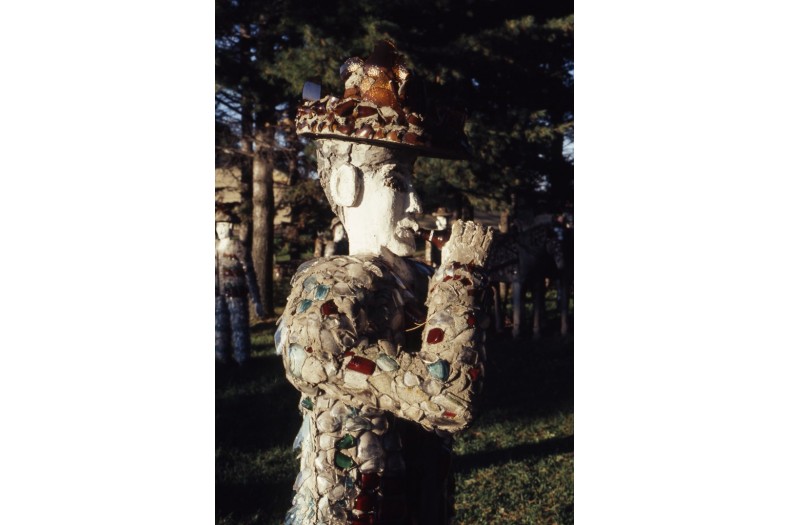
Photo by Roger Brown, c. 1972. © Roger Brown Study Collection, the School of the Art Institute of Chicago
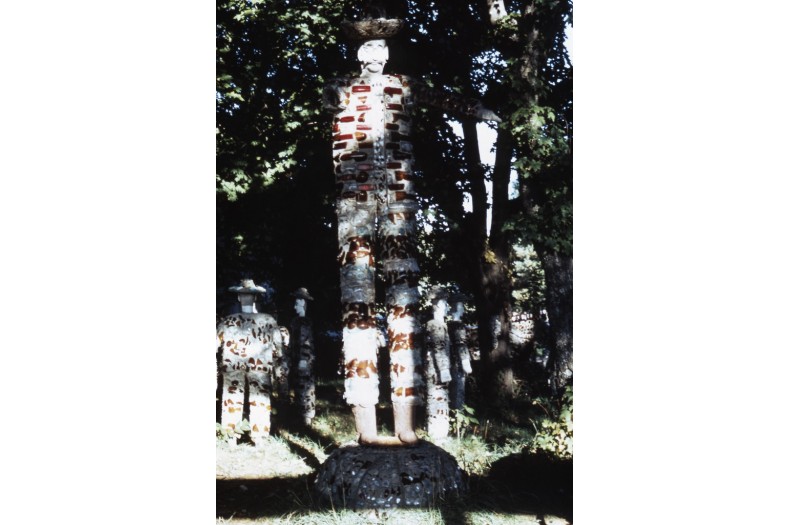
Photo by Roger Brown, c. 1972. © Roger Brown Study Collection, the School of the Art Institute of Chicago
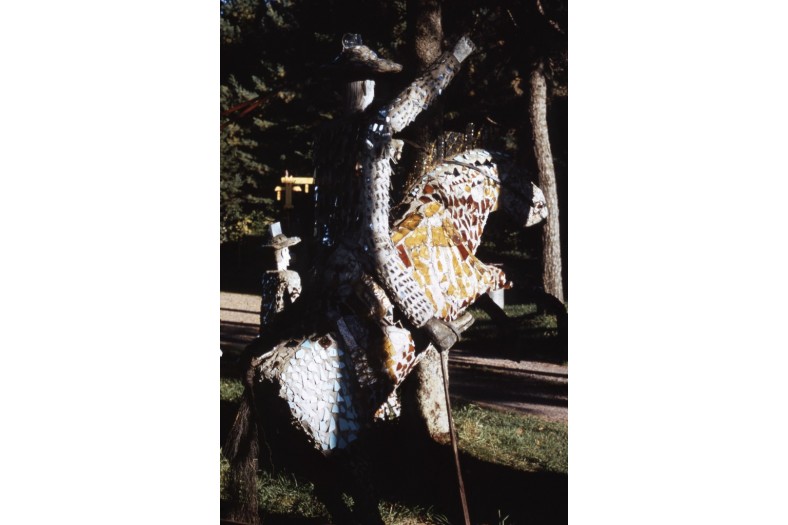
Photo by Roger Brown, c. 1972. © Roger Brown Study Collection, the School of the Art Institute of Chicago
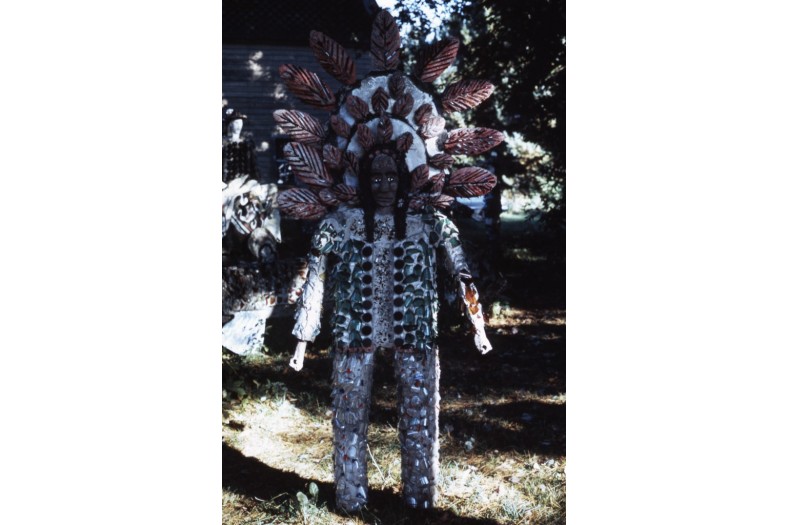
Photo by Roger Brown, c. 1972. © Roger Brown Study Collection, the School of the Art Institute of Chicago
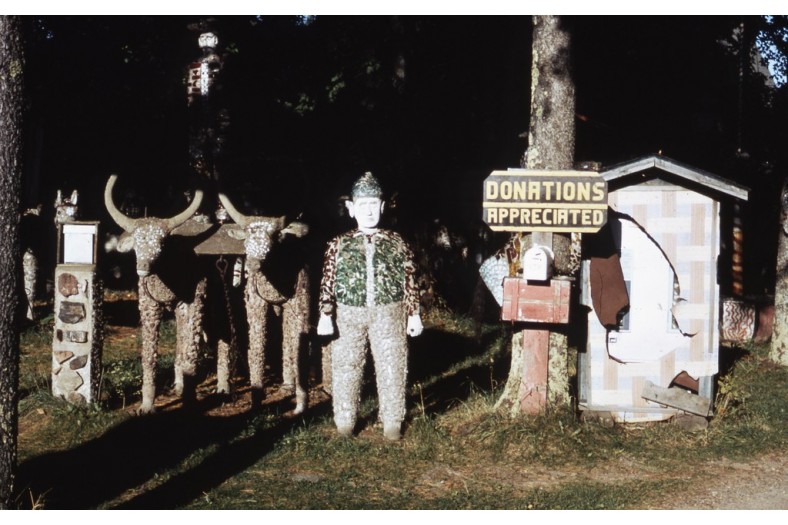
Photo by Roger Brown, c. 1972. © Roger Brown Study Collection, the School of the Art Institute of Chicago
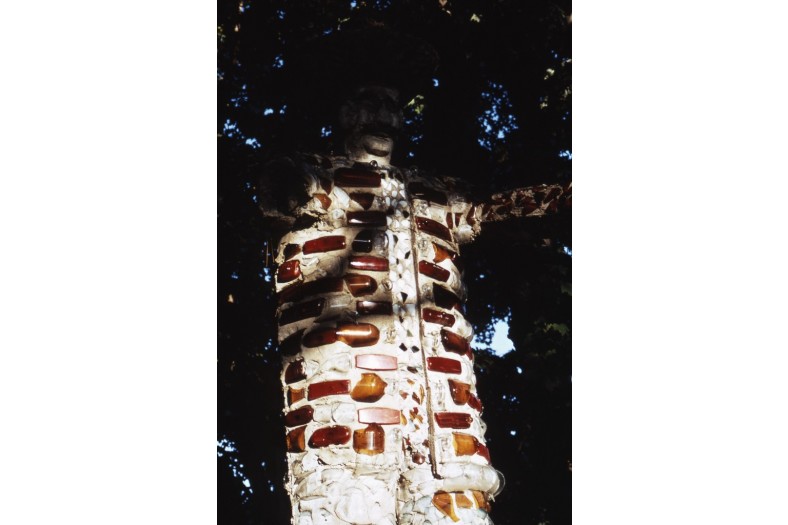
Photo by Roger Brown, c. 1972. © Roger Brown Study Collection, the School of the Art Institute of Chicago
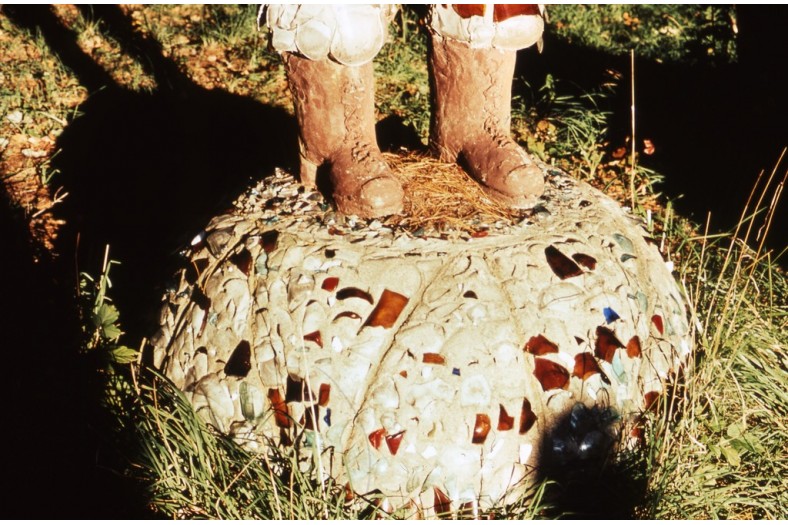
Photo by Roger Brown, c. 1972. © Roger Brown Study Collection, the School of the Art Institute of Chicago
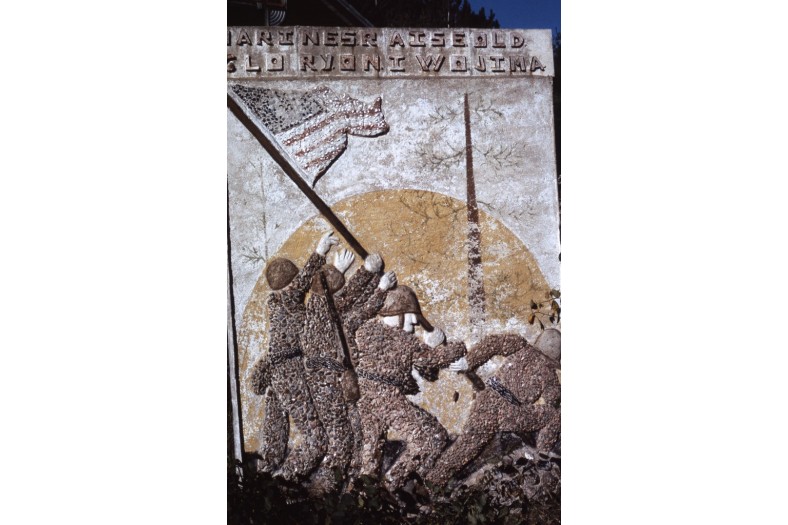
Photo by Roger Brown, c. 1972. © Roger Brown Study Collection, the School of the Art Institute of Chicago

Photo by Roger Brown, c. 1972. © Roger Brown Study Collection, the School of the Art Institute of Chicago
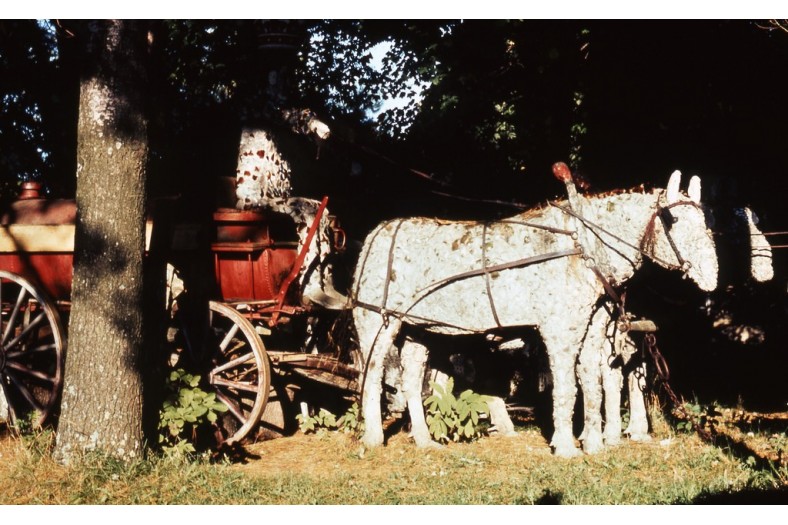
Photo by Roger Brown, c. 1972. © Roger Brown Study Collection, the School of the Art Institute of Chicago
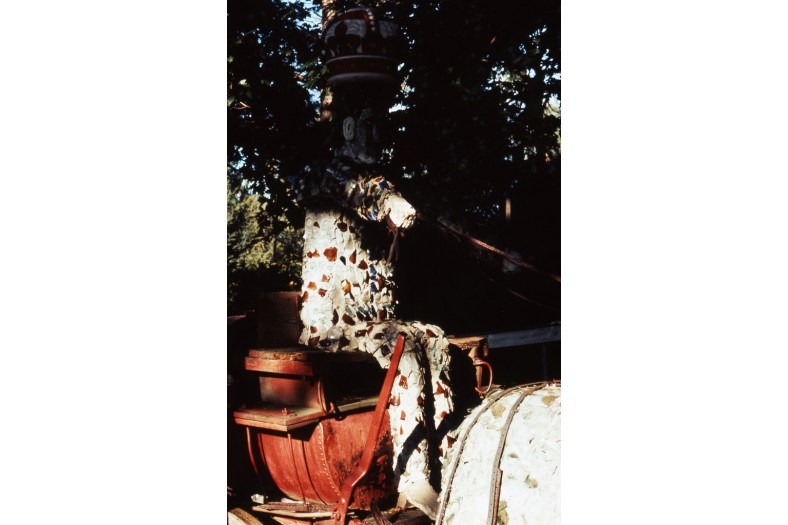
Photo by Roger Brown, c. 1972. © Roger Brown Study Collection, the School of the Art Institute of Chicago
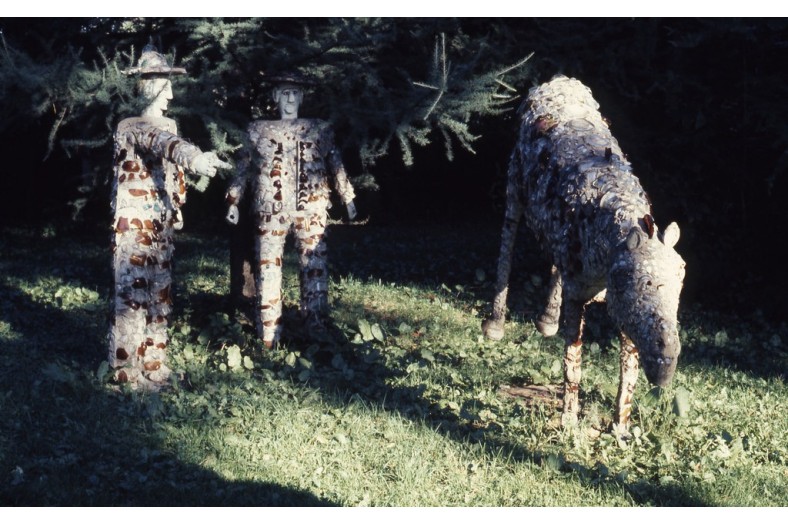
Photo by Roger Brown, c. 1972. © Roger Brown Study Collection, the School of the Art Institute of Chicago
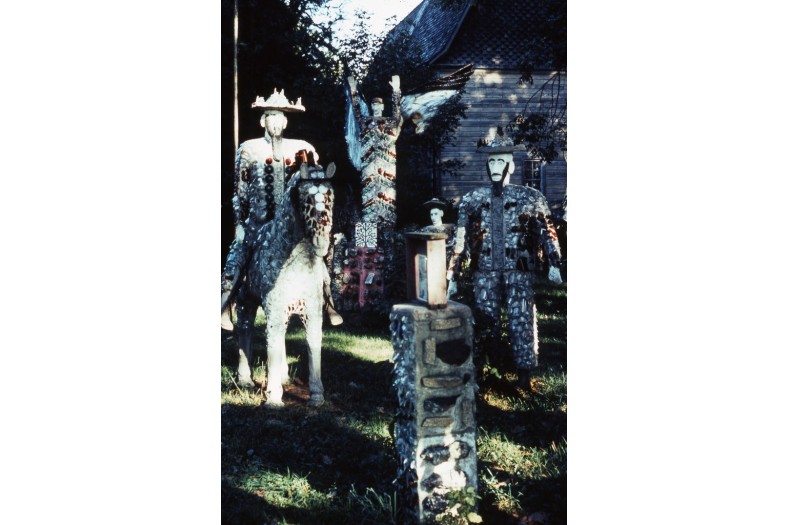
Photo by Roger Brown, c. 1972. © Roger Brown Study Collection, the School of the Art Institute of Chicago
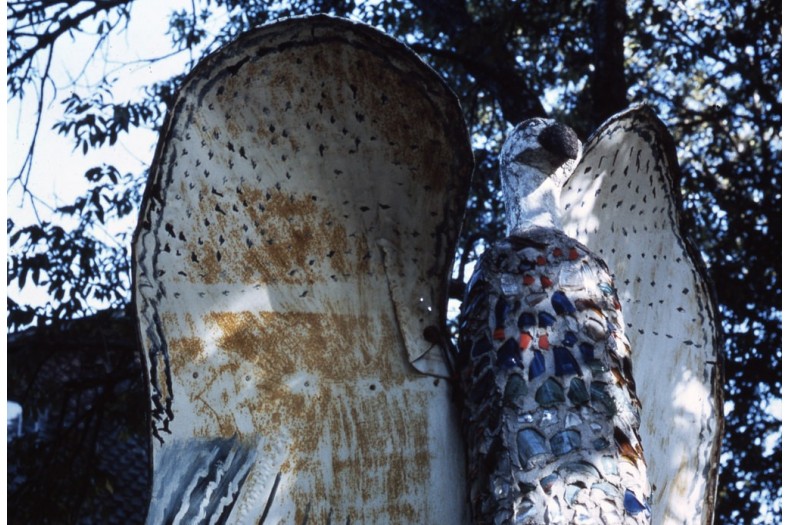
Photo by Roger Brown, c. 1972. © Roger Brown Study Collection, the School of the Art Institute of Chicago

Photo by Roger Brown, c. 1972. © Roger Brown Study Collection, the School of the Art Institute of Chicago
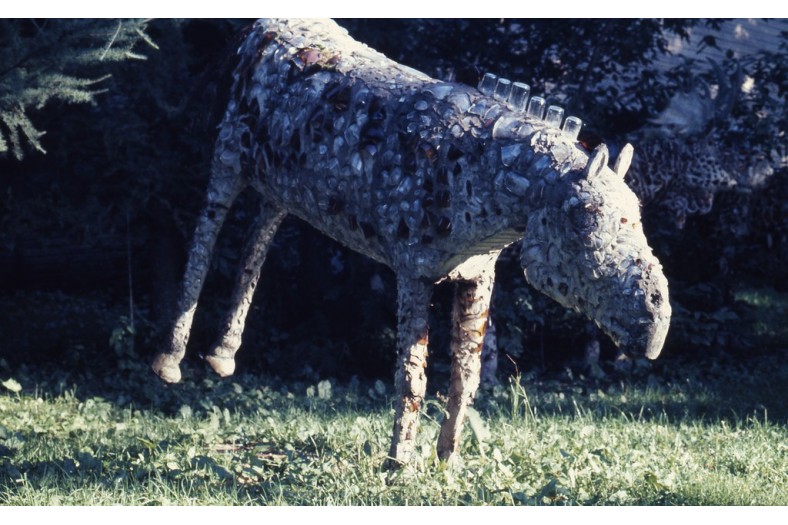
Photo by Roger Brown, c. 1972. © Roger Brown Study Collection, the School of the Art Institute of Chicago
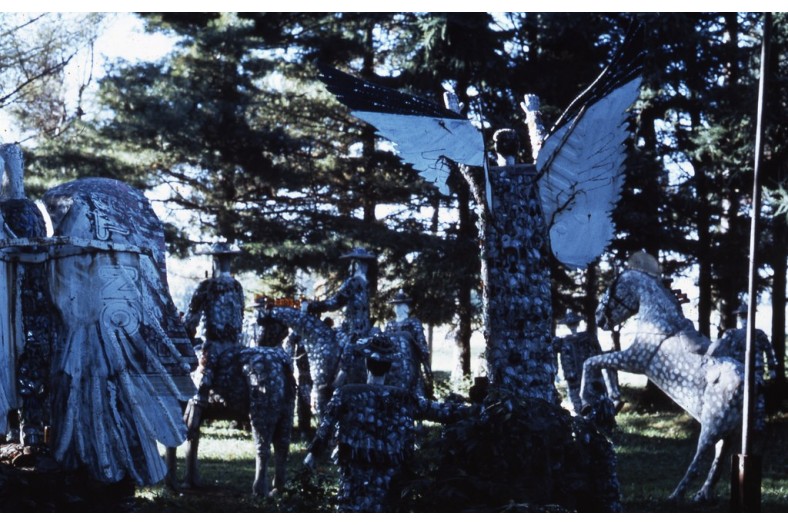
Photo by Roger Brown, c. 1972. © Roger Brown Study Collection, the School of the Art Institute of Chicago
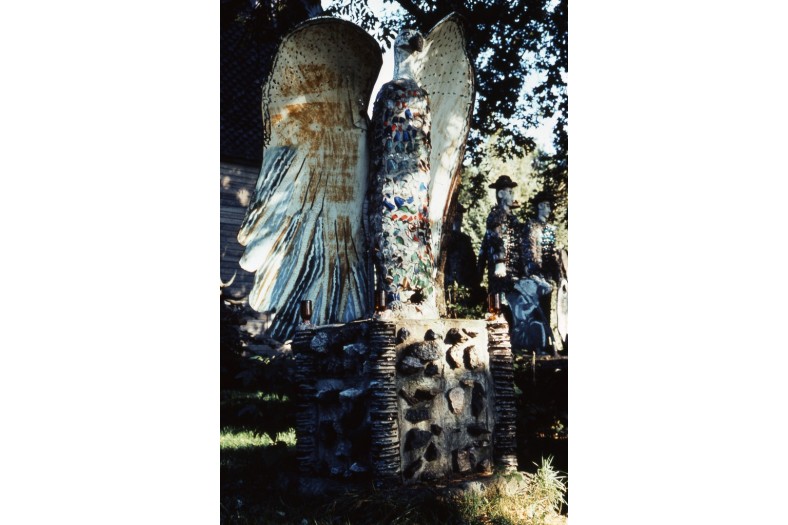
Photo by Roger Brown, c. 1972. © Roger Brown Study Collection, the School of the Art Institute of Chicago
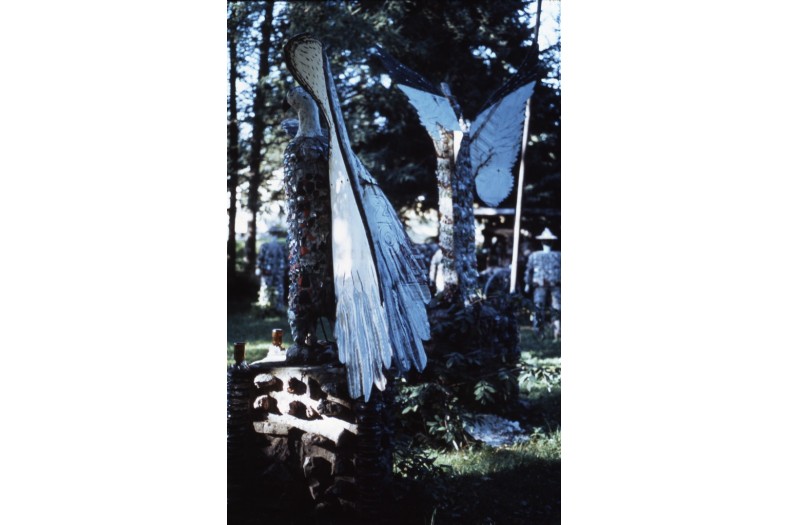
Photo by Roger Brown, c. 1972. © Roger Brown Study Collection, the School of the Art Institute of Chicago
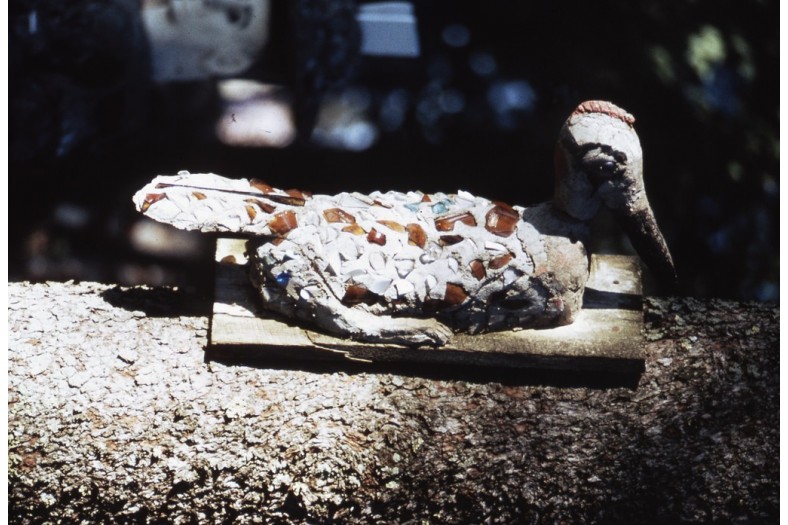
Photo by Roger Brown, c. 1972. © Roger Brown Study Collection, the School of the Art Institute of Chicago
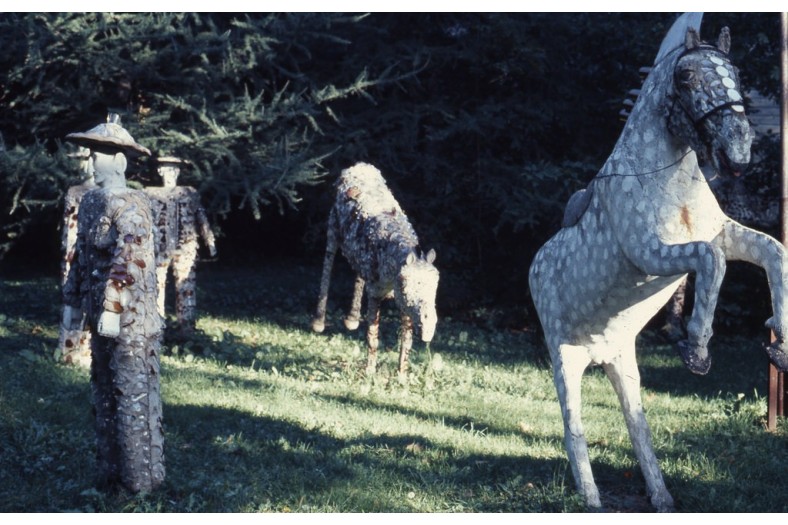
Photo by Roger Brown, c. 1972. © Roger Brown Study Collection, the School of the Art Institute of Chicago
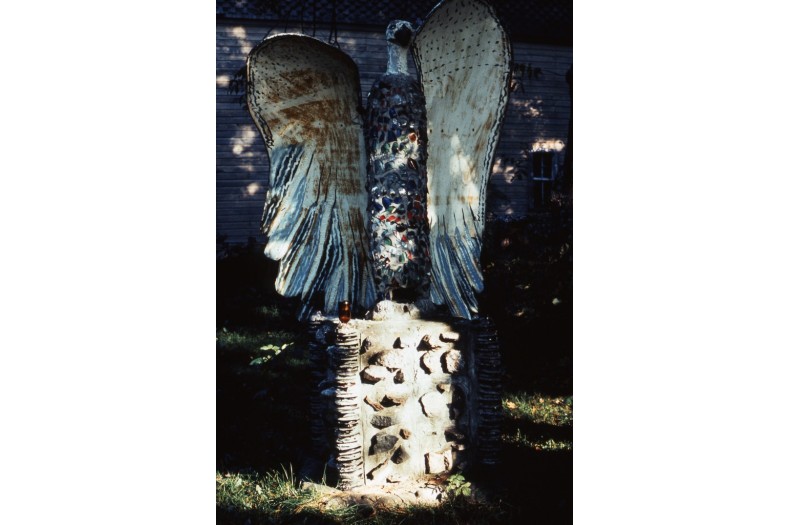
Photo by Roger Brown, c. 1972. © Roger Brown Study Collection, the School of the Art Institute of Chicago
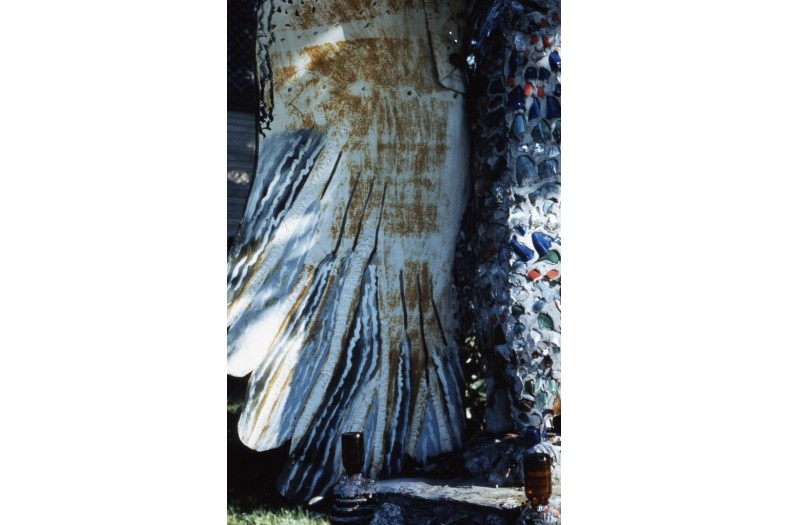
Photo by Roger Brown, c. 1972. © Roger Brown Study Collection, the School of the Art Institute of Chicago

Photo by Roger Brown, c. 1972. © Roger Brown Study Collection, the School of the Art Institute of Chicago
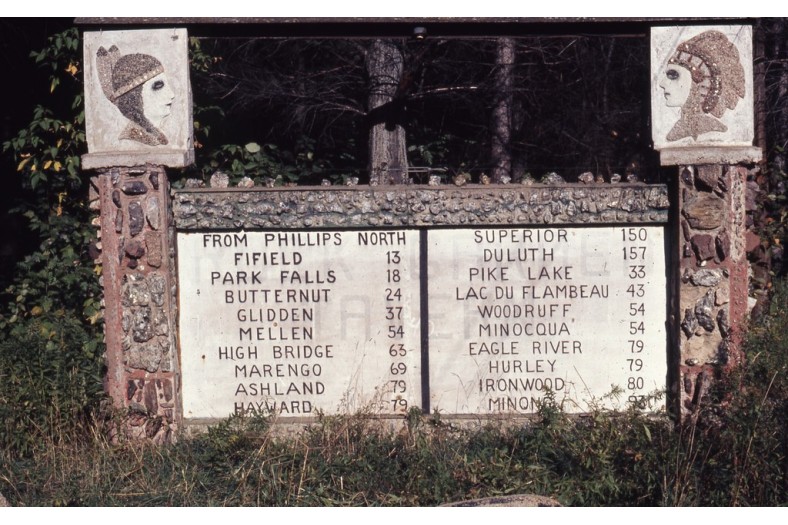
Photo by Roger Brown, c. 1972. © Roger Brown Study Collection, the School of the Art Institute of Chicago
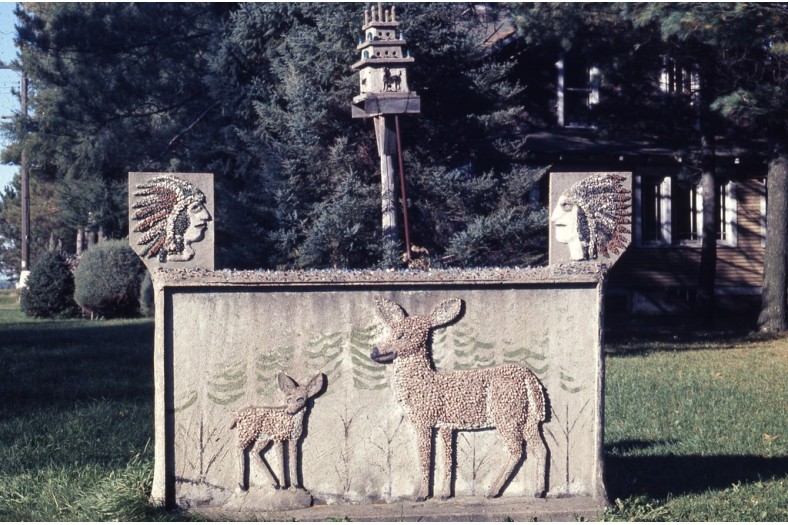
Photo by Roger Brown, c. 1972. © Roger Brown Study Collection, the School of the Art Institute of Chicago
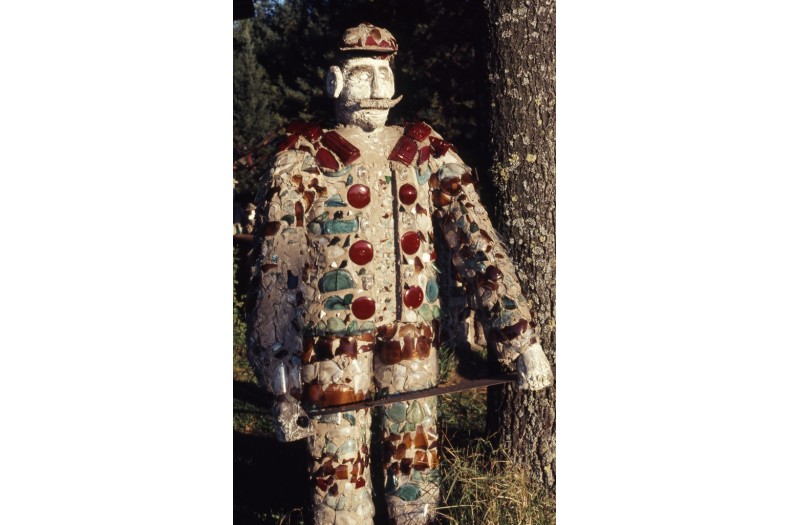
Photo by Roger Brown, c. 1972. © Roger Brown Study Collection, the School of the Art Institute of Chicago
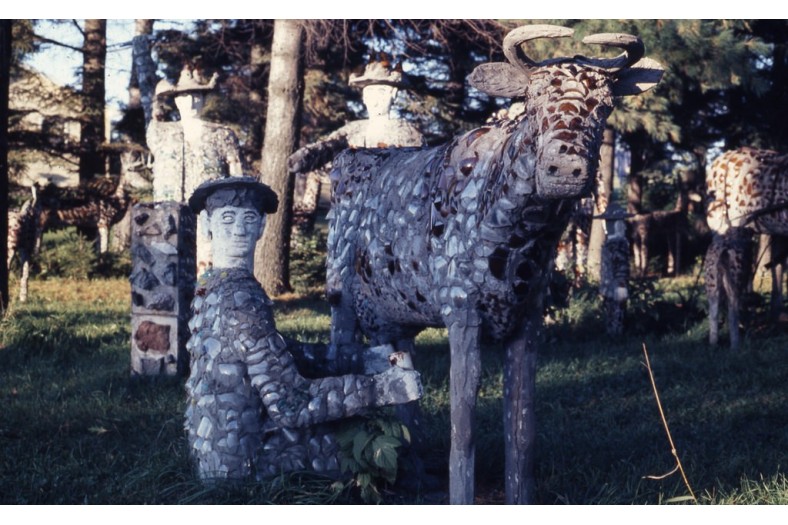
Photo by Roger Brown, c. 1972. © Roger Brown Study Collection, the School of the Art Institute of Chicago
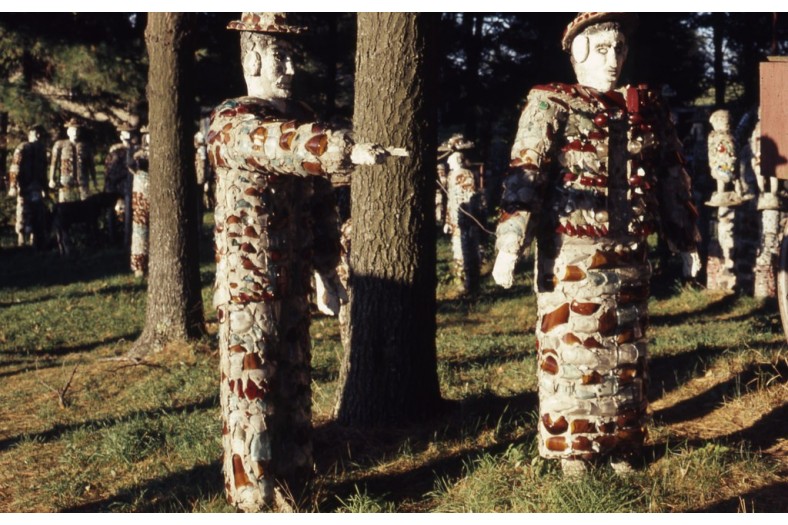
Photo by Roger Brown, c. 1972. © Roger Brown Study Collection, the School of the Art Institute of Chicago
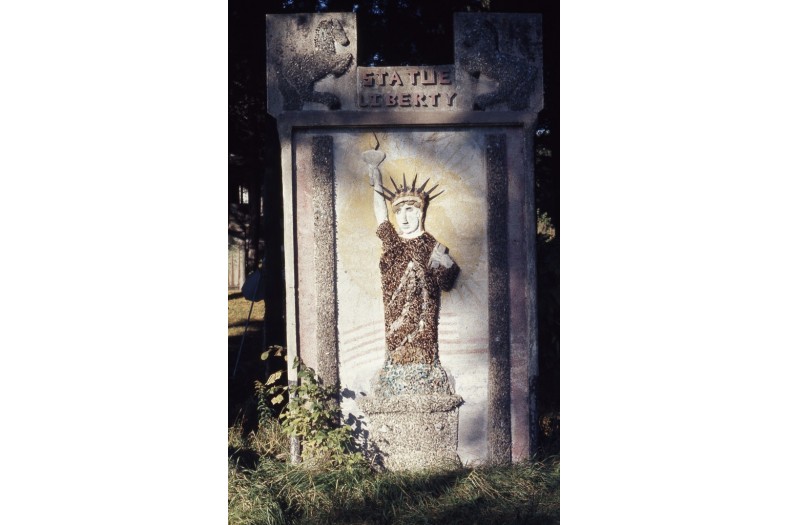
Photo by Roger Brown, c. 1972. © Roger Brown Study Collection, the School of the Art Institute of Chicago

Photo by Roger Brown, c. 1972. © Roger Brown Study Collection, the School of the Art Institute of Chicago
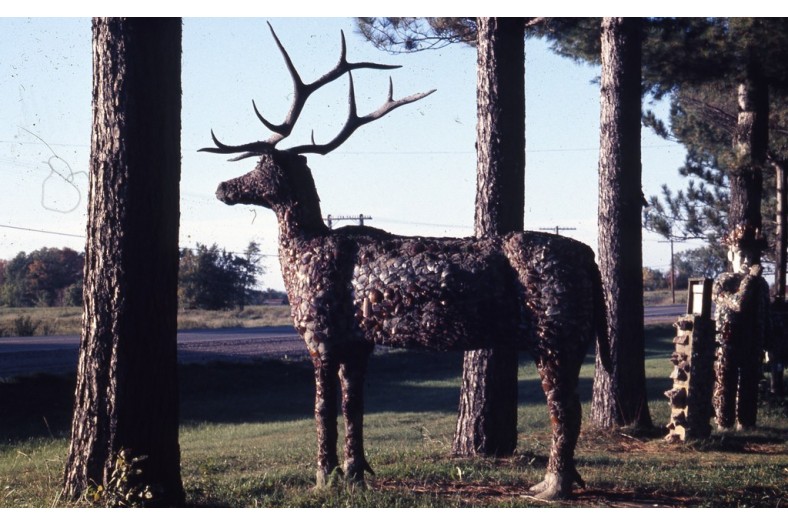
Photo by Roger Brown, c. 1972. © Roger Brown Study Collection, the School of the Art Institute of Chicago

Photo by Roger Brown, c. 1972. © Roger Brown Study Collection, the School of the Art Institute of Chicago
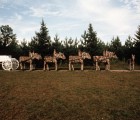
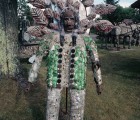
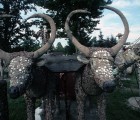
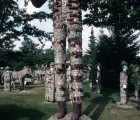
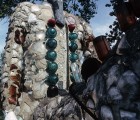
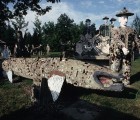
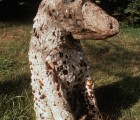
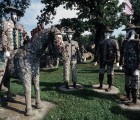
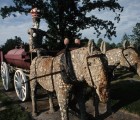
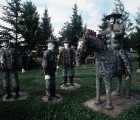
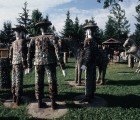
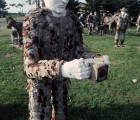
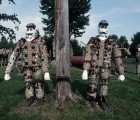
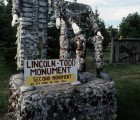
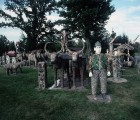
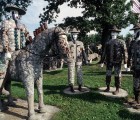
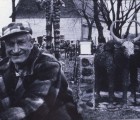
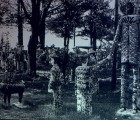
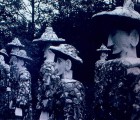
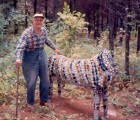
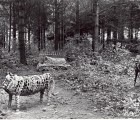
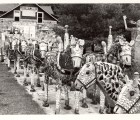
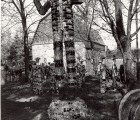
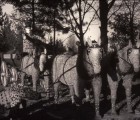
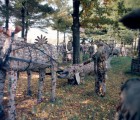
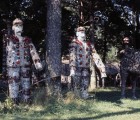
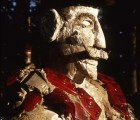
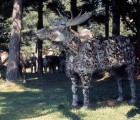
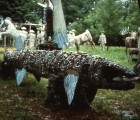
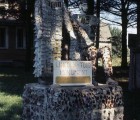
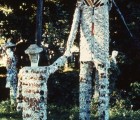
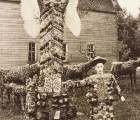
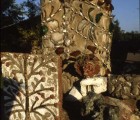
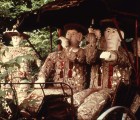
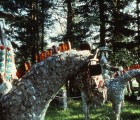
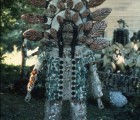
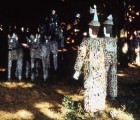
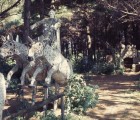
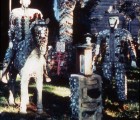
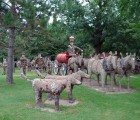
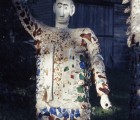
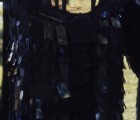
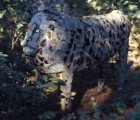
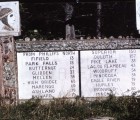
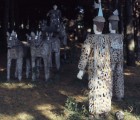
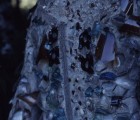
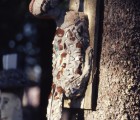
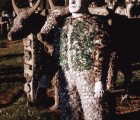
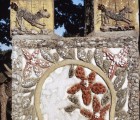
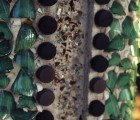
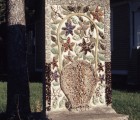
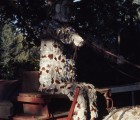
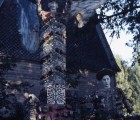
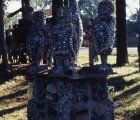
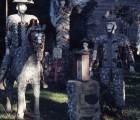
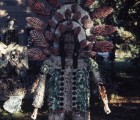
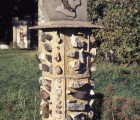
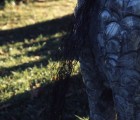
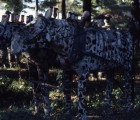
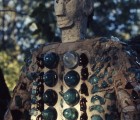
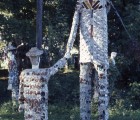
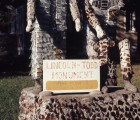
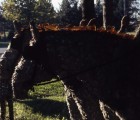
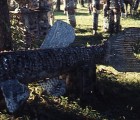

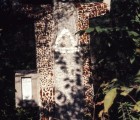
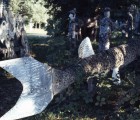
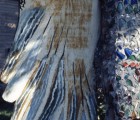
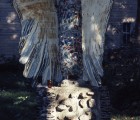
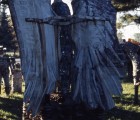
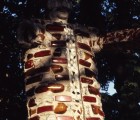
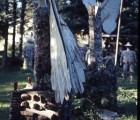
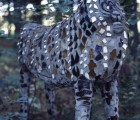
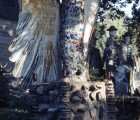
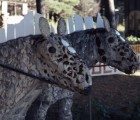
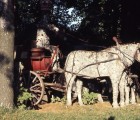
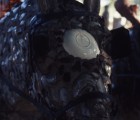
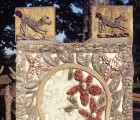
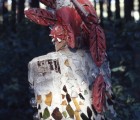
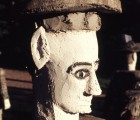
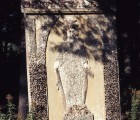
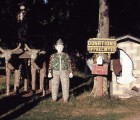
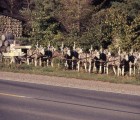
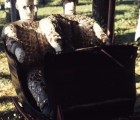
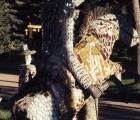
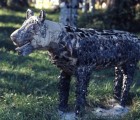
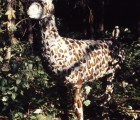
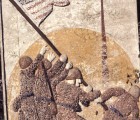
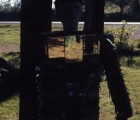

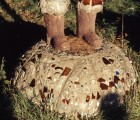
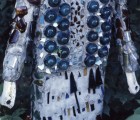
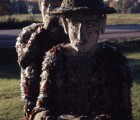
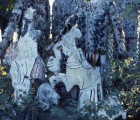
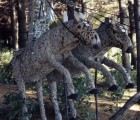

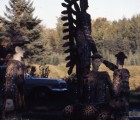
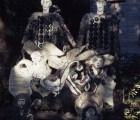
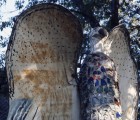
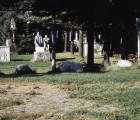
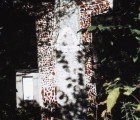
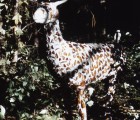
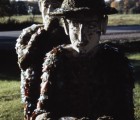
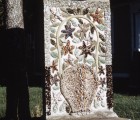
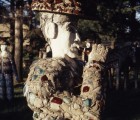
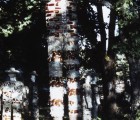
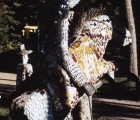
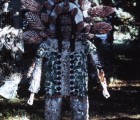
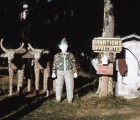
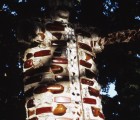

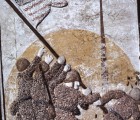
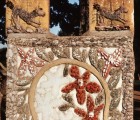
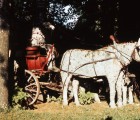

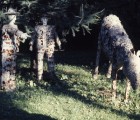
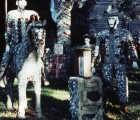
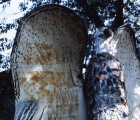
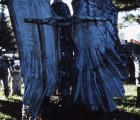
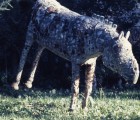
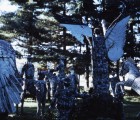
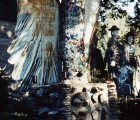
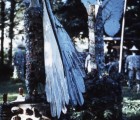
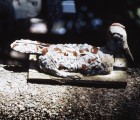
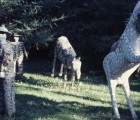

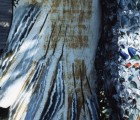
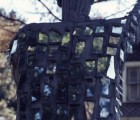
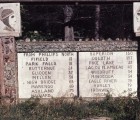
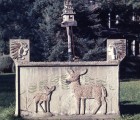
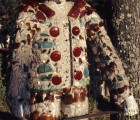
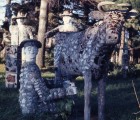

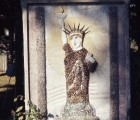
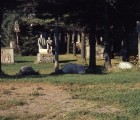
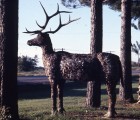
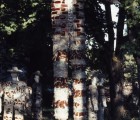
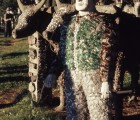
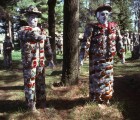
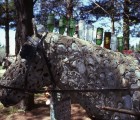
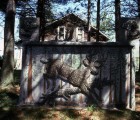
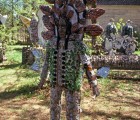
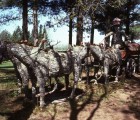
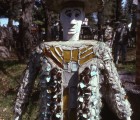
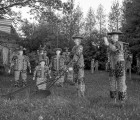
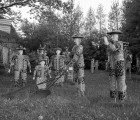
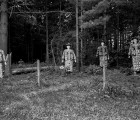
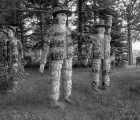
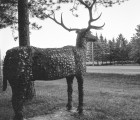
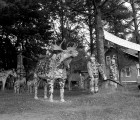
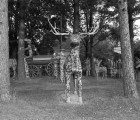
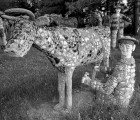
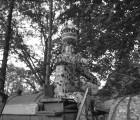
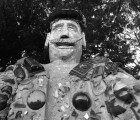
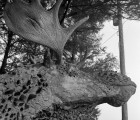
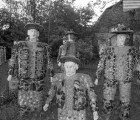
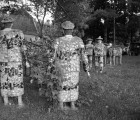
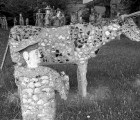
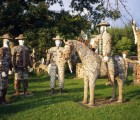
Extant
458-464 N Lake St, Phillips, 54555, United States
1948 to 1964
The Wisconsin Concrete Park is located at N8236 South Hwy 13, just south of Phillips, in Price County, Wisconsin. It is open to the public year-round during daylight hours. There is no admission fee, but donations to assist with site preservation are appreciated.
About the Artist/Site
The Wisconsin Concrete Park is an outdoor museum comprised of 237 embellished concrete and mixed media sculptures built between 1948 and 1964 by Fred Smith, a retired lumberjack and self-taught artist. Installed throughout Smith’s northwoods property in Phillips, Wisconsin, the site is a historical panorama of life-size and larger-than-life tableaux depicting people, animals, and events from local, regional and national history, from local lore, and from Smith’s expansive imagination.
Fred Smith was born on September 20, 1886 to first generation German immigrants to Price County, WI. He built his house, barn, and tavern on property he homesteaded in Phillips in 1903. Smith worked in regional lumber camps from his early teens until 1948, when he retired due to severe arthritis. He had no formal schooling, and was illiterate. The scale of work in the lumber camps, struggling with large horses and huge, hand-operated logging tools, and particularly difficult in the northern winters, was popularly portrayed in the folk tales of the giant lumberjack, Paul Bunyan. These tales undoubtedly influenced Smith deeply and endowed him with a larger-than-life approach to his art.
In 1948 Fred Smith retired from the lumber camps, but that did not prevent him from embarking on a sustained and energetic 15-year retirement project. He began building bas relief plaques and sculptures in the vicinity of his tavern. As Smith evolved from building in low-relief to creating three-dimensional sculpture, his focus shifted to recording local history and ways of life that were rapidly changing. In the landscape (field? yard?) north of his home, he built a dense composition of around 25 tableaux containing over 100 human figures, animals, and objects depicting the inhabitants and ways of life in the region. Smith called his sculptural environment the Wisconsin Concrete Park. Smith’s chosen medium was concrete. He ornamented early works with painted scenes and bas-relief glass embellishments, and created high-relief decorated surfaces, using glass (bottles, flat colored pieces, insulators), auto-reflectors, mirrors, and other found objects. He made sculpture within the longstanding, formal tradition of commemorative monuments and memorials, and within a regional tradition of grotto building.
Conceived and created in his senior years, Fred Smith built the Wisconsin Concrete Park as a gift “for all the American people.” Throughout this extensive site Smith depicted history, not as a string of isolated moments, but as an elastic, organic entity in which local and national people, events, and histories were intermingled with animals, all sharing a common landscape.
Smith worked on the Concrete Park from 1948 to 1964. Towards the end, he began to work more quickly. ‘I put in so many hours, daylight to dark... I figured I didn’t have much time to do all that work...Ya gotta get the work done....’ Then in 1964 he suffered a stroke, which left him confined to a nursing home. He died on February 21, 1976.
At the time of Smith’s death, the Wisconsin Concrete Park was beginning to be recognized beyond Phillips, but the Park’s future remained uncertain. In 1976, the preservation of art environments was in its infancy. Fortuitously for the Wisconsin Concrete Park, representatives from Kohler Foundation Inc. (KFI, Kohler, WI), recognized the site’s significance, purchased the Wisconsin Concrete Park from the Smith family in 1976, and funded a restoration project. Artists Don Howlett and Sharron Quasius began restoration work in spring 1977. On July 4 that year, a tremendous wind storm swept through the area causing extensive damage to the site, but Howlett and Quasius fully restored the damaged sculptures and in 1978 the site was deeded to Price County by KFI to become a public park.
In 1995, Friends of Fred Smith, Inc. was formed to oversee the preservation of the sculptures, landscape and the historic Smith Family House, and to develop educational programs in partnership with local arts and community organizations. The site has changed dramatically since Smith’s time, but his artistic legacy is being preserved.
~Lisa Stone
Contributors
Materials
concrete, bottles, glass, mirror, wire
SPACES Archives Holdings
2 folders: clippings, correspondence, maps, pamphlets, images.
Bibliography
Beardsley, John. Gardens of Revelation Environments by Visionary Artists. New York: Abbeville Press, 1995.
Hemphill, Herbert W. Jr., and Weissman, Julia. Twentieth-Century American Folk Art and Artists. New York : E. P. Dutton, 1974.
Stone, Lisa. “Fred Smith’s Wisconsin Concrete Park,” Raw Vision #42, Spring 2003.
Stone, Lisa, and Zanzi, Jim. Sacred Spaces and Other Places A Guide to the Grottos and Sculptural Environments of the Upper Midwest. Chicago: The School of the Art Institute of Chicago Press, 1993.
Stone, Lisa and Zanzi, Jim. The Art of Fred Smith. Phillips, WI: Friends of Fred Smith, Inc. 1992, updated 1997, 2005.
Stone, Lisa and Zanzi, Jim. Marines Raise Old Glory On Iwo Jima. Phillips, WI: Friends of Fred Smith, Inc., 2009
Umberger, Leslie, sublime spaces & visionary worlds: built environments of vernacular artists. New York: Princeton Architectural Press; [Sheboygan, Wis.]: John Michael Kohler Arts Center, 2007
-- Naives and Visionaries. New York: E.P. Dutton, 1974. Seminal exhibition organized by Walker Art Center, Minneapolis, MN, featuring photo-documentation of and works from environments by self-taught artists
Related Documents
Map & Site Information
458-464 N Lake St, 54555
us
Latitude/Longitude: 45.6929036 / -90.4027015
Nearby Environments


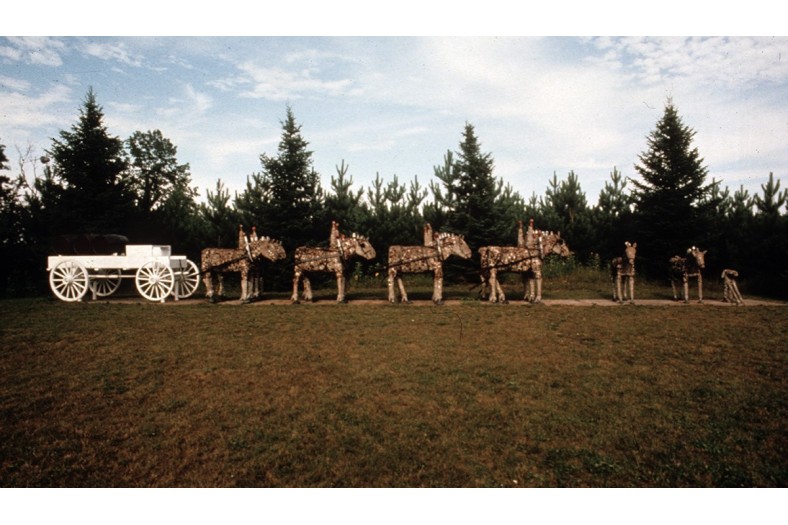
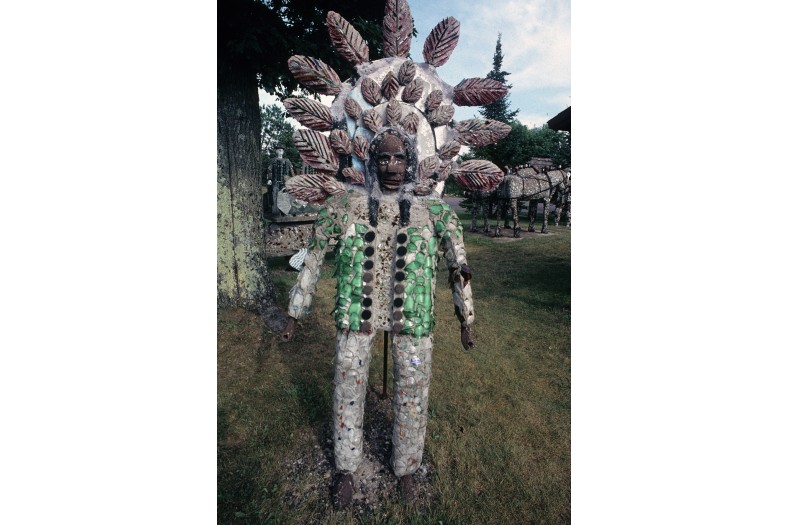
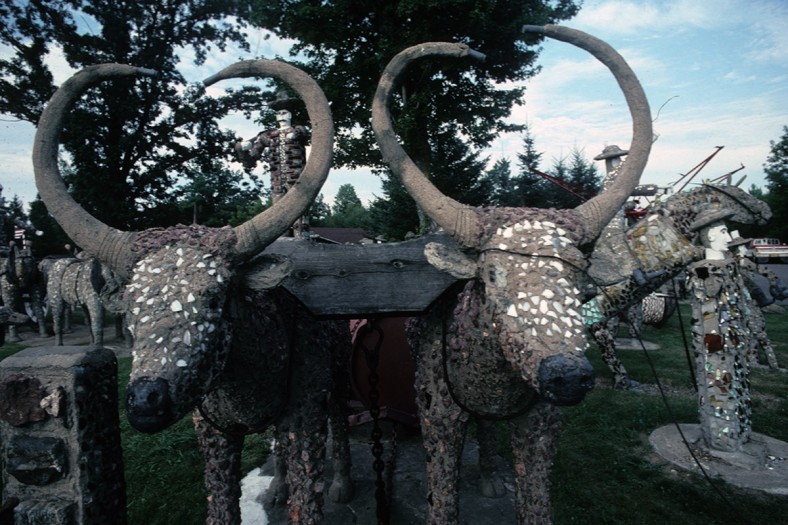
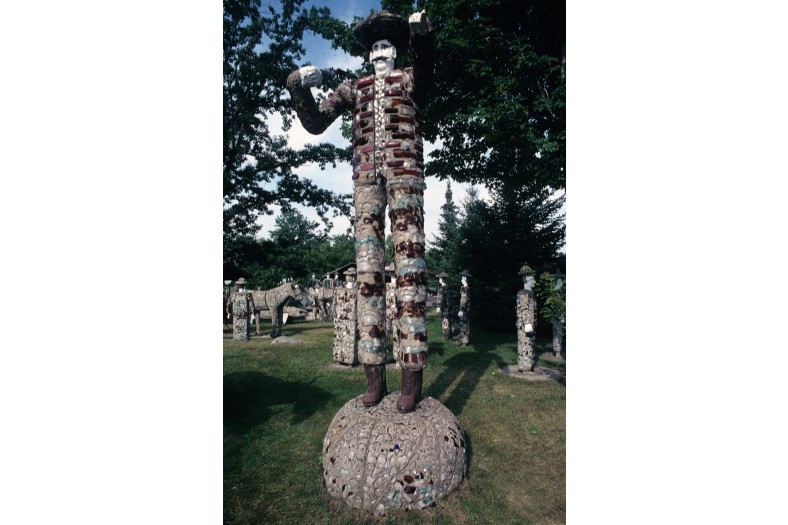
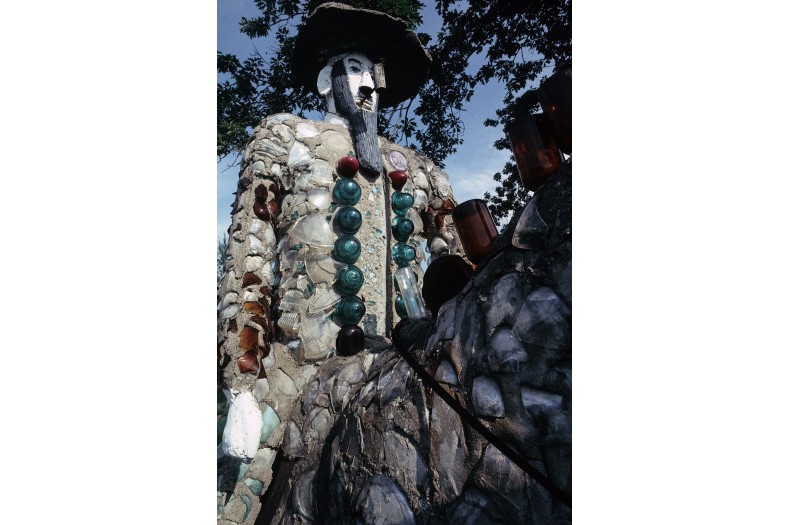
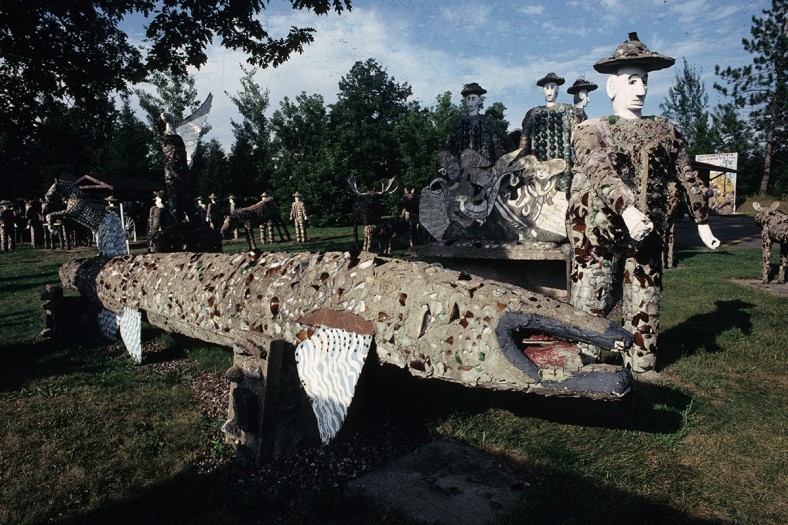
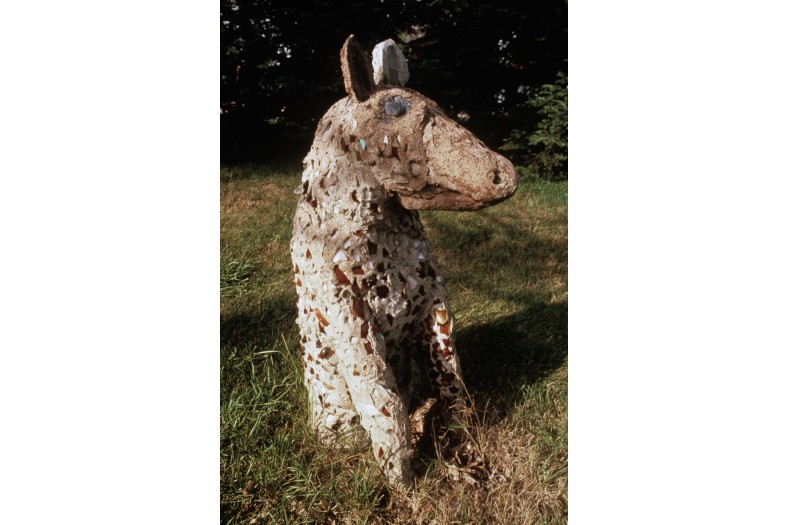
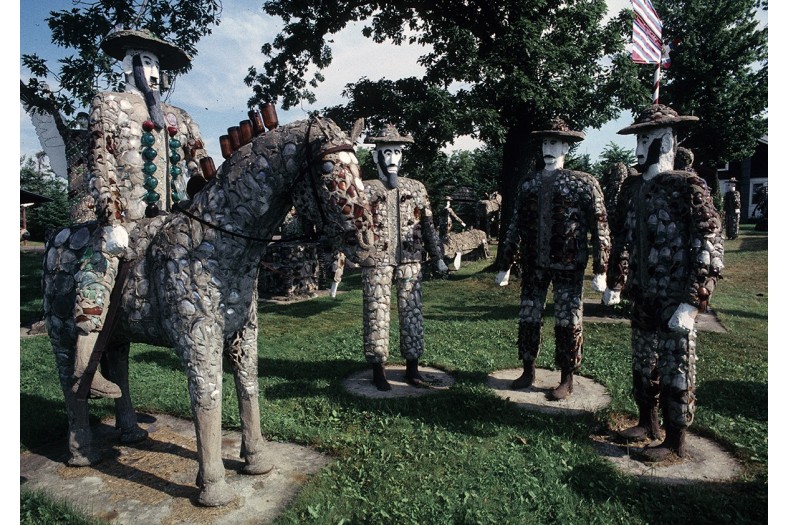

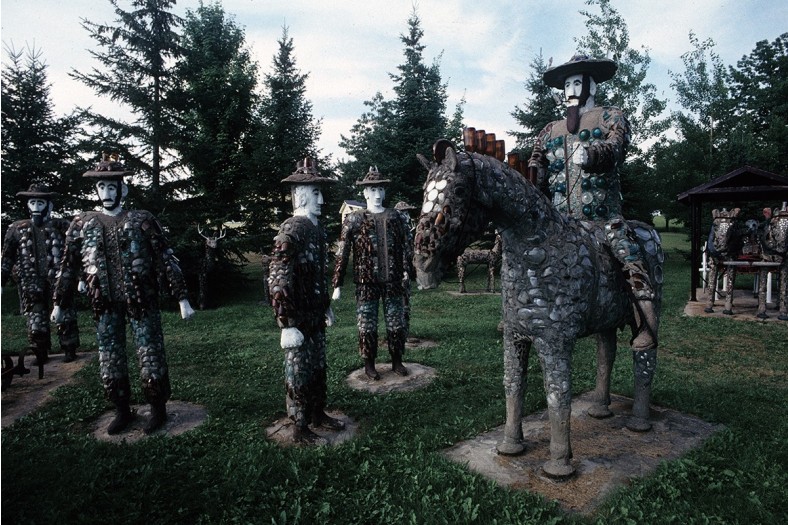
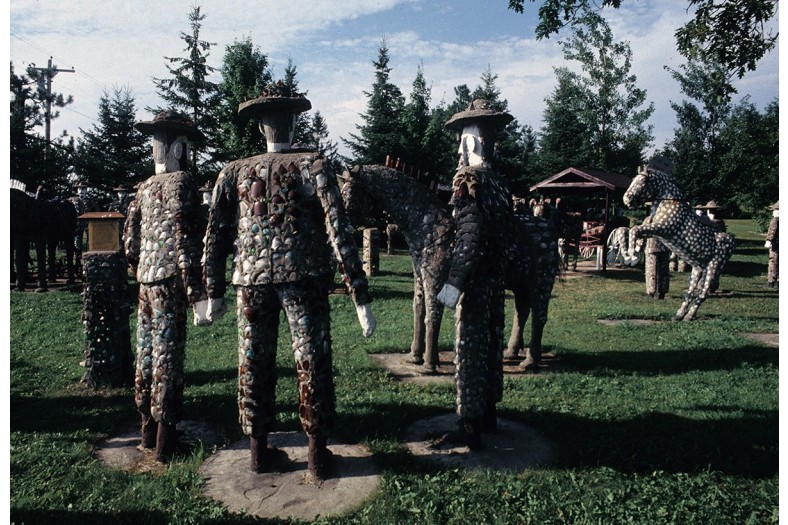
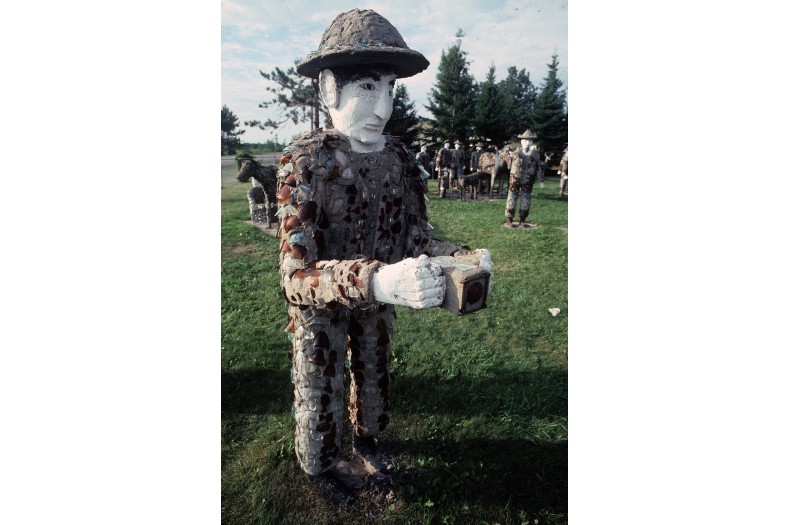
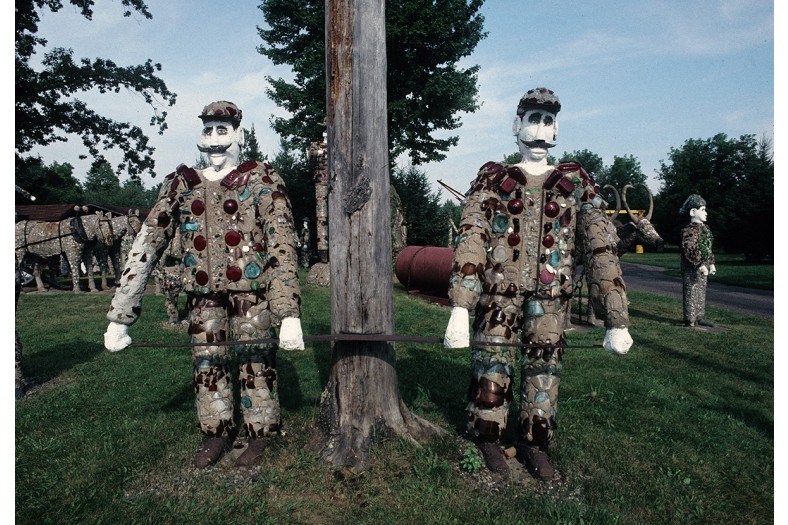
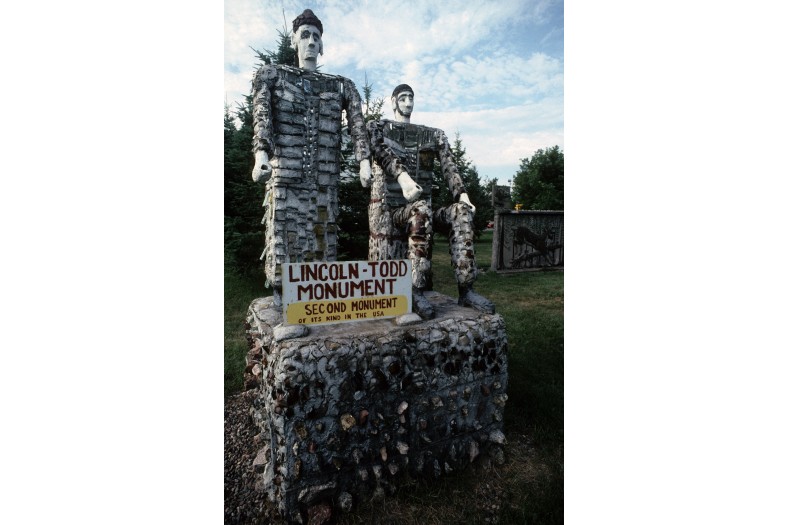
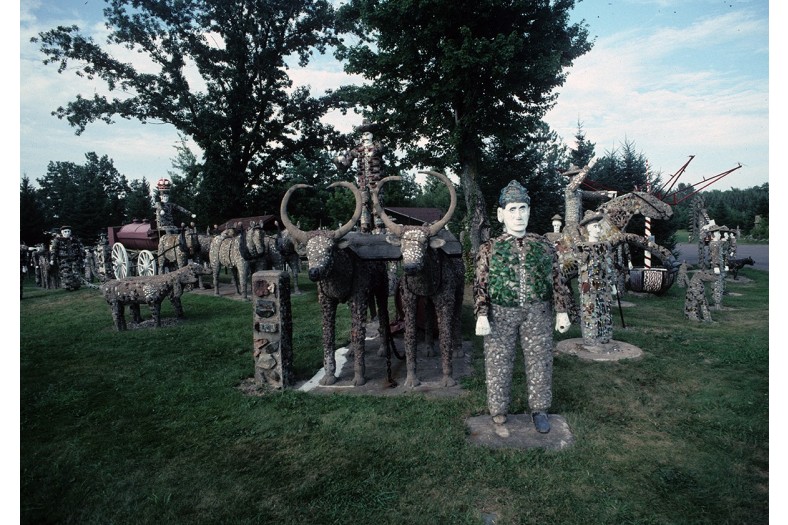
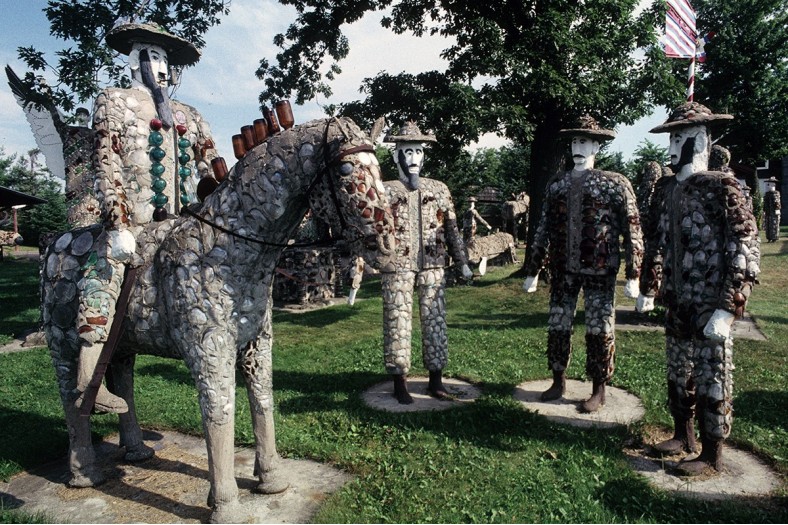
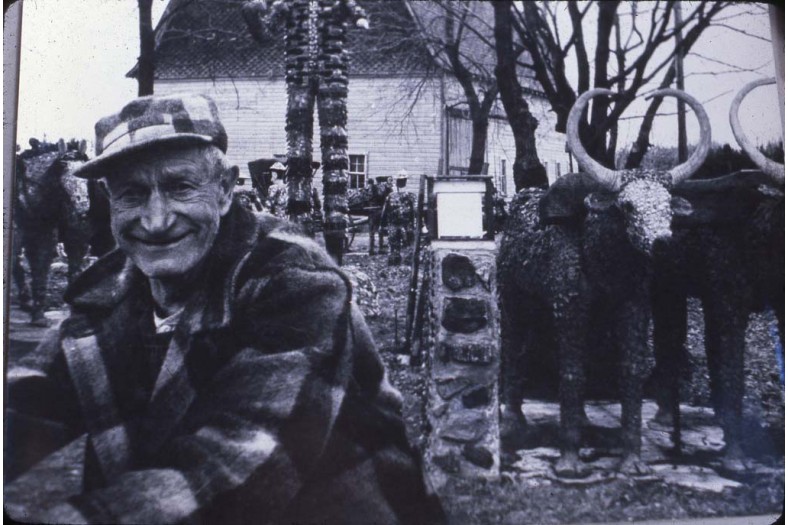
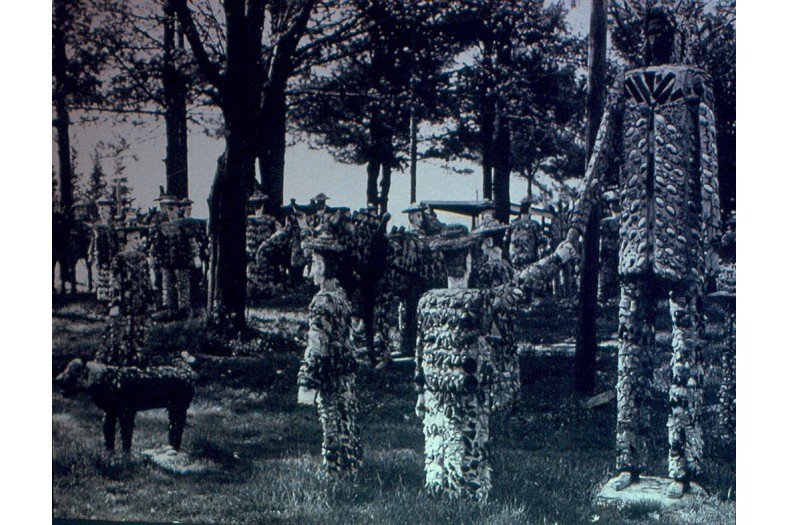
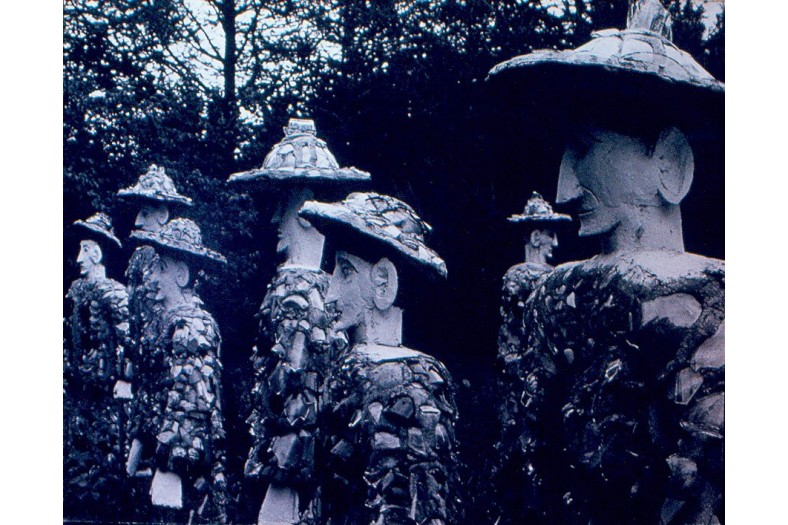
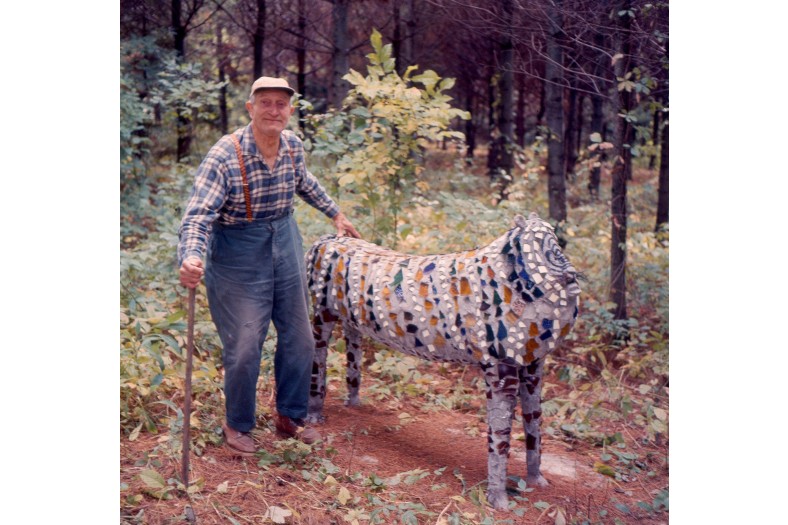
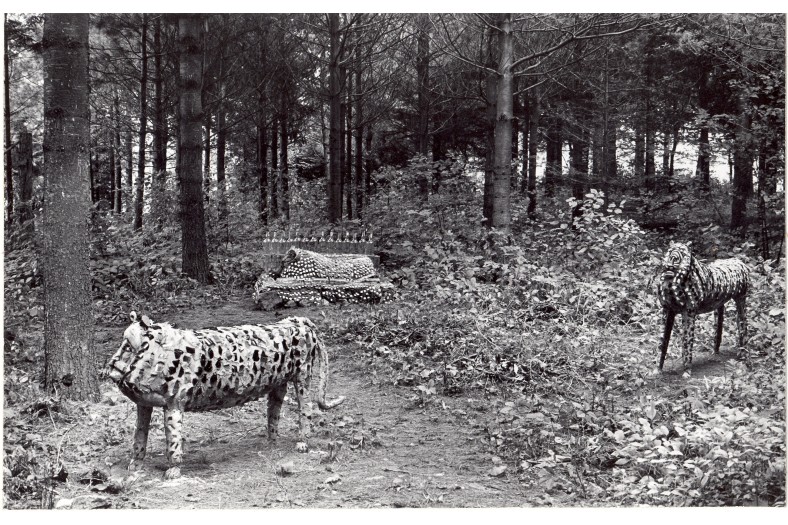
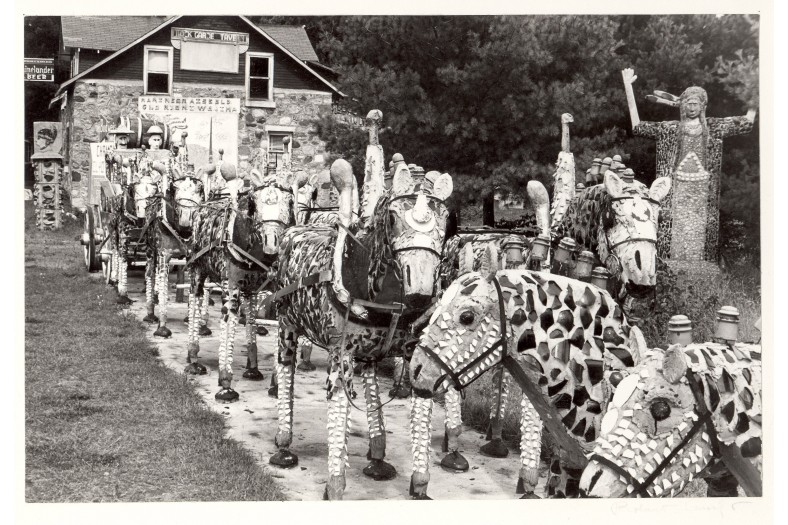
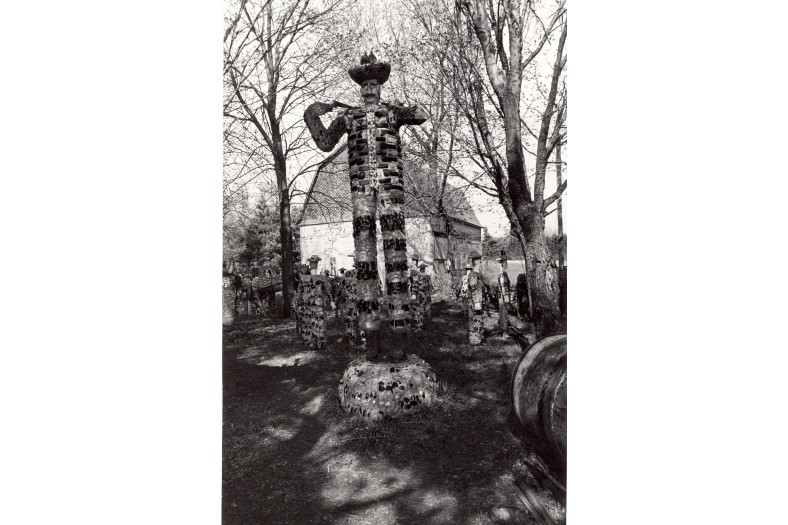
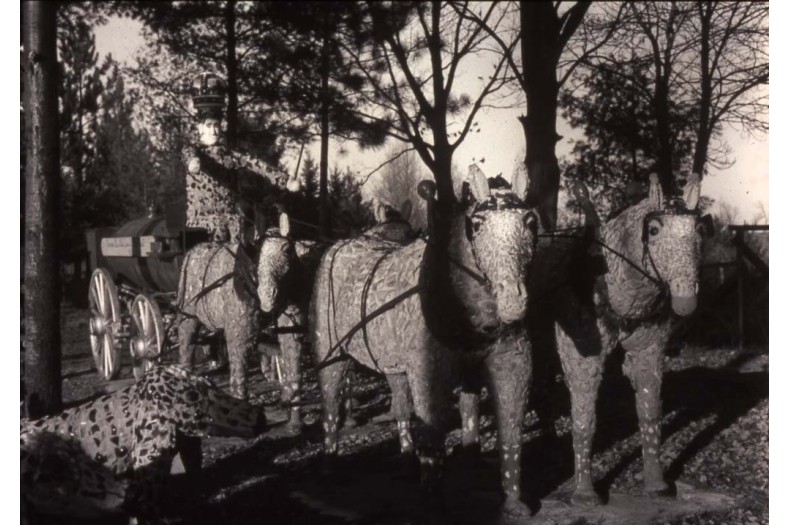
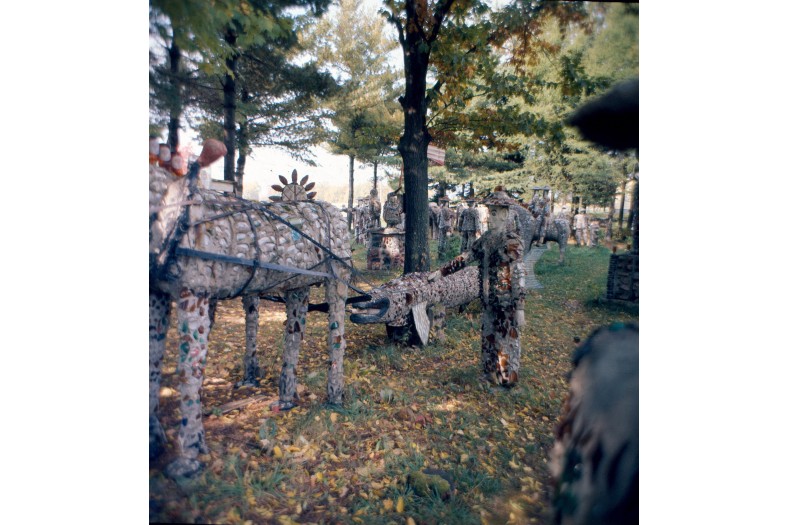
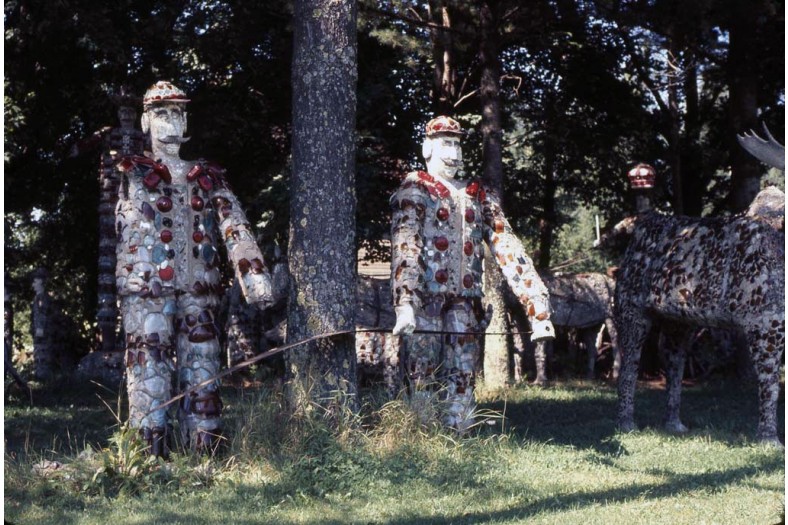
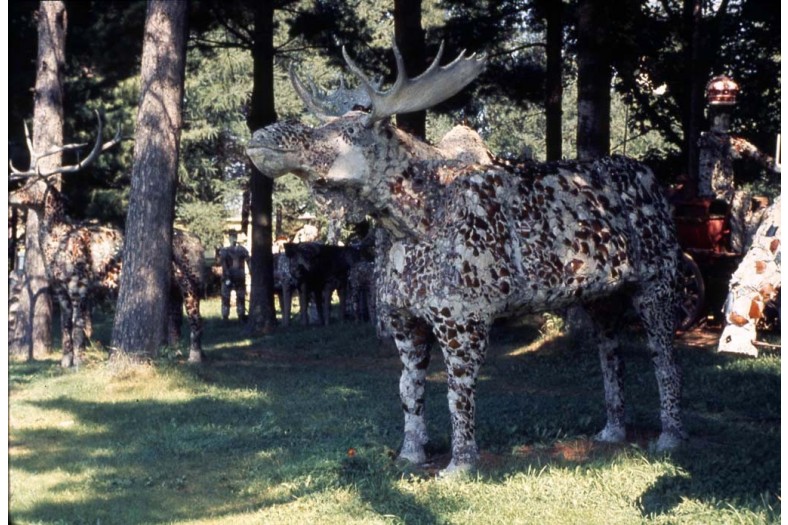
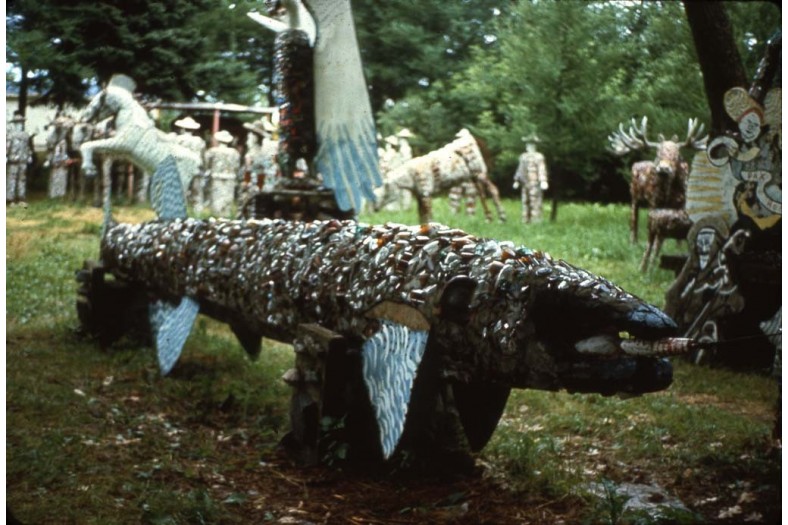
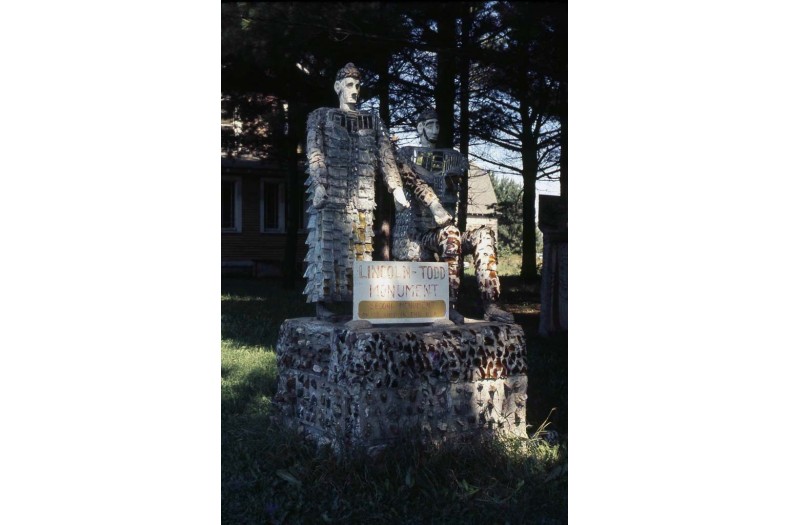
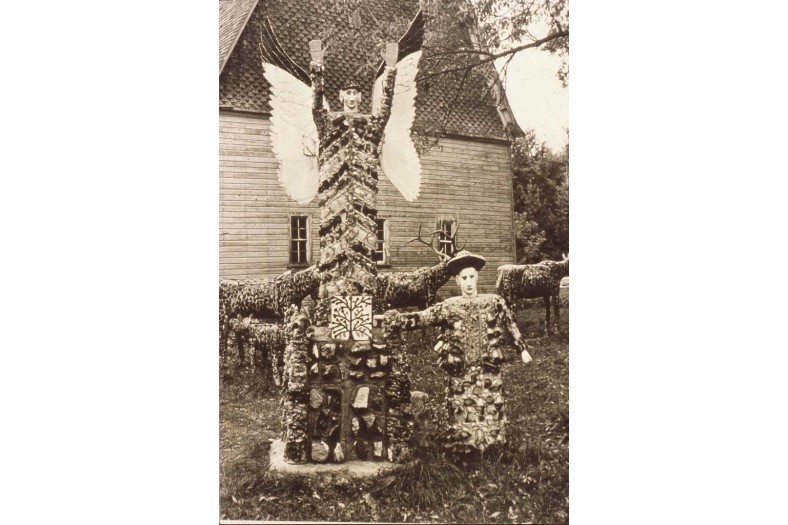
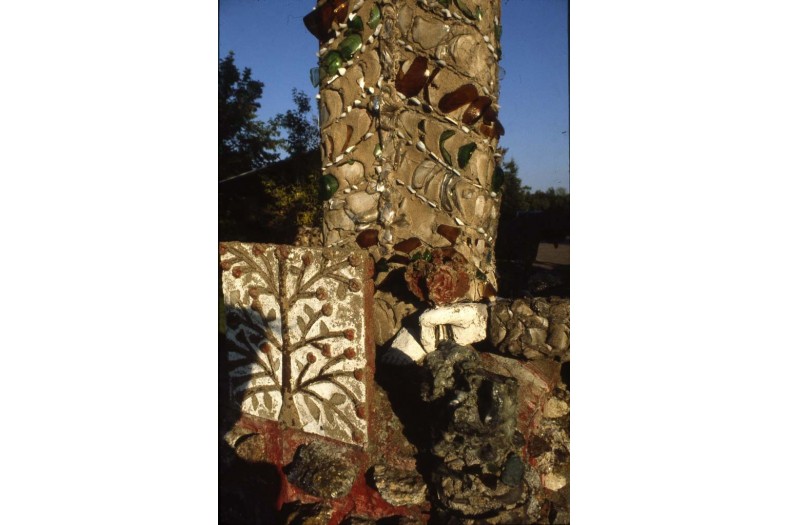
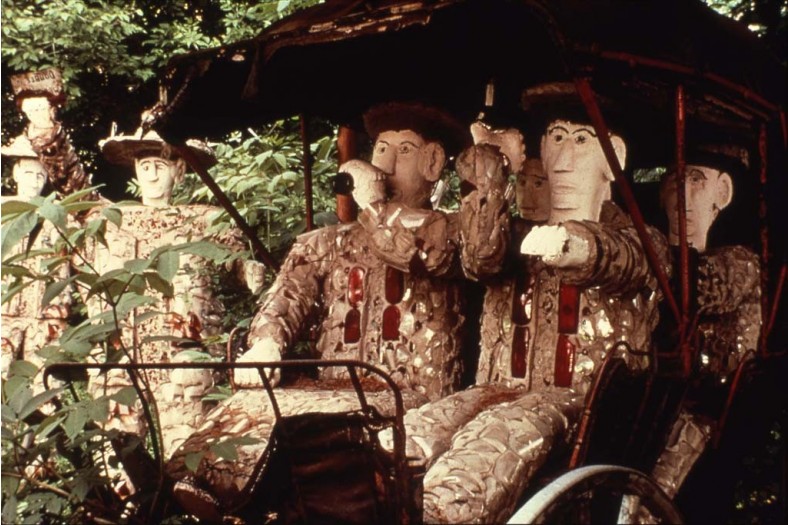
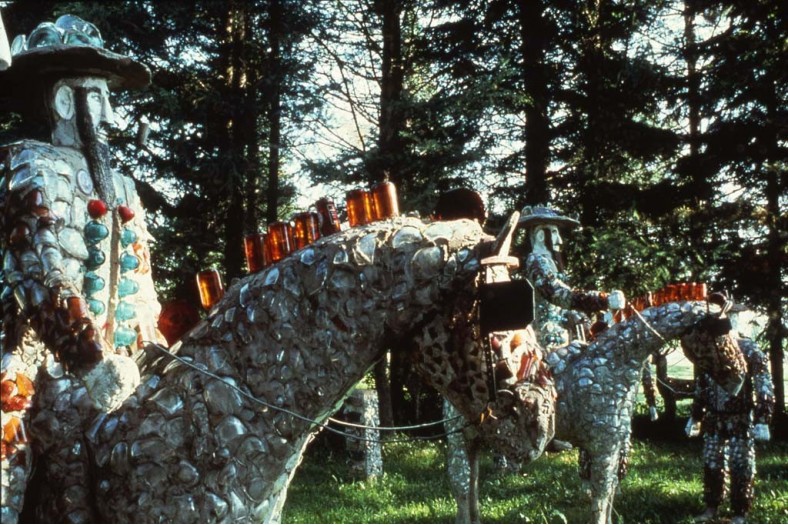
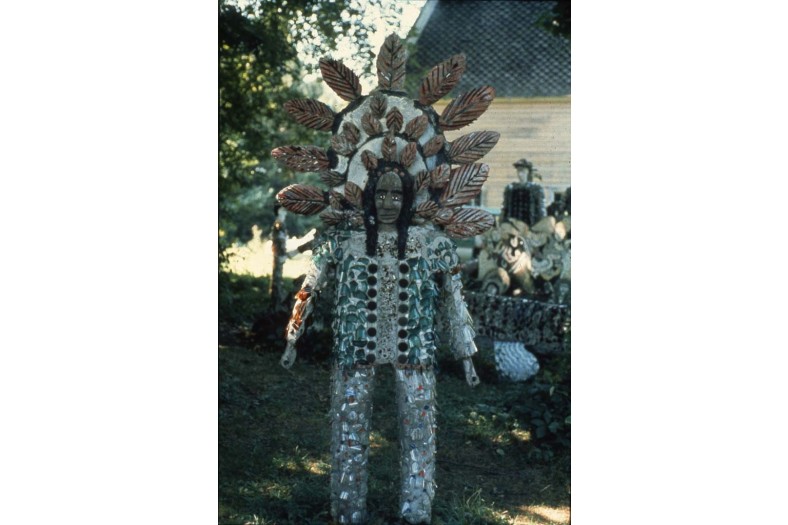
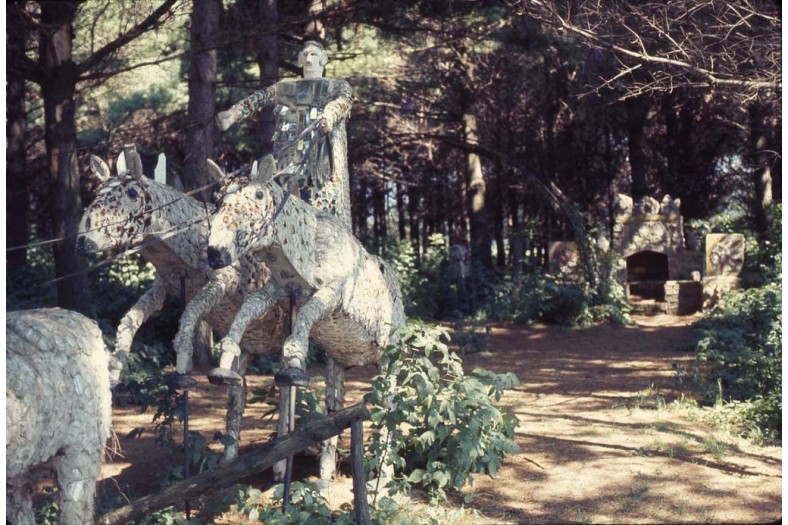
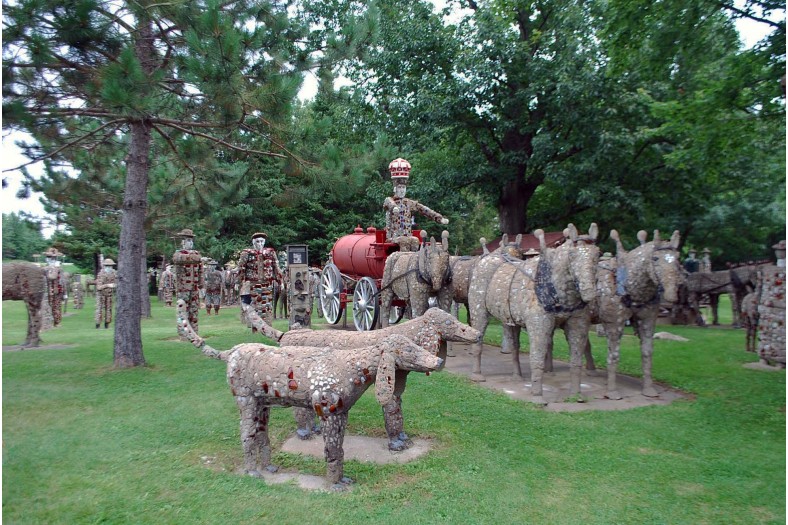
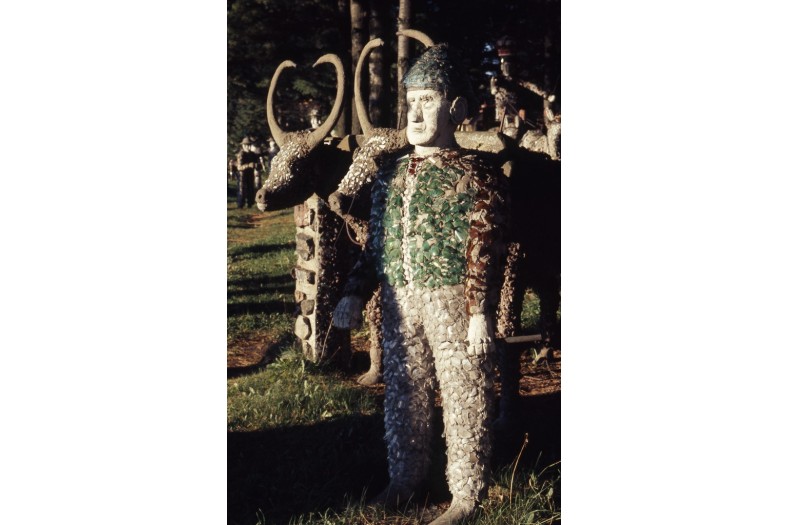
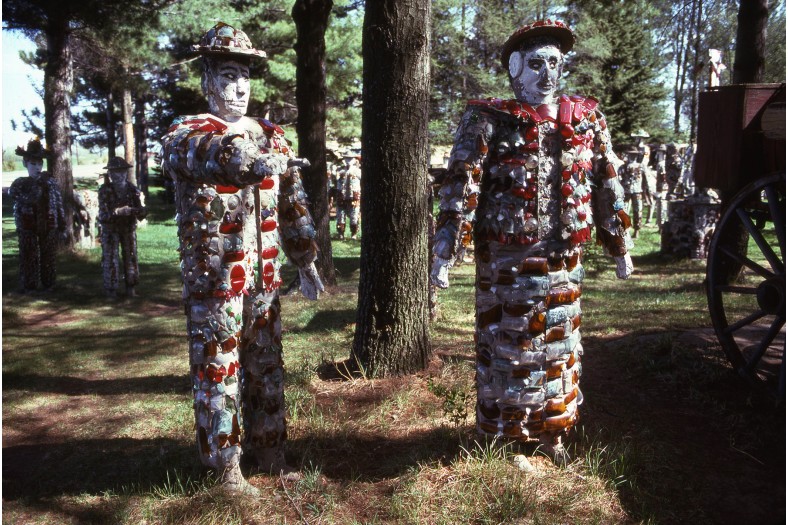
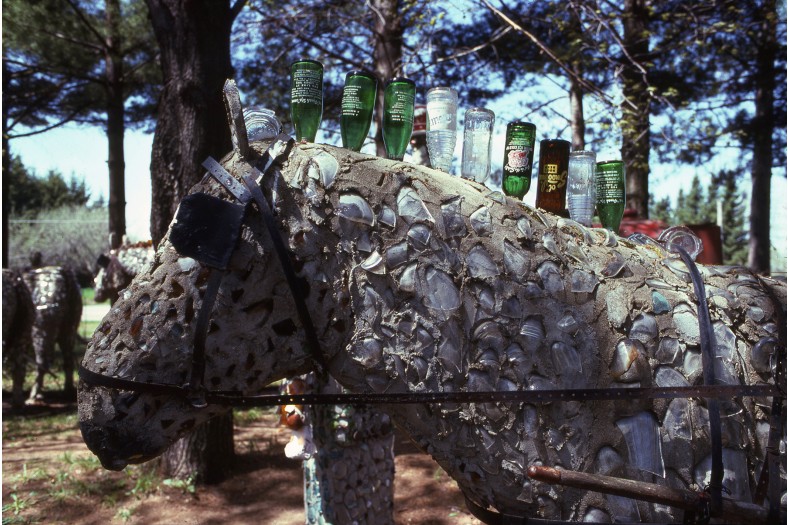
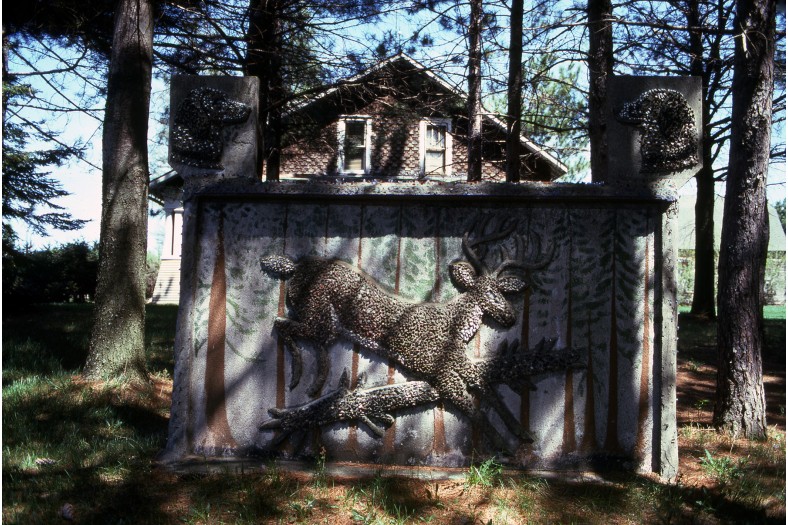
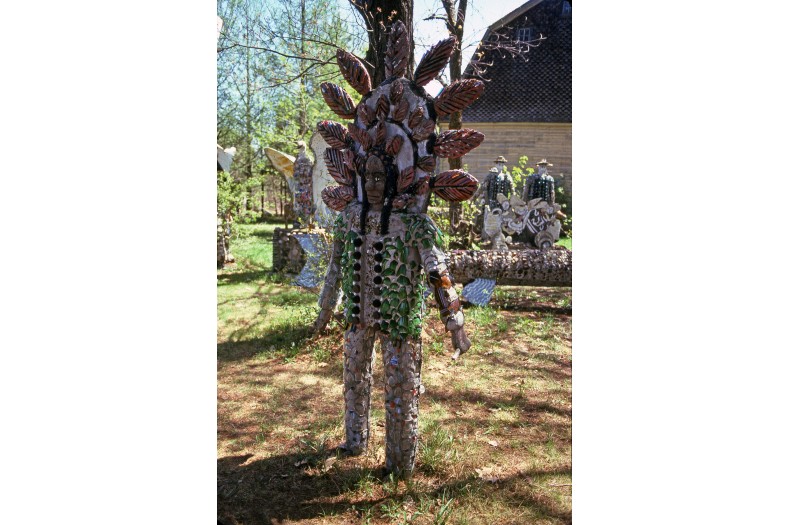
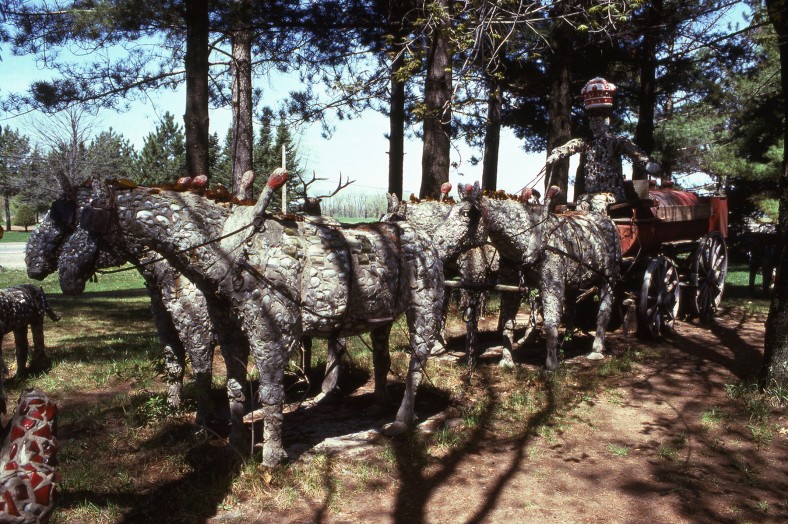
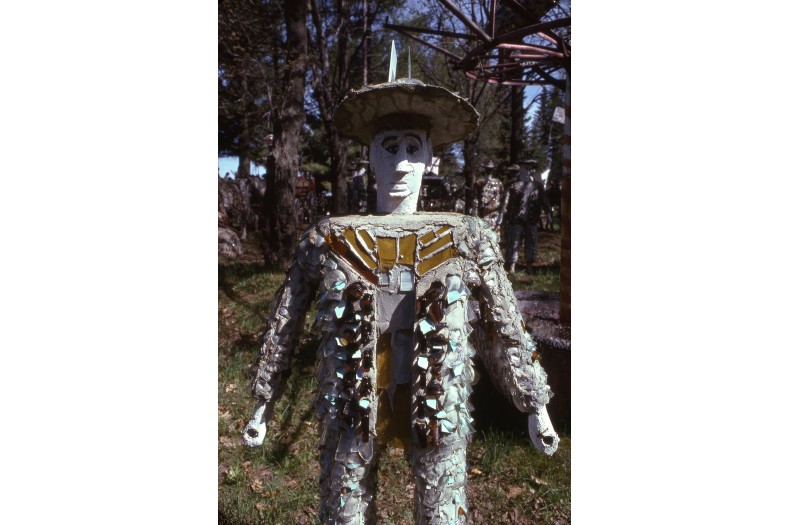
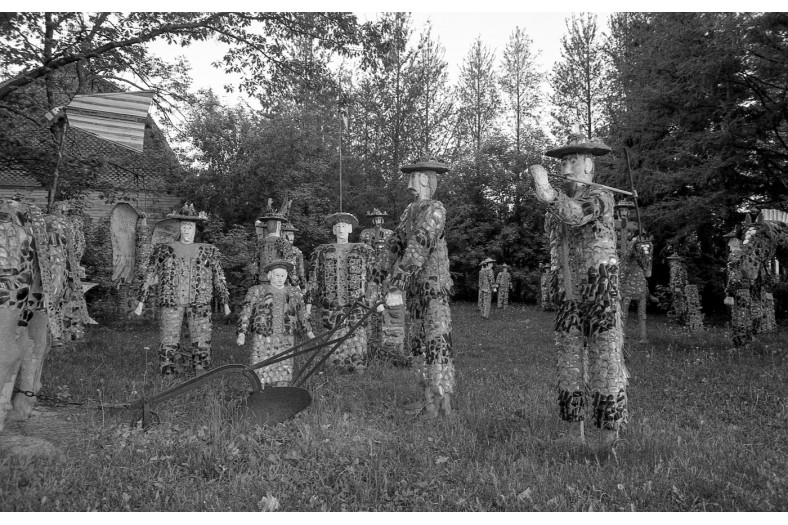
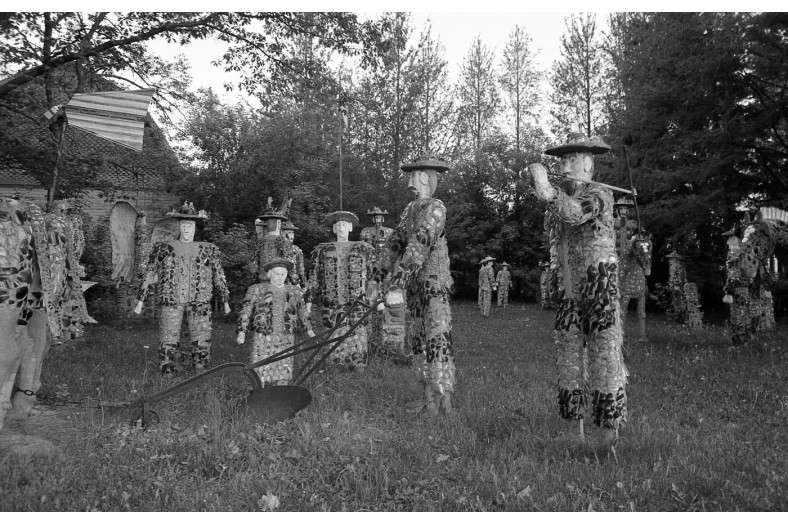
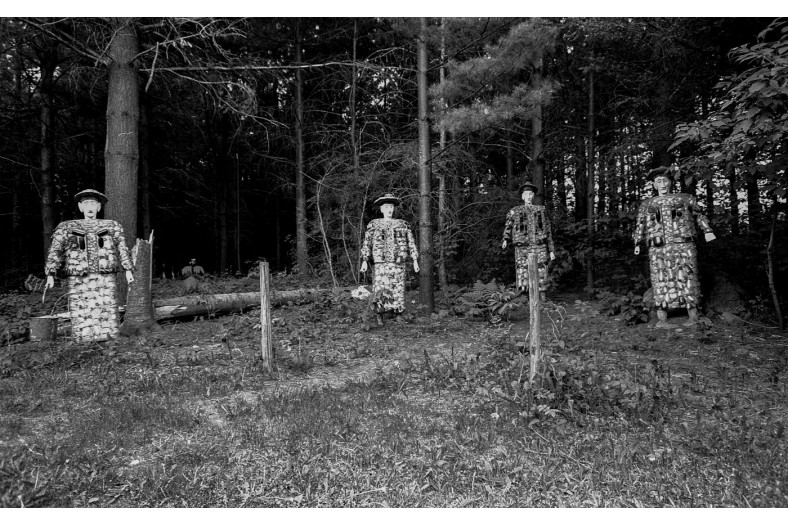
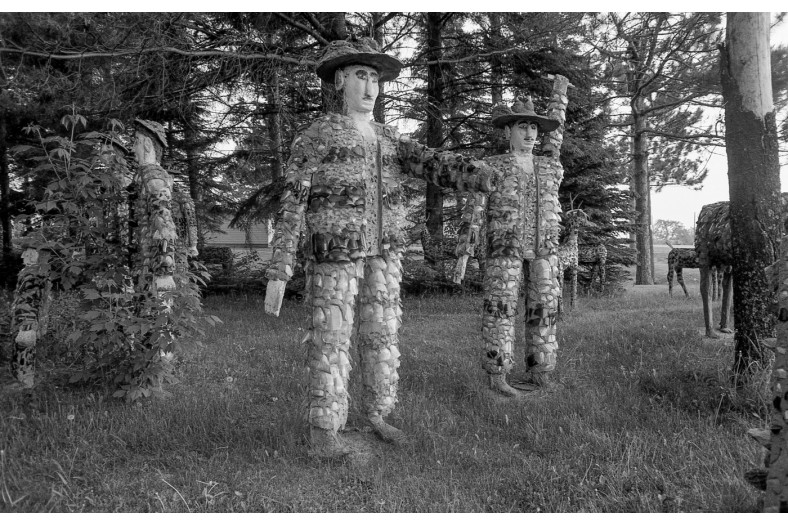
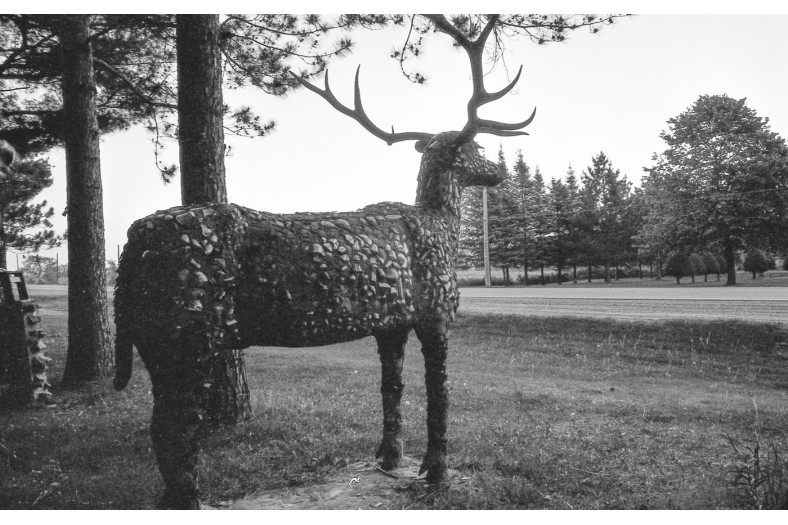
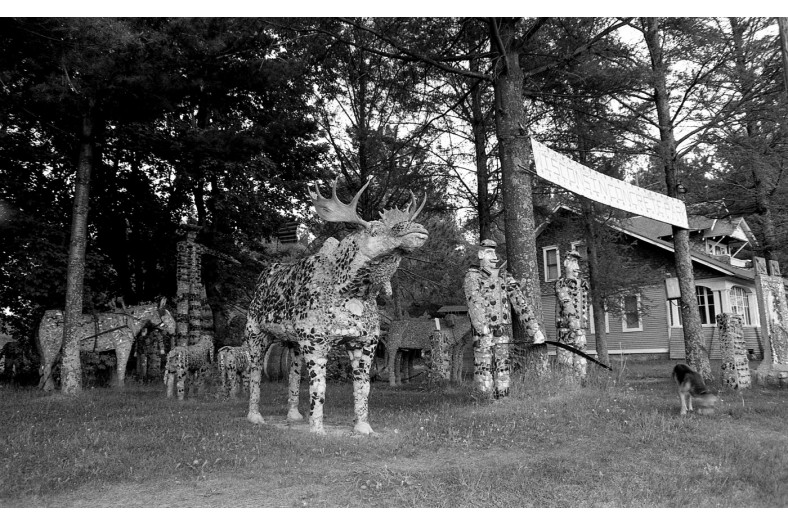
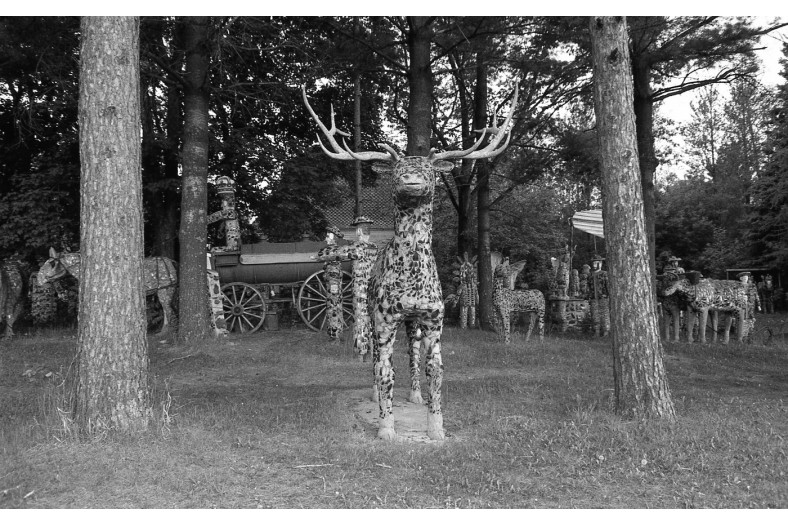
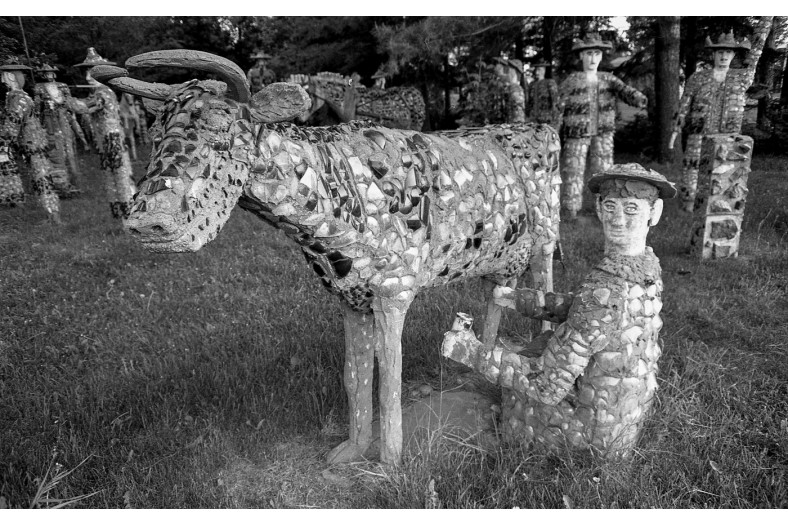
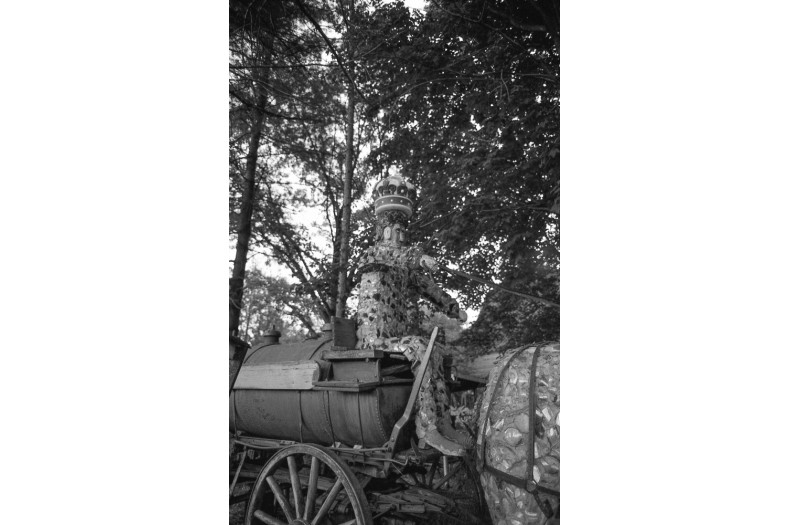
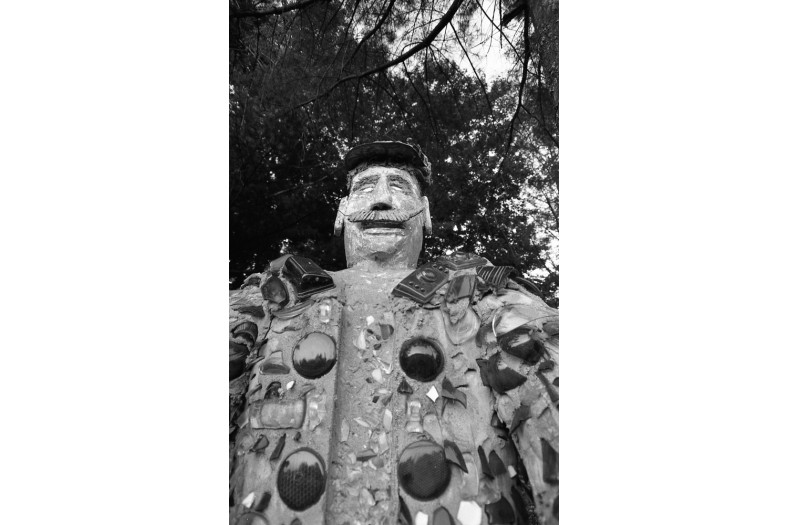
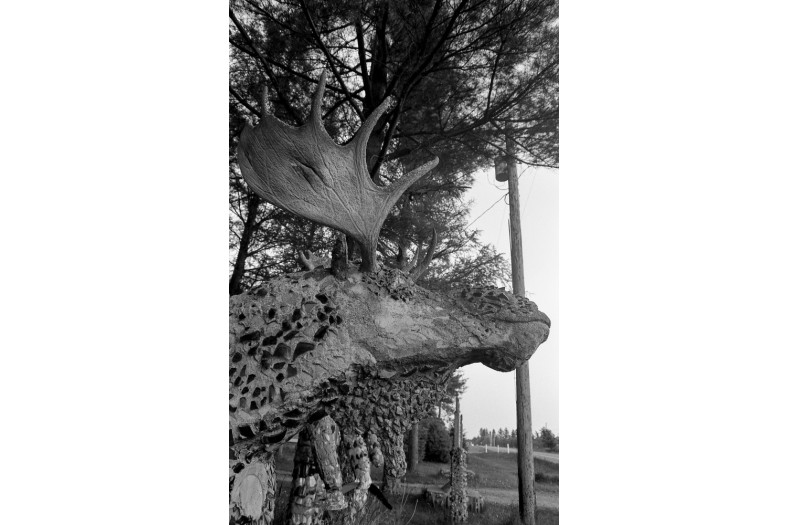

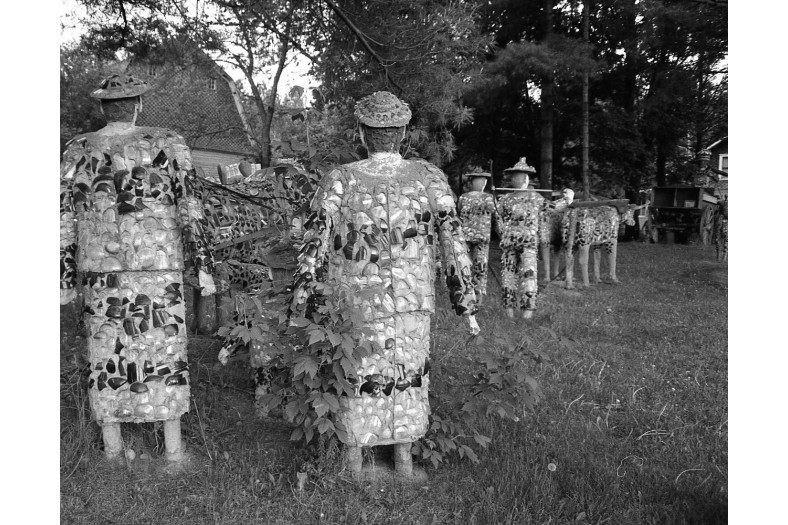
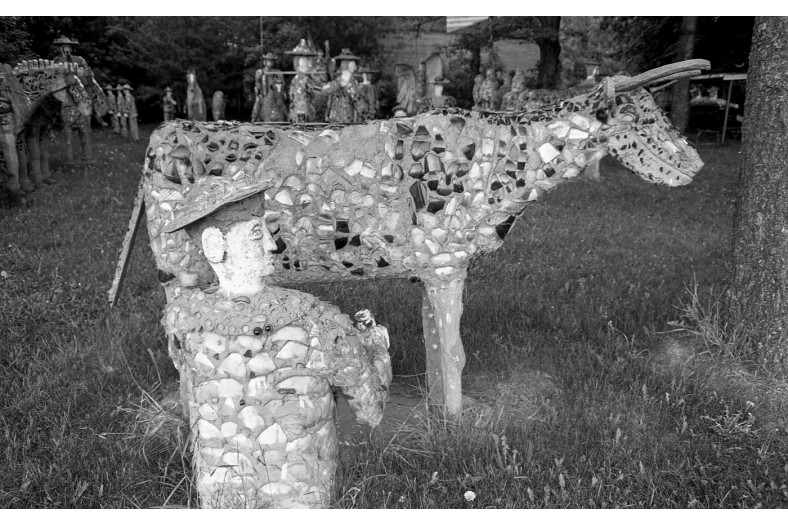
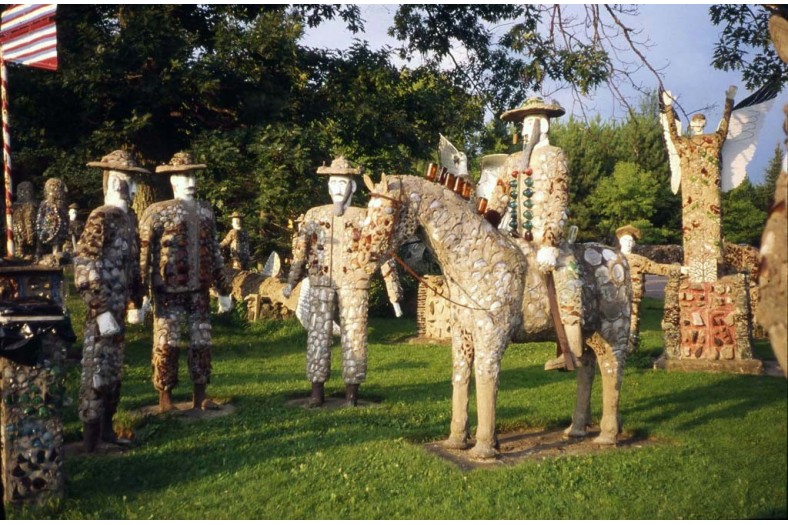



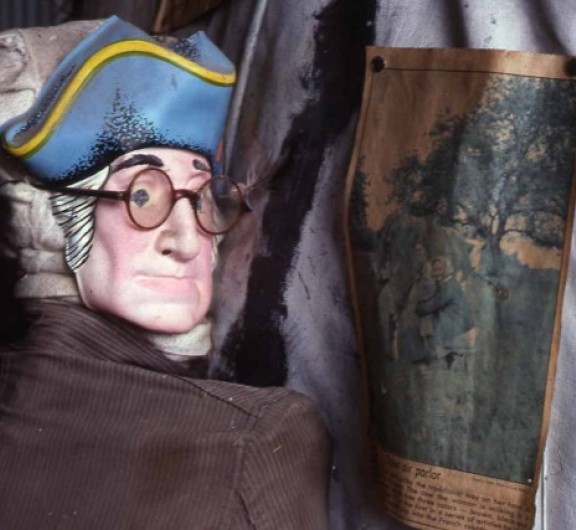
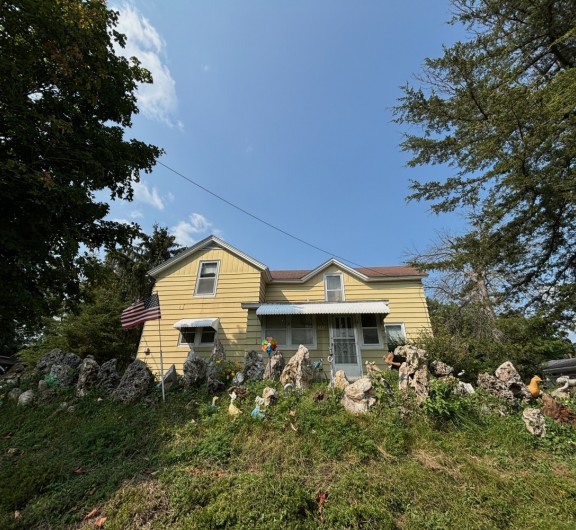
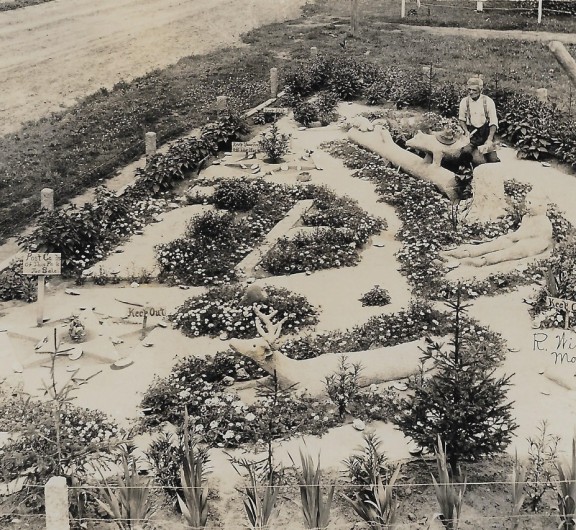

Post your comment
Comments
No one has commented on this page yet.